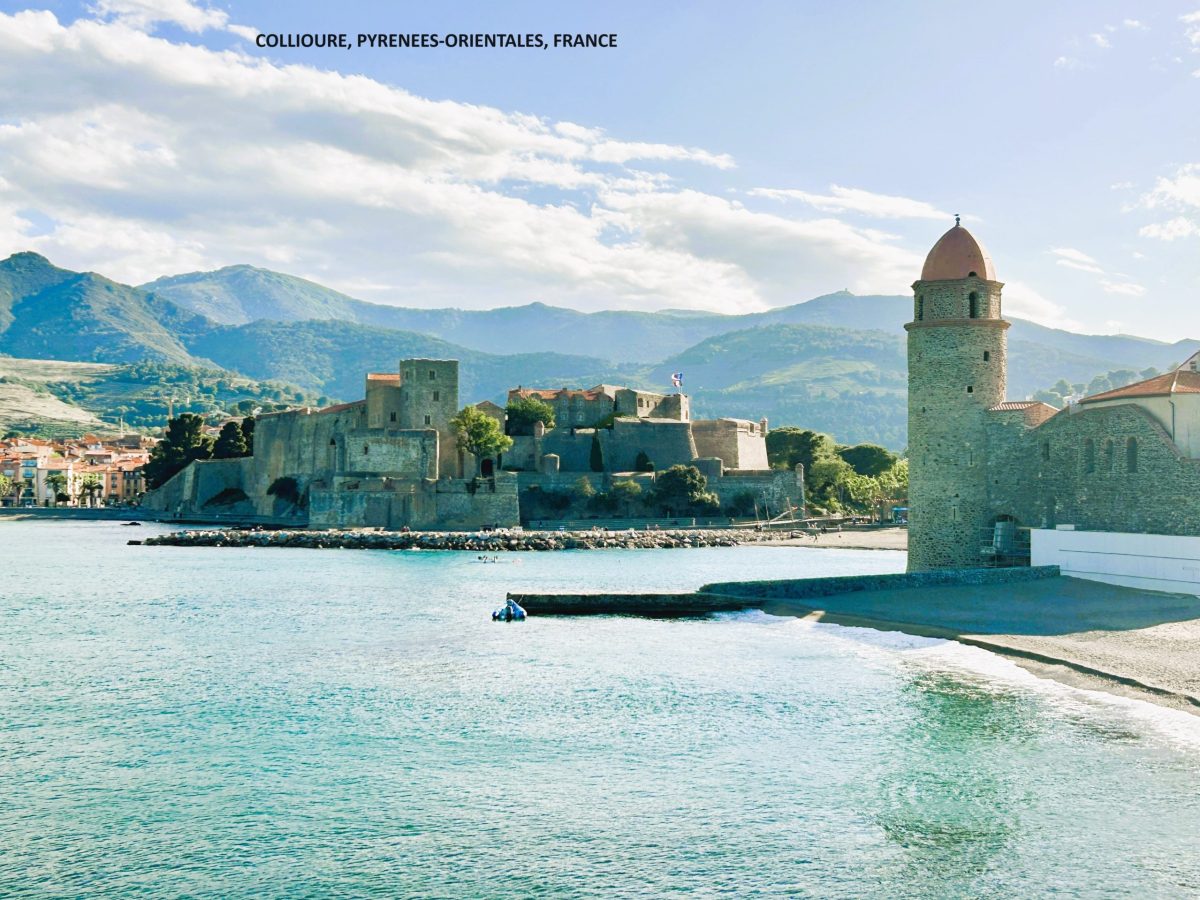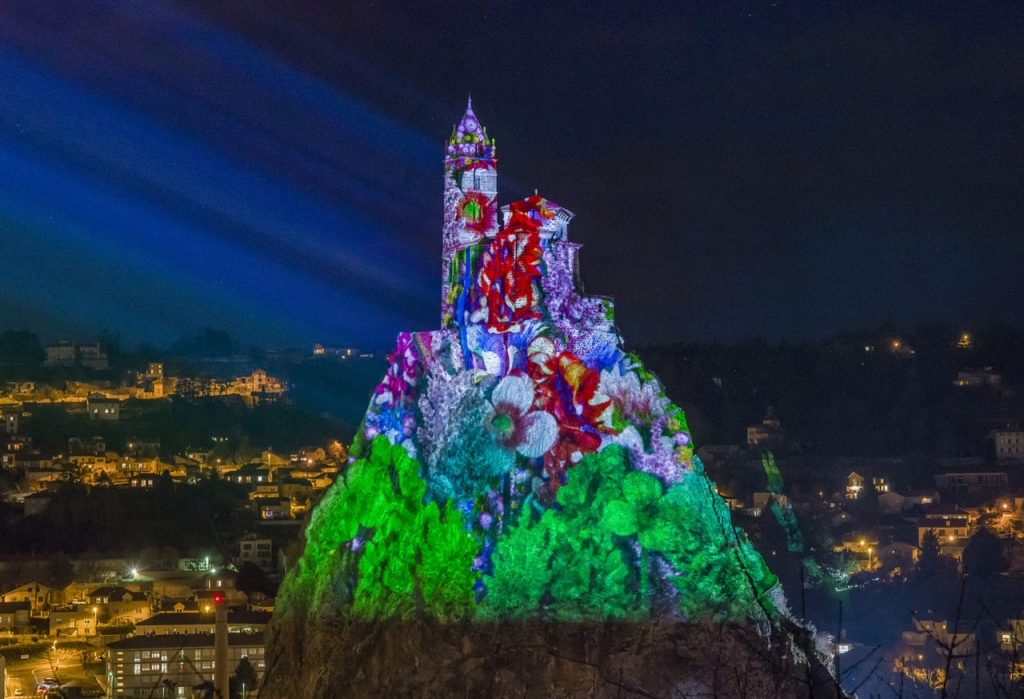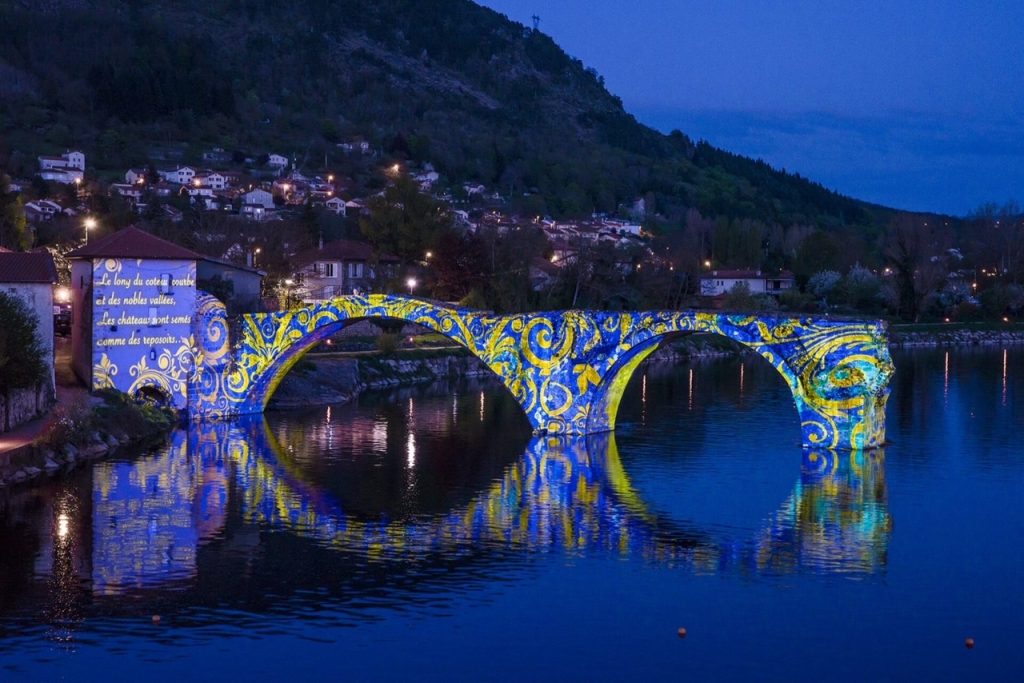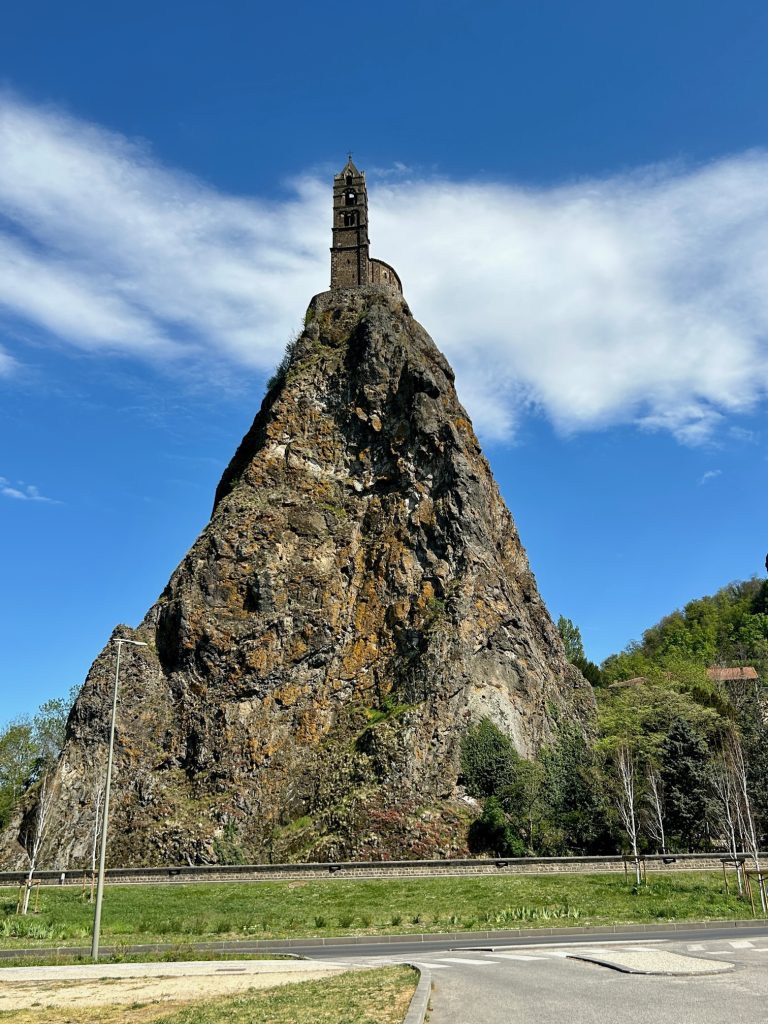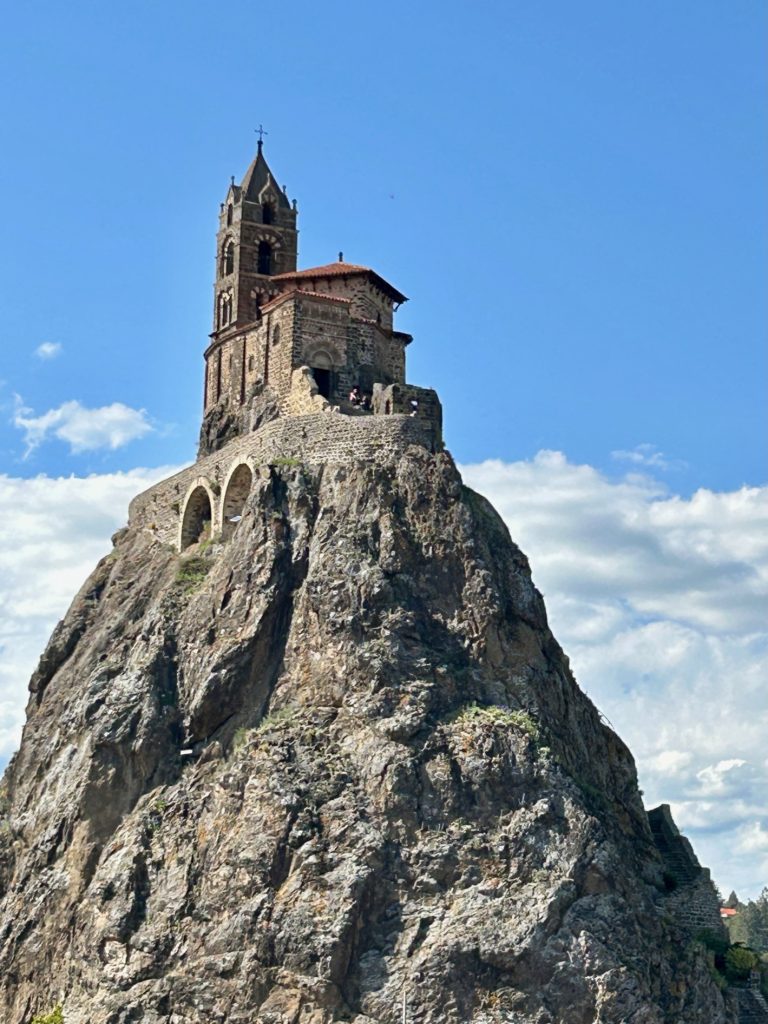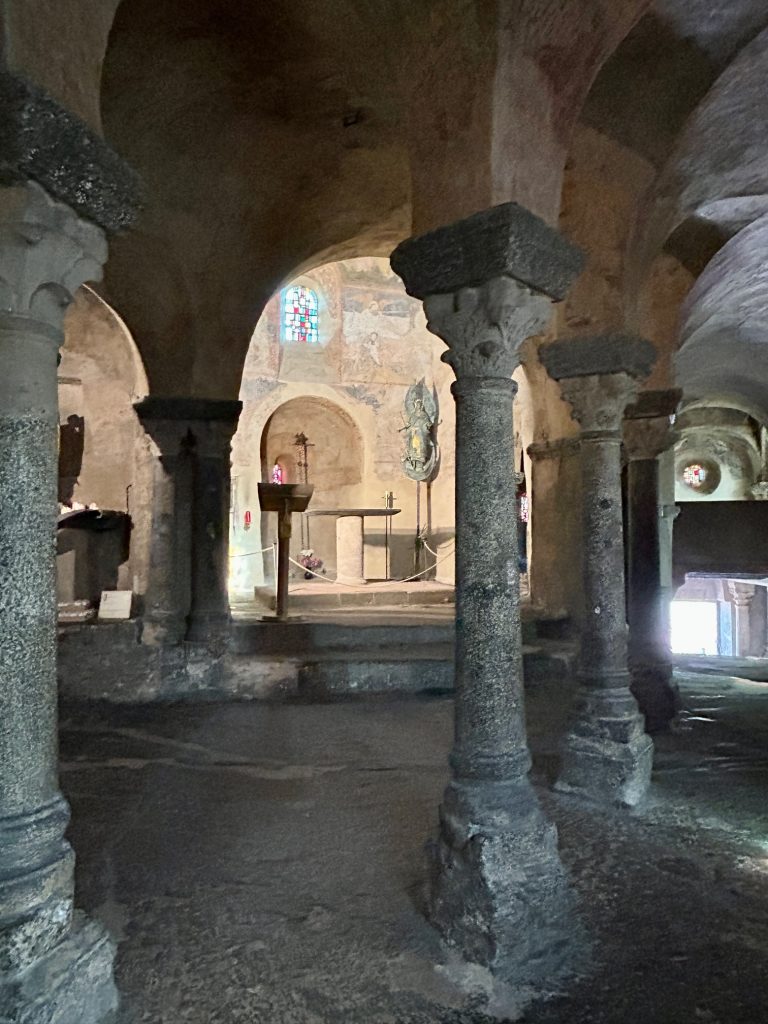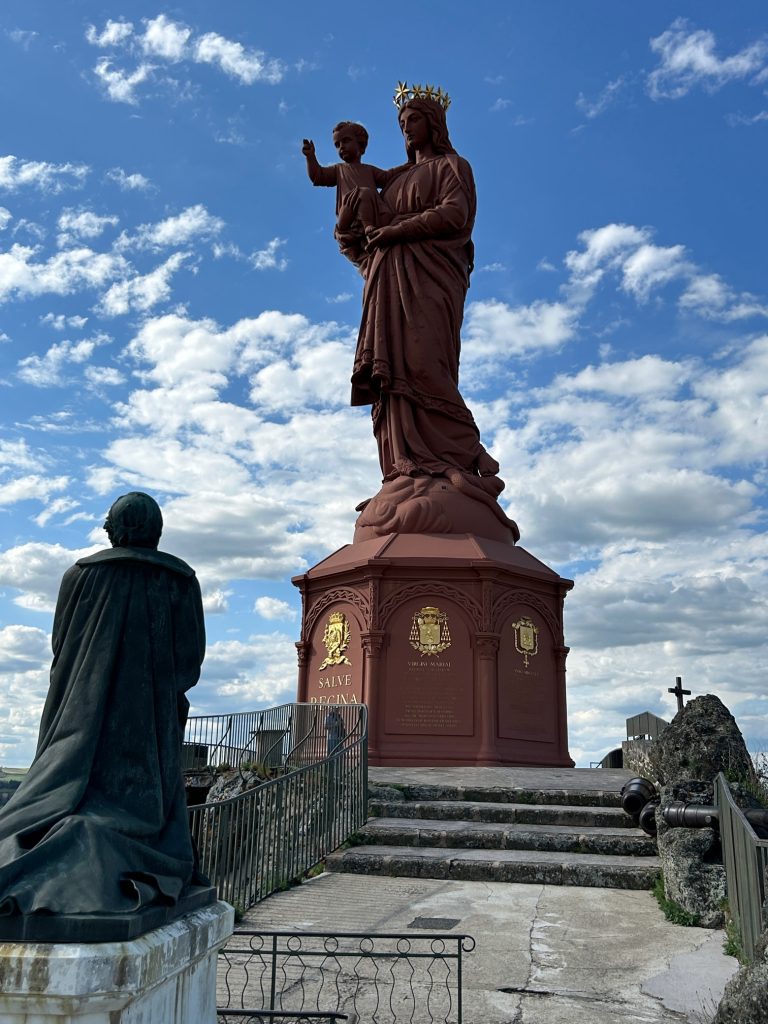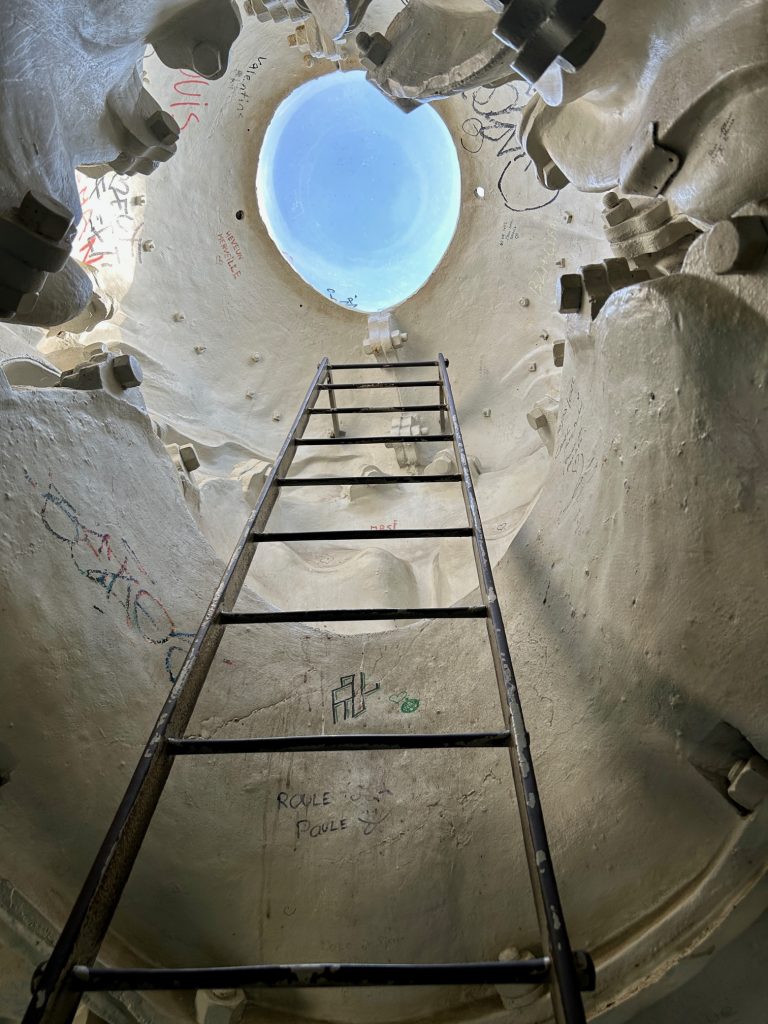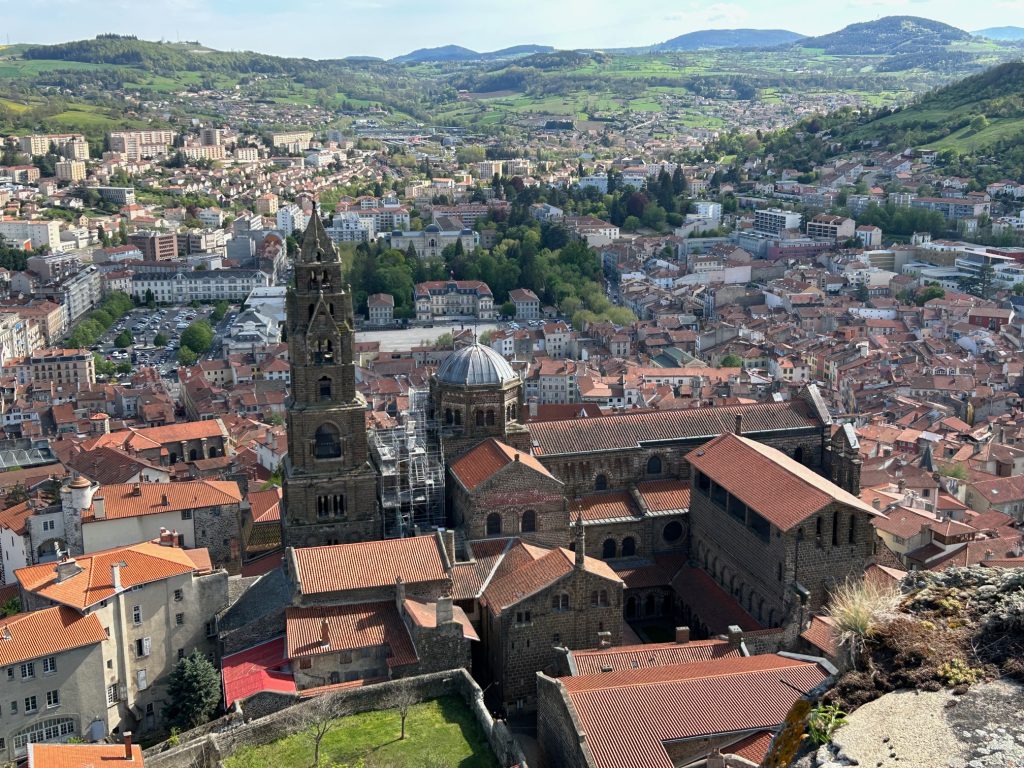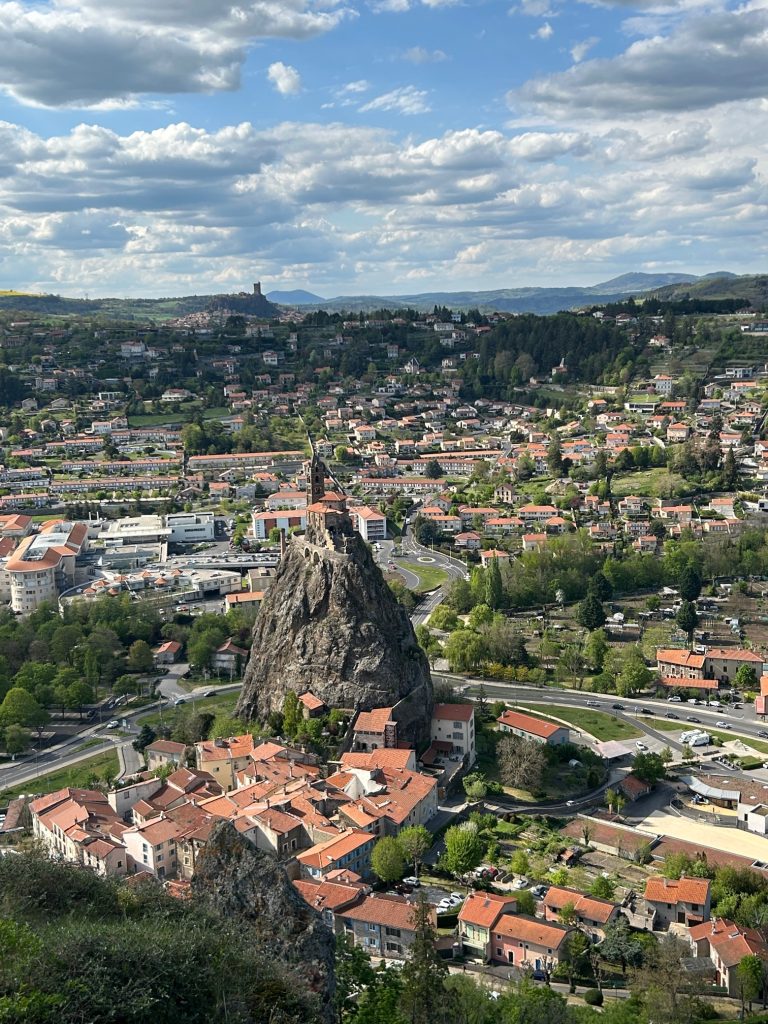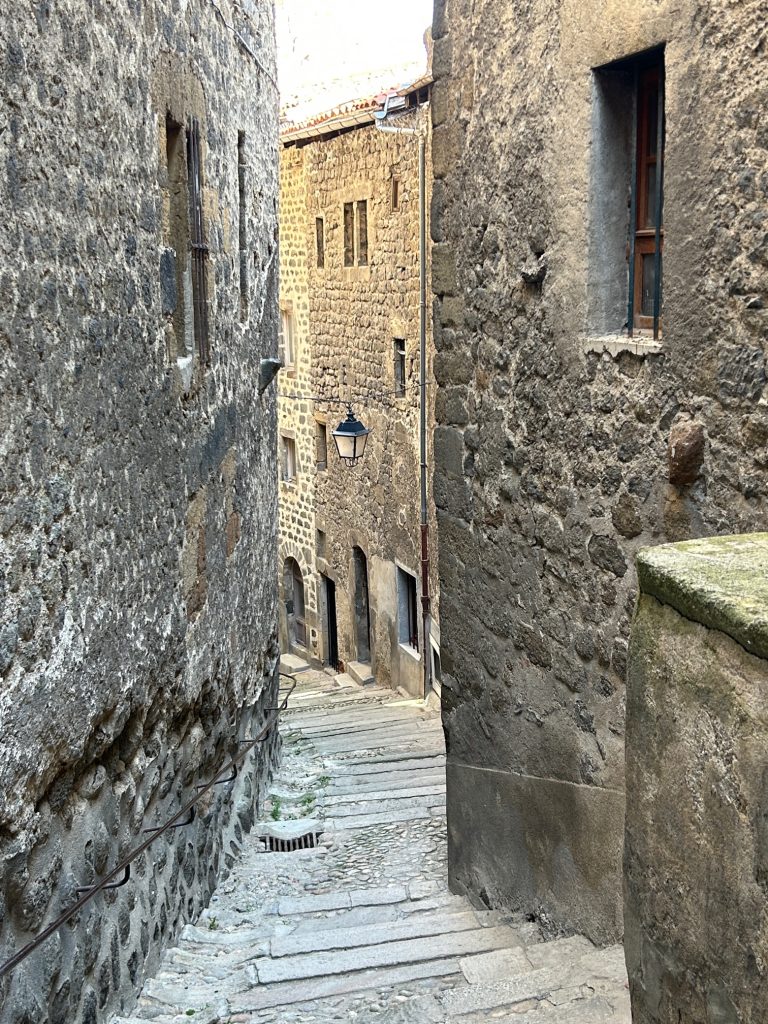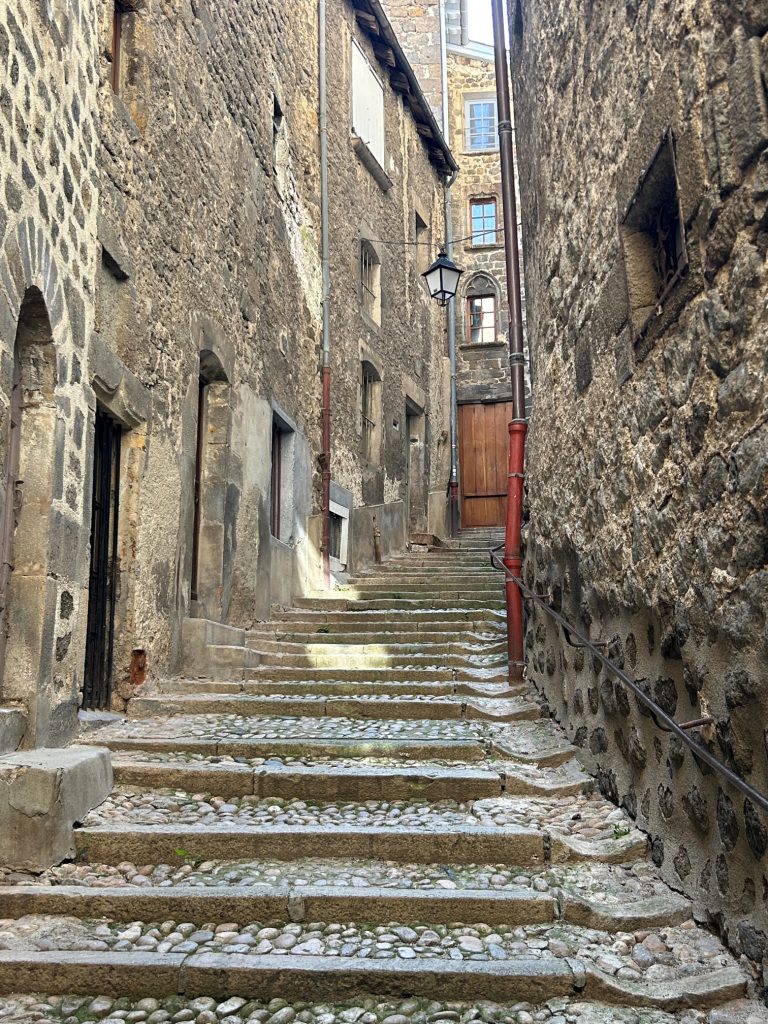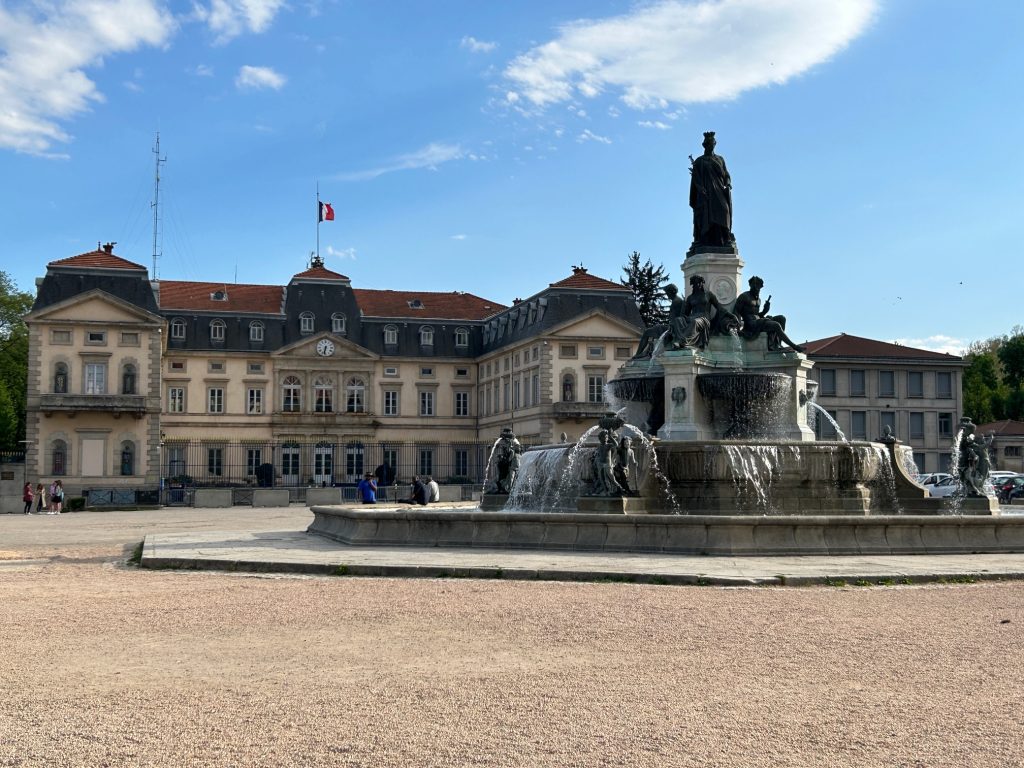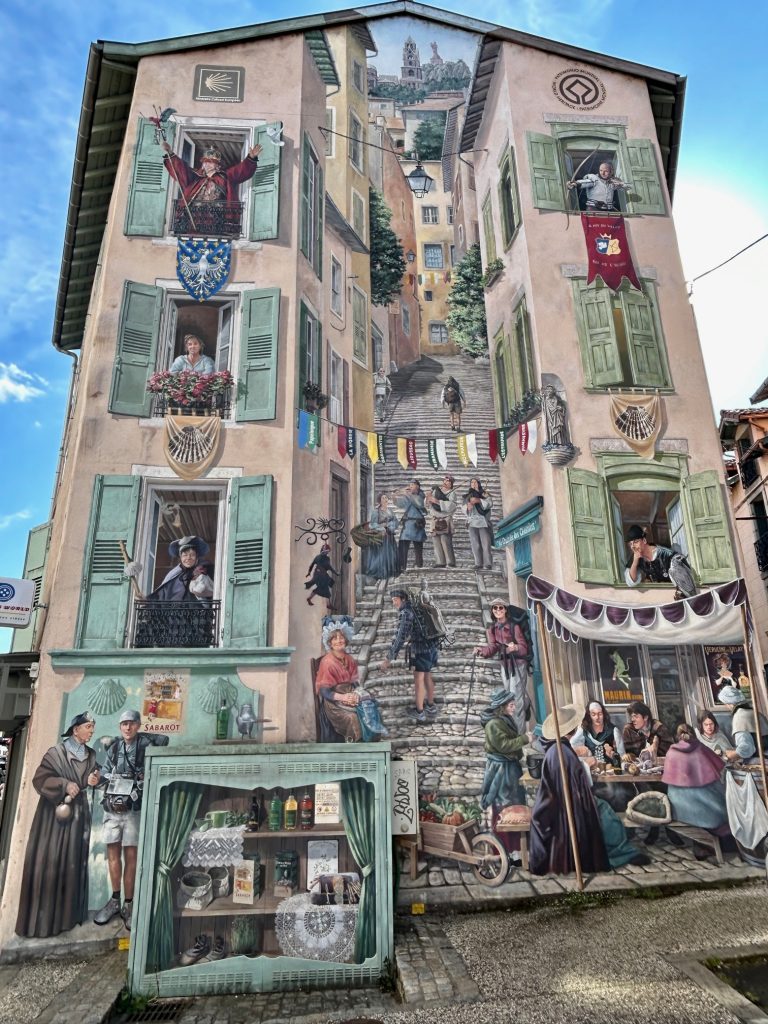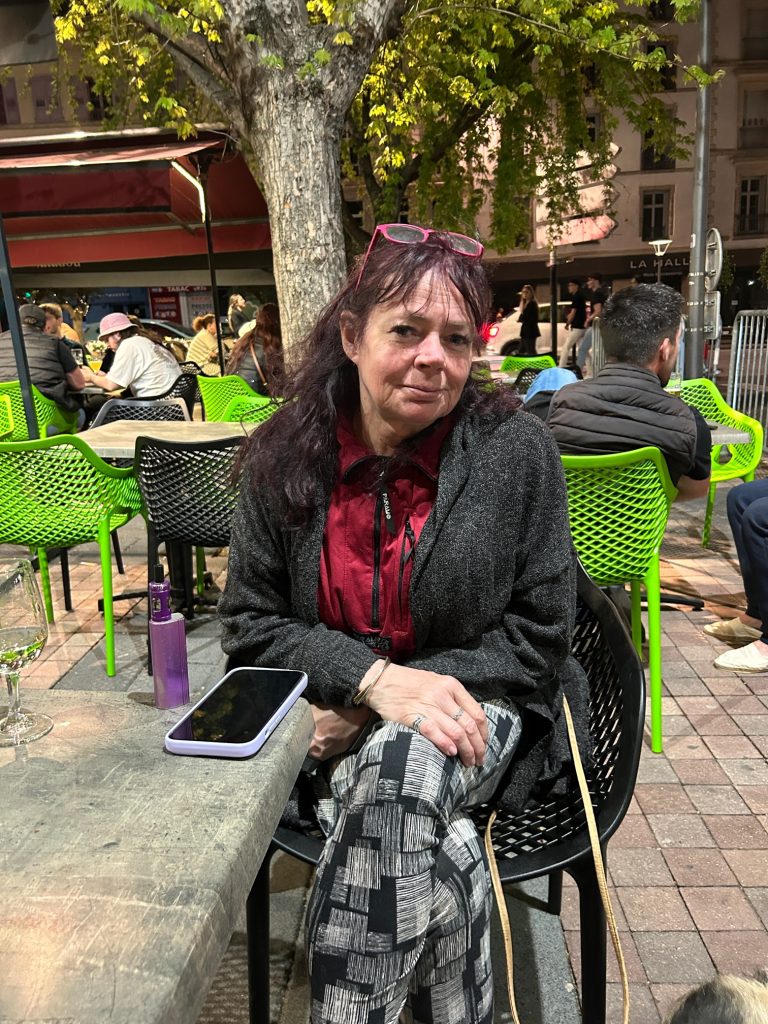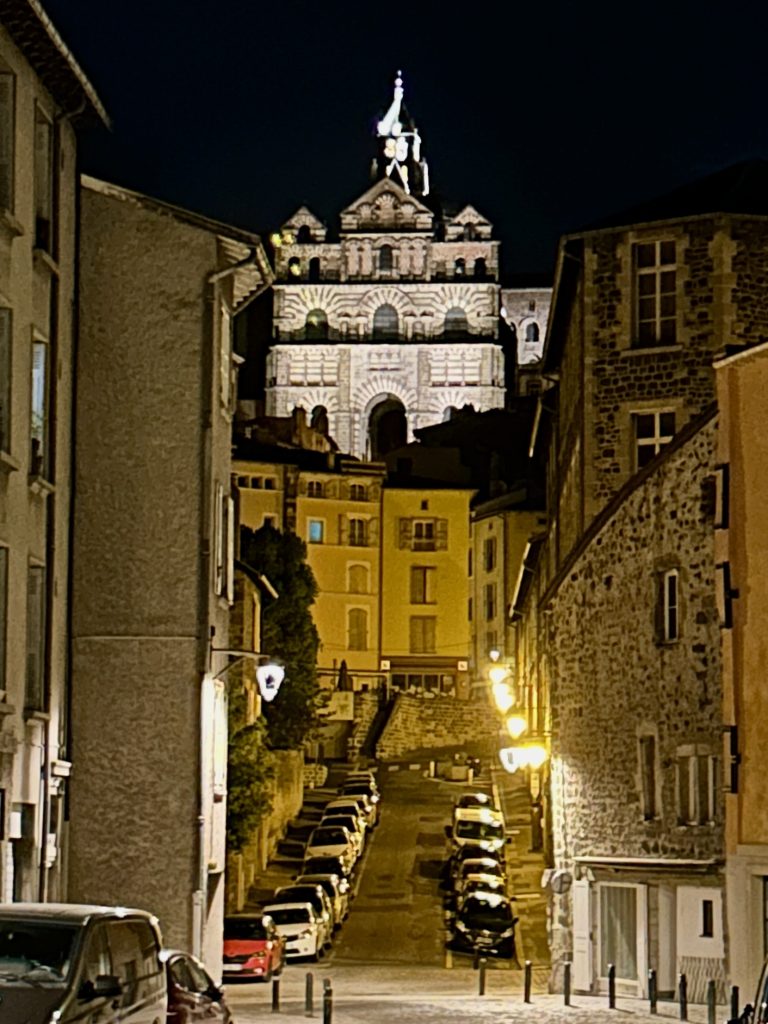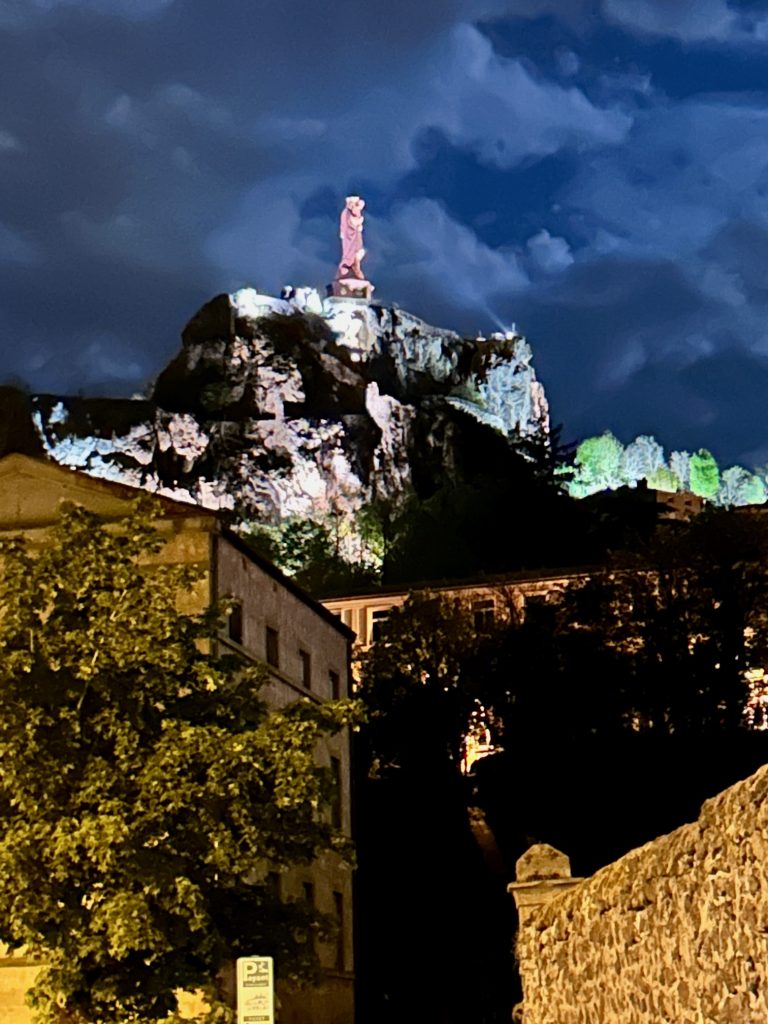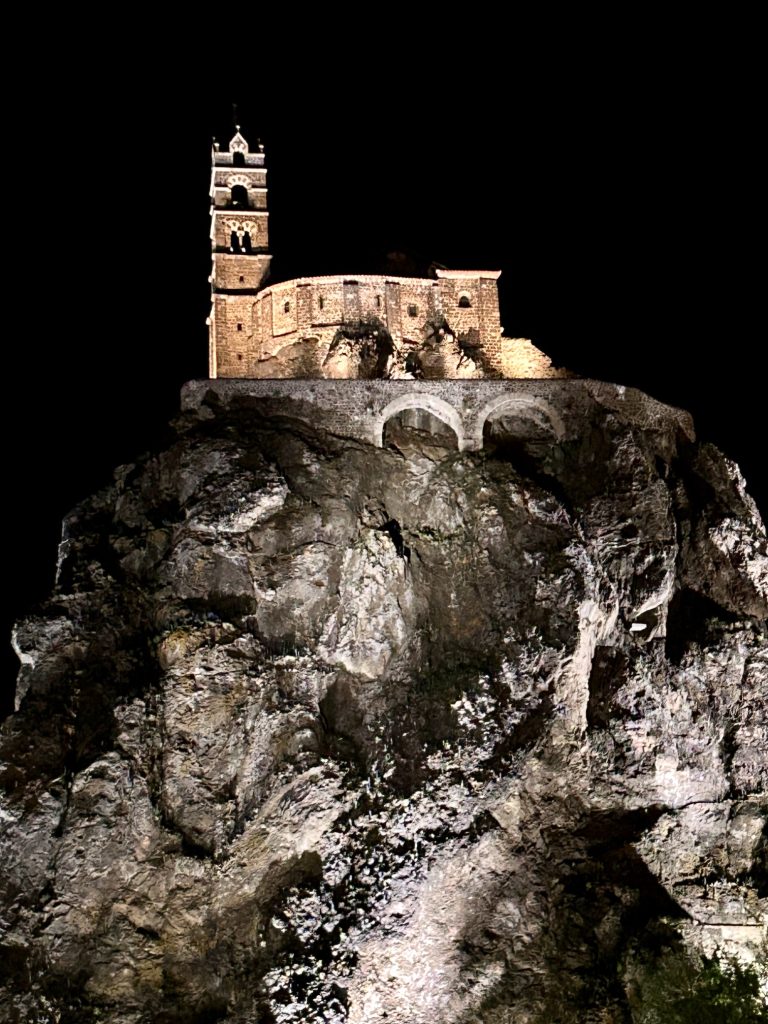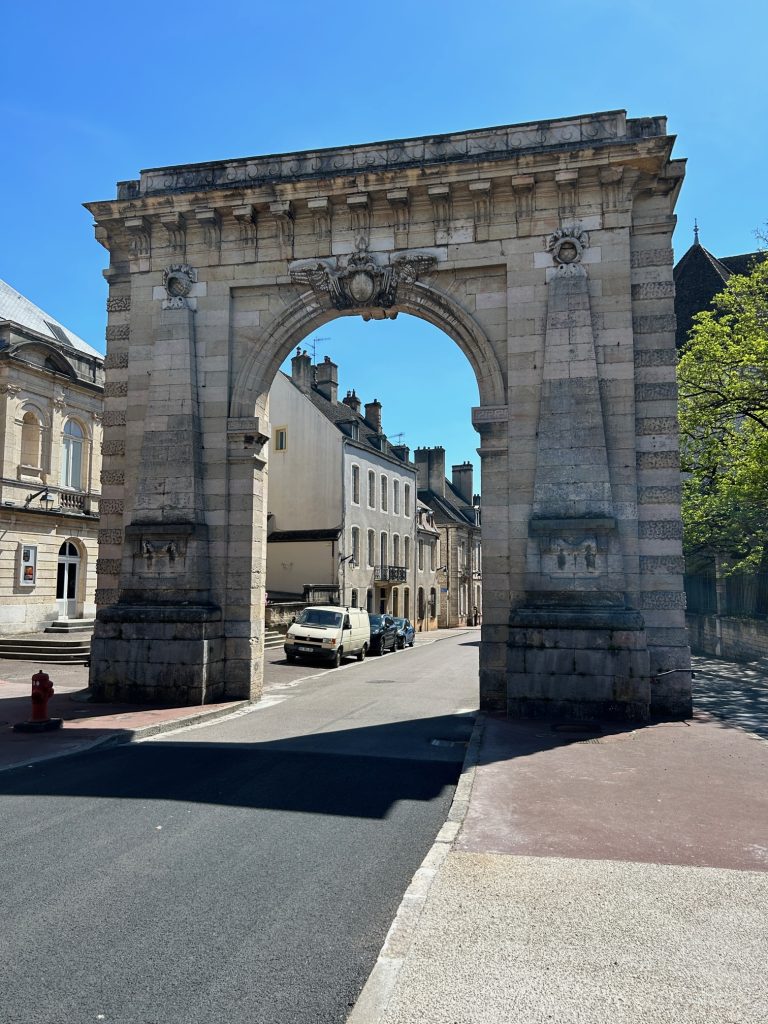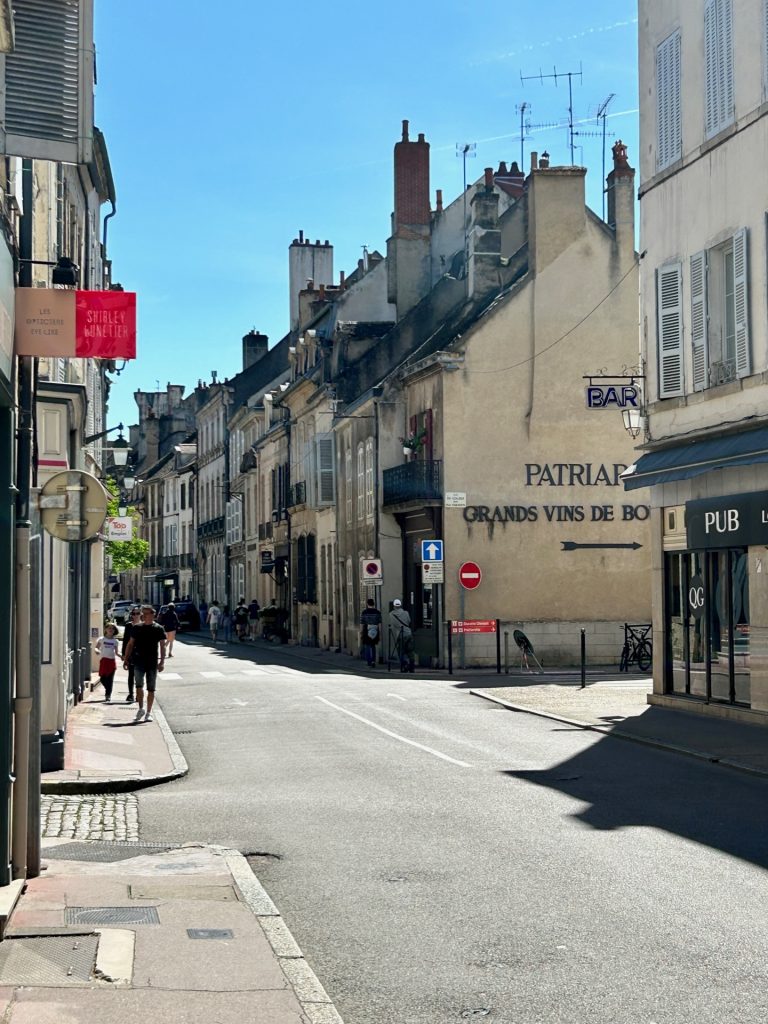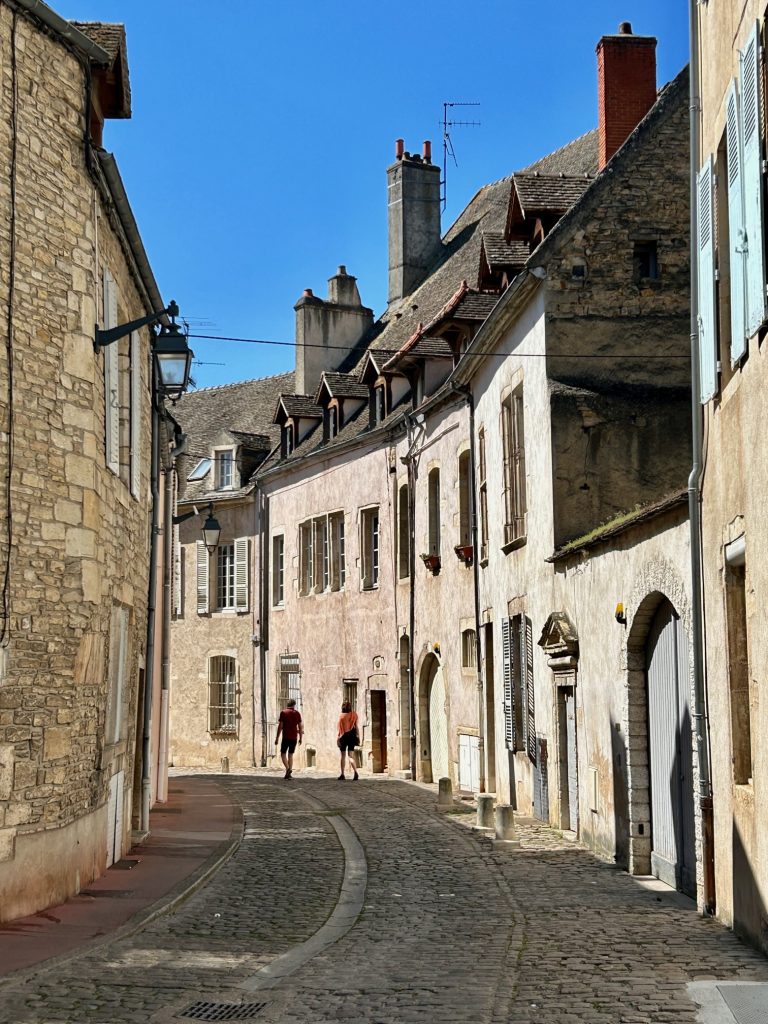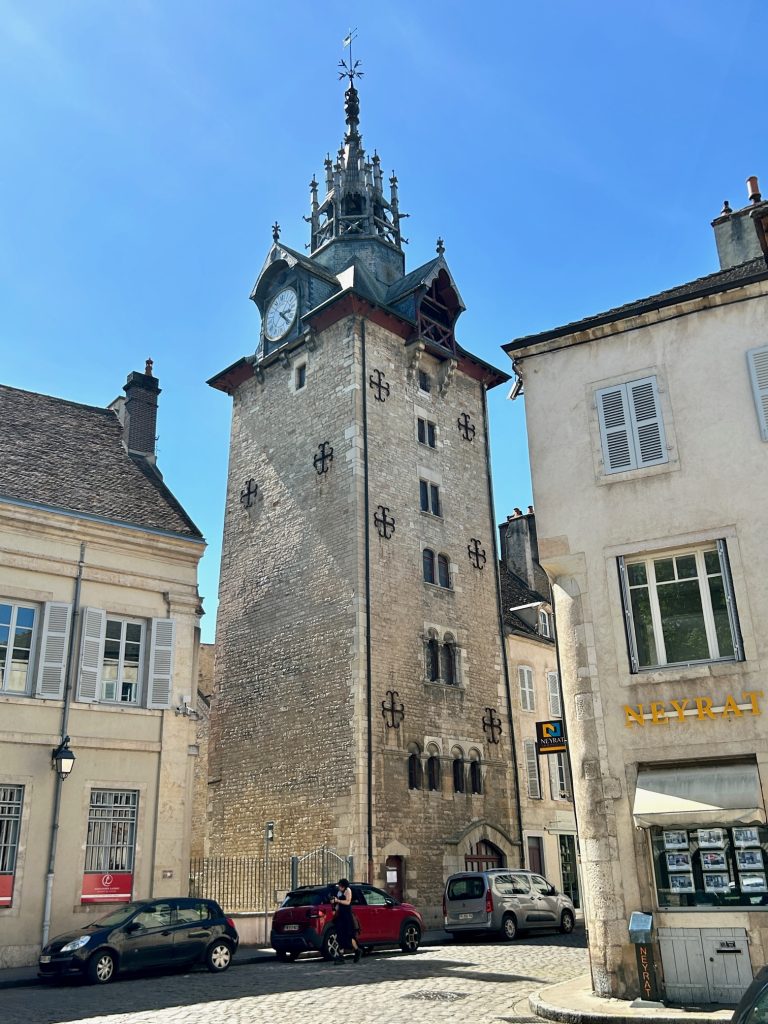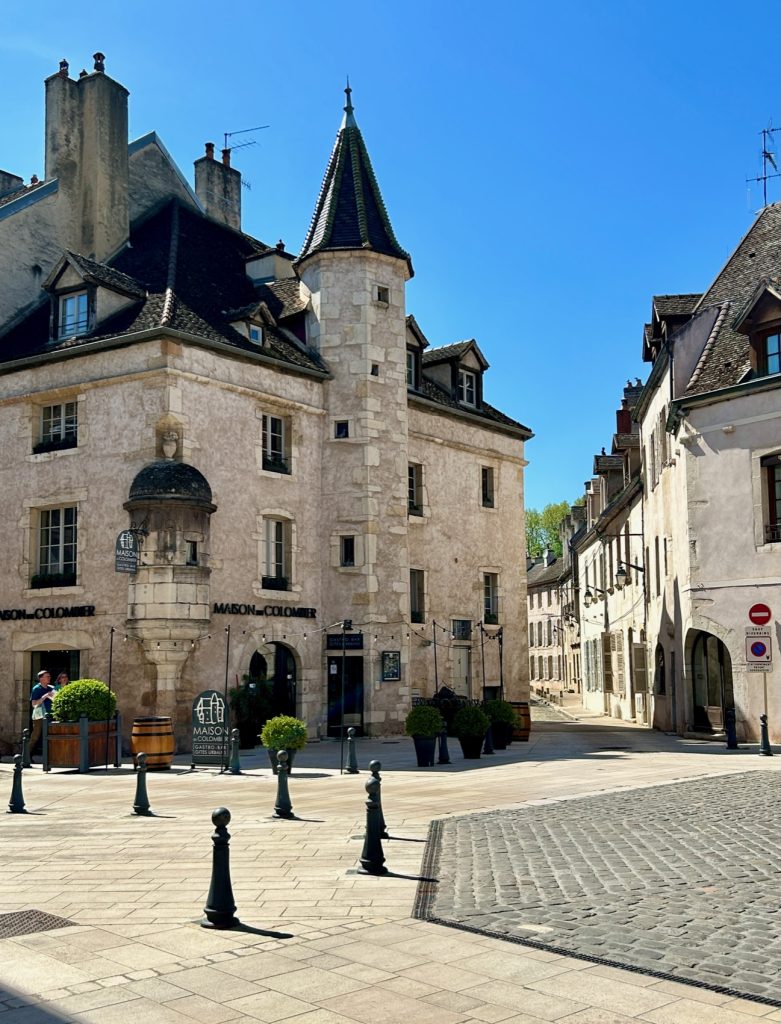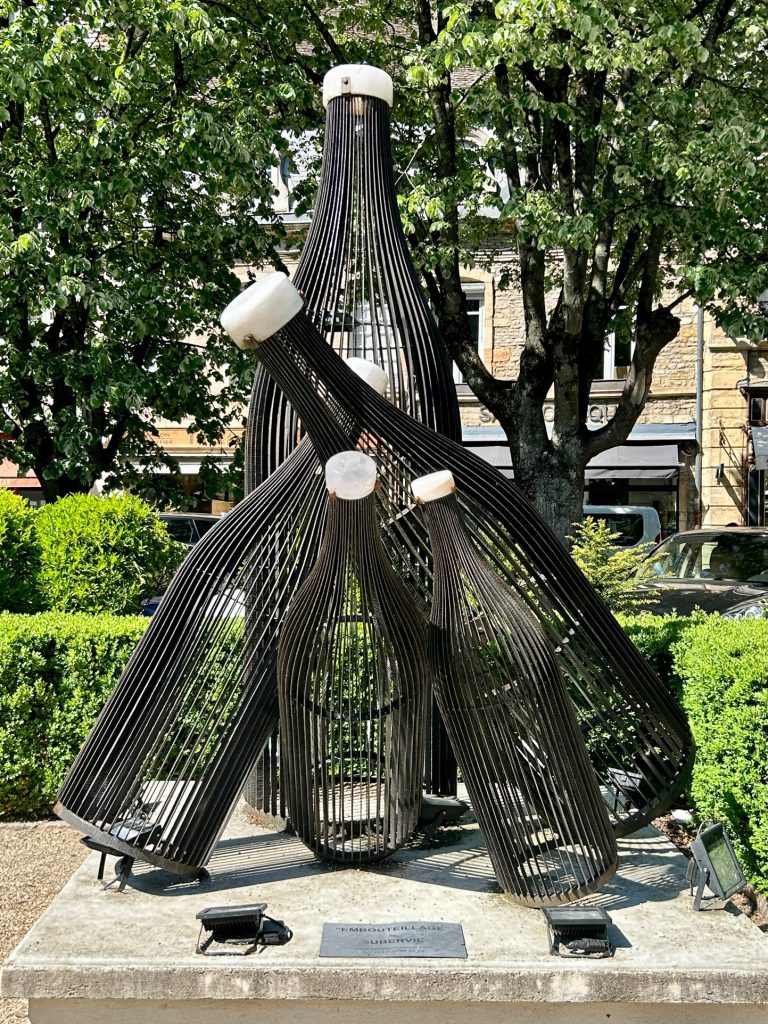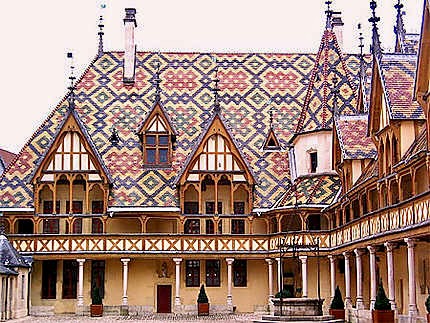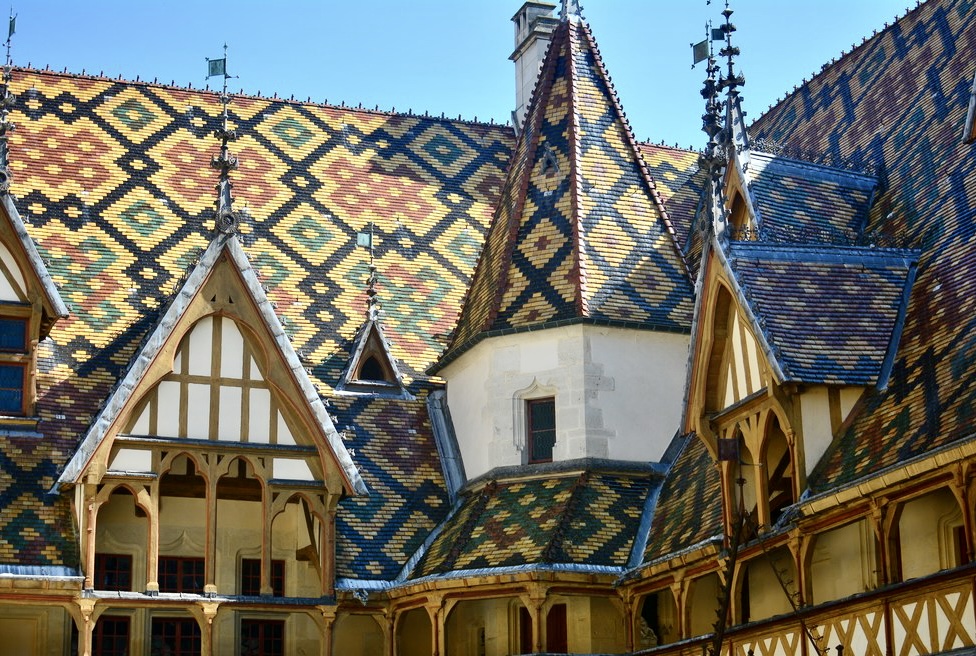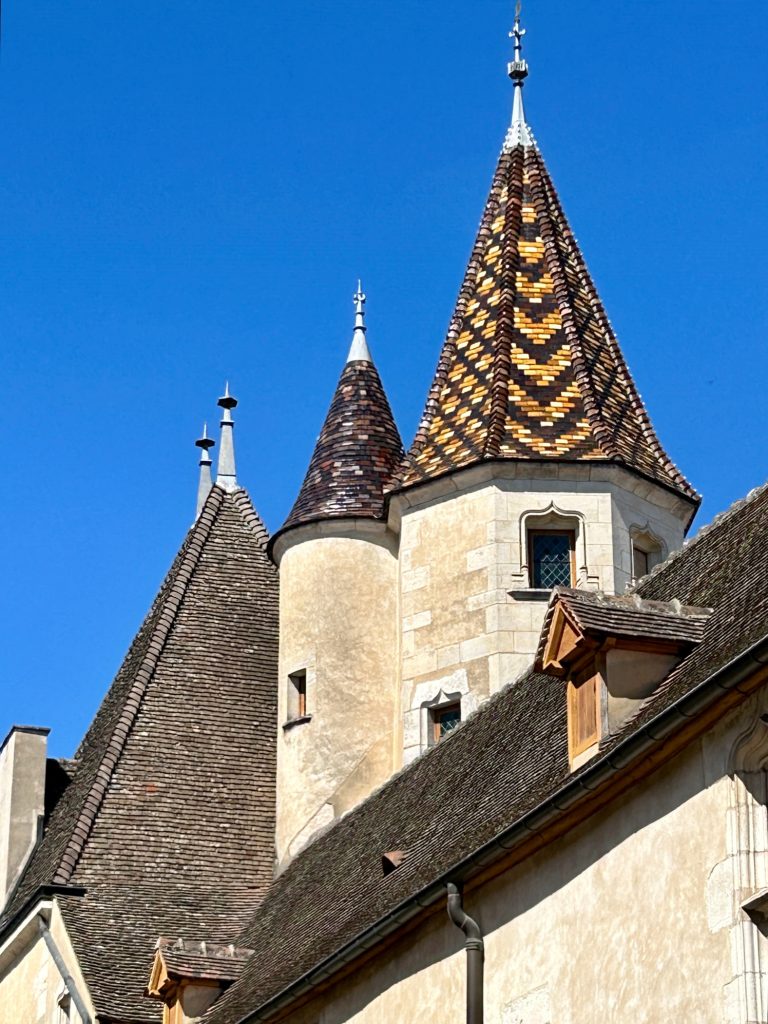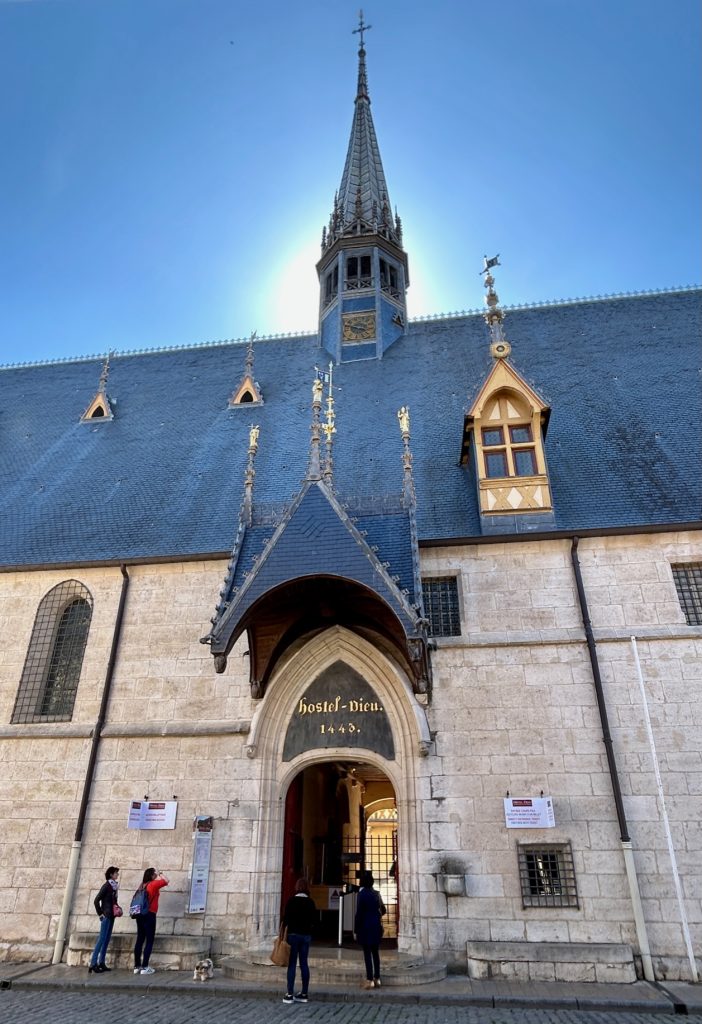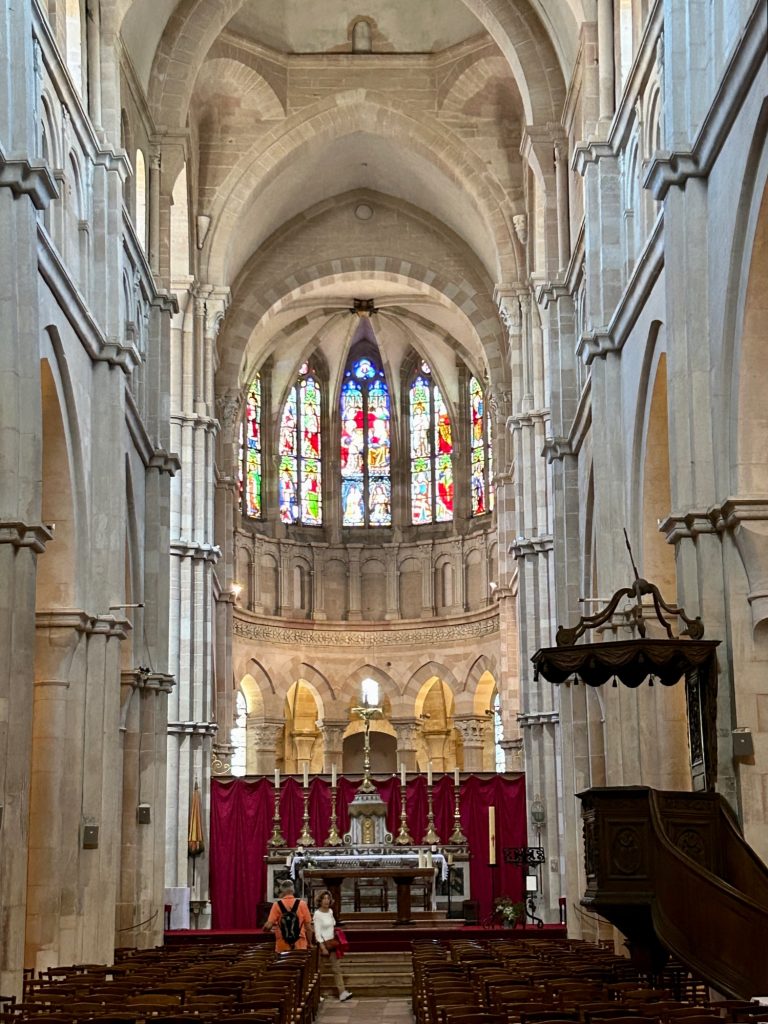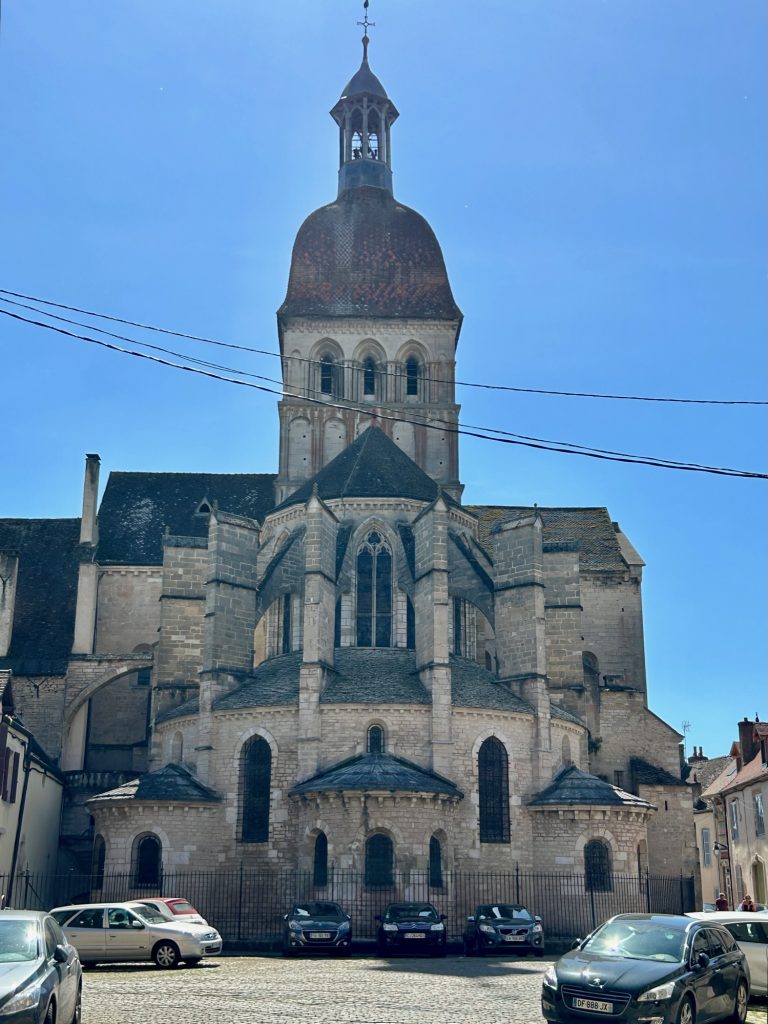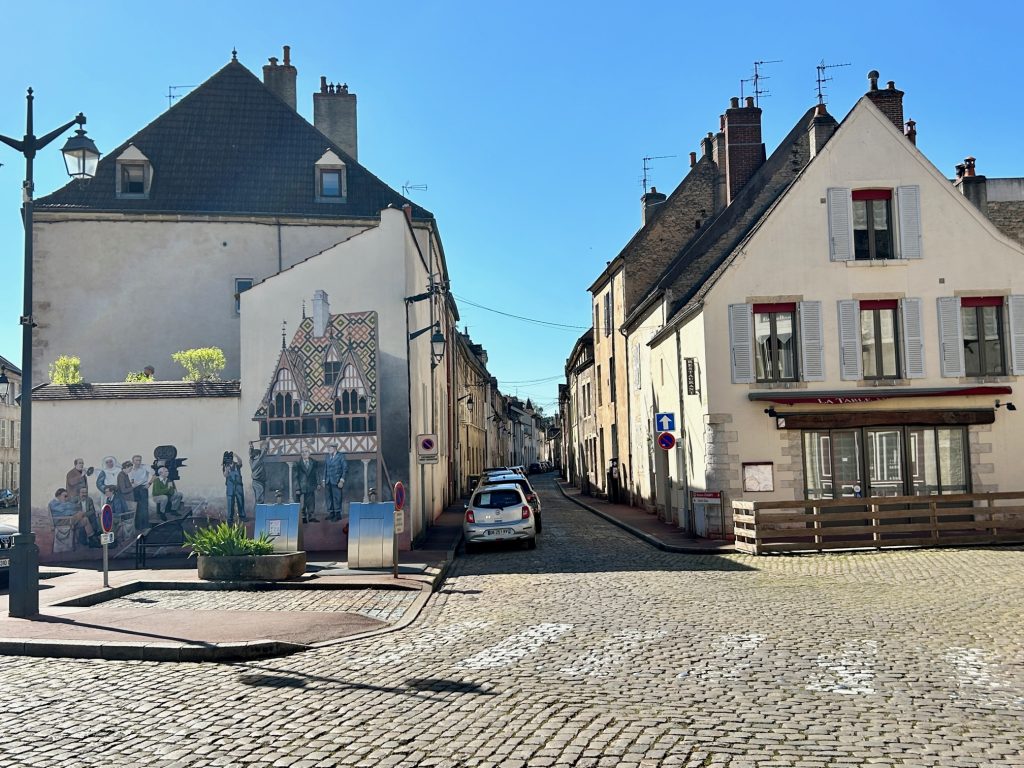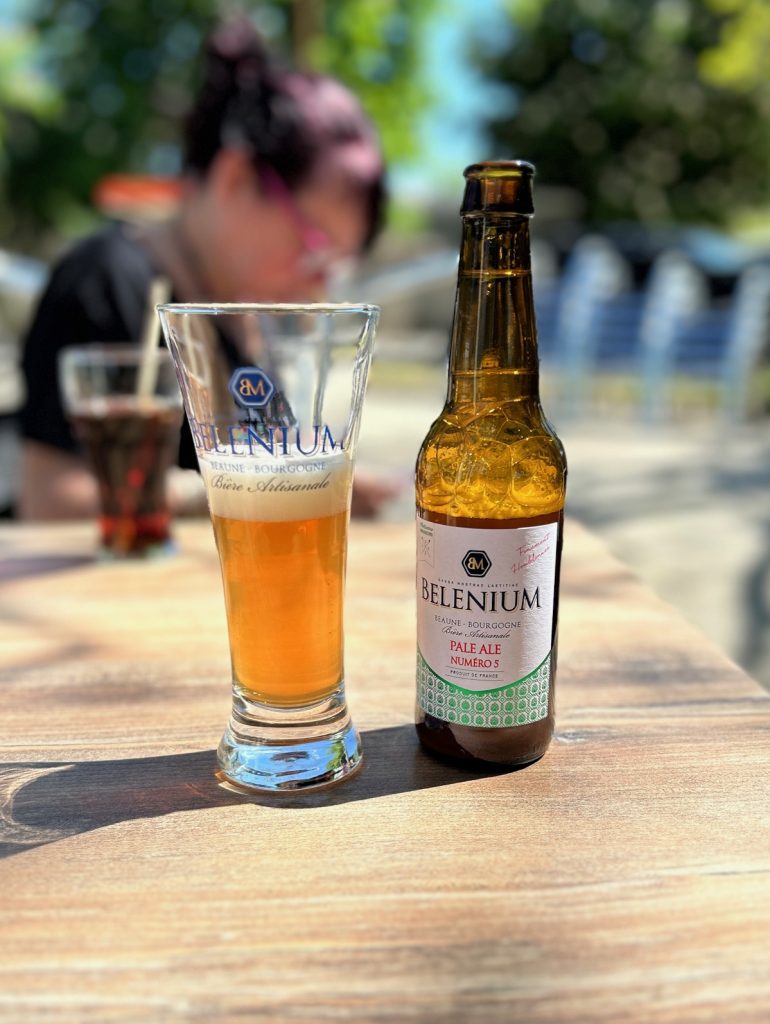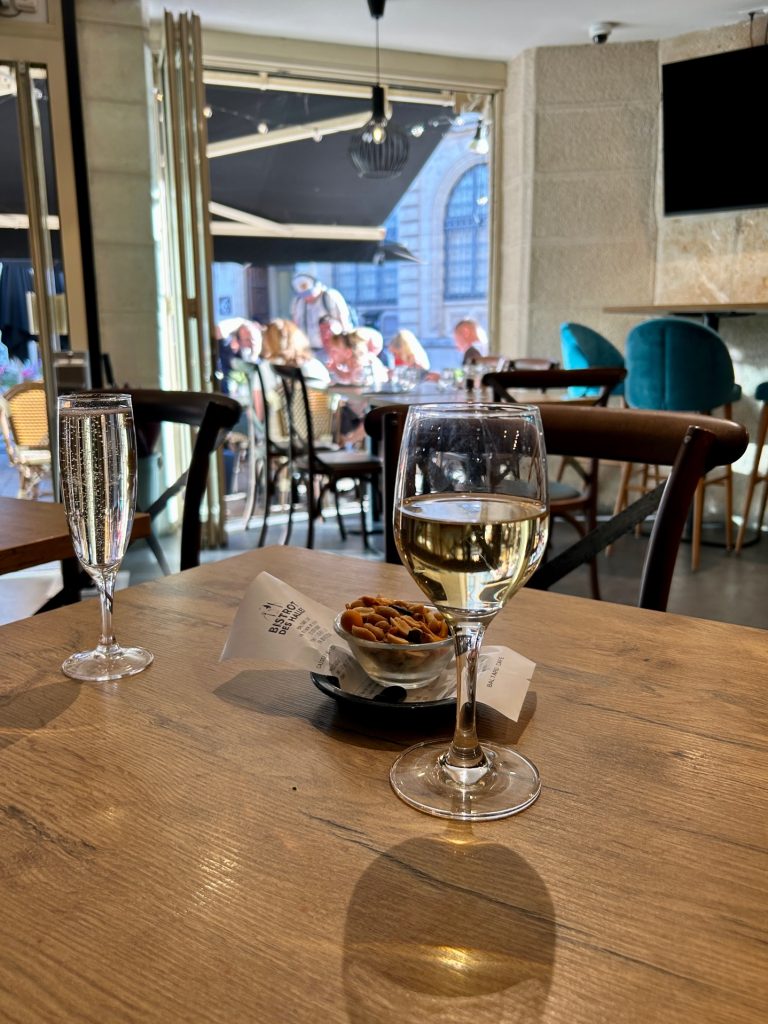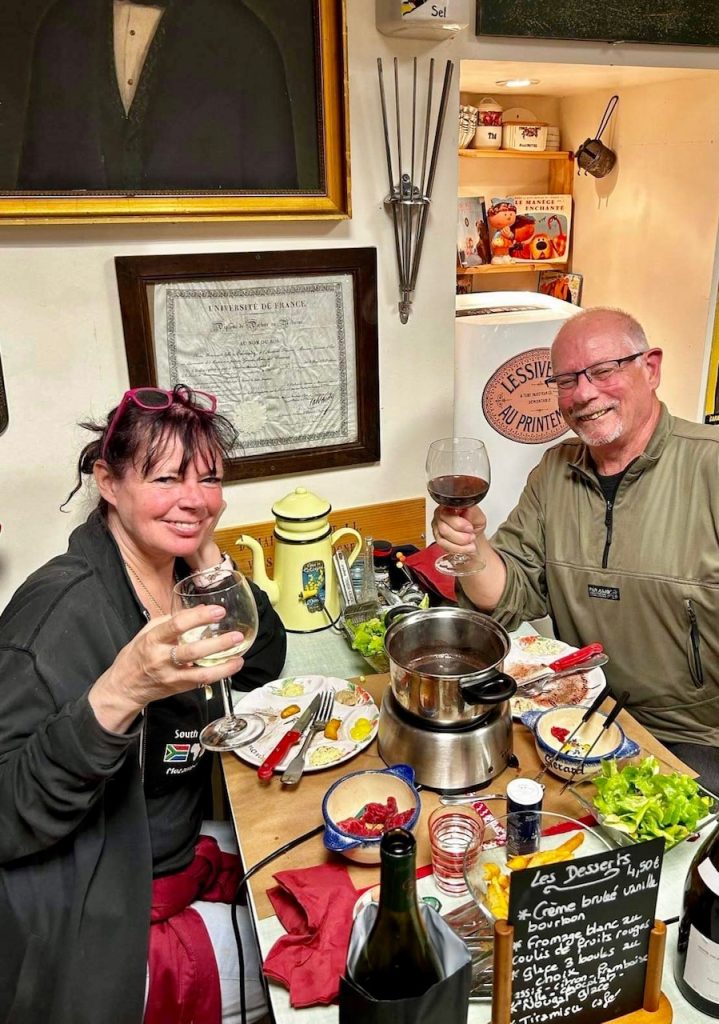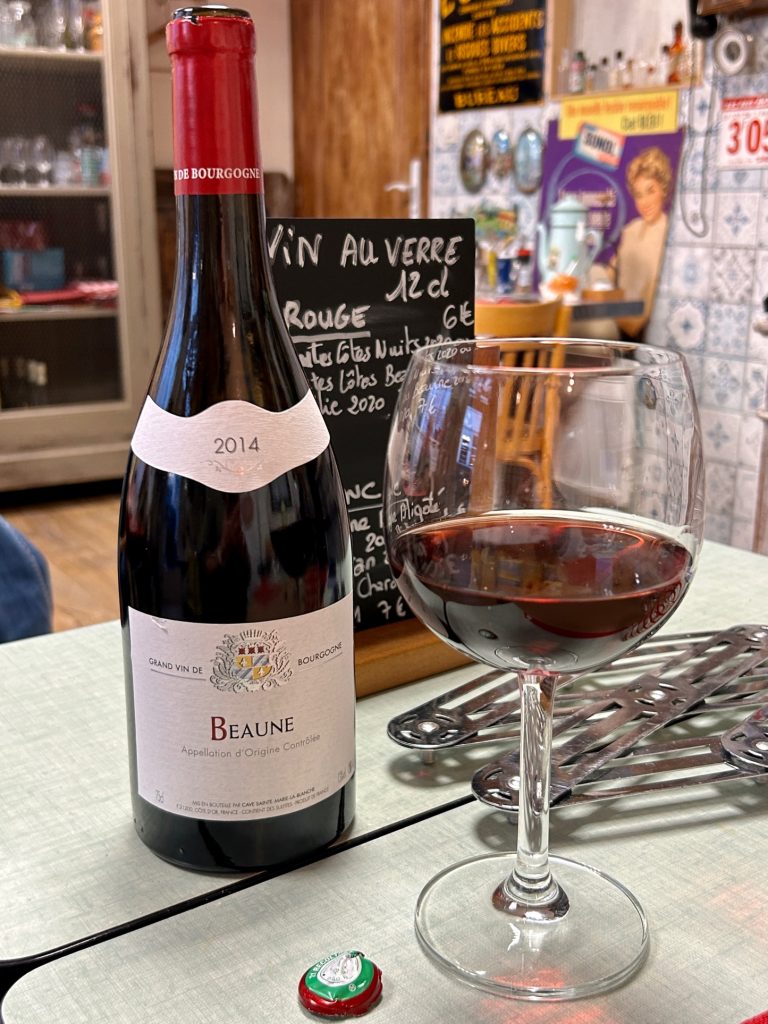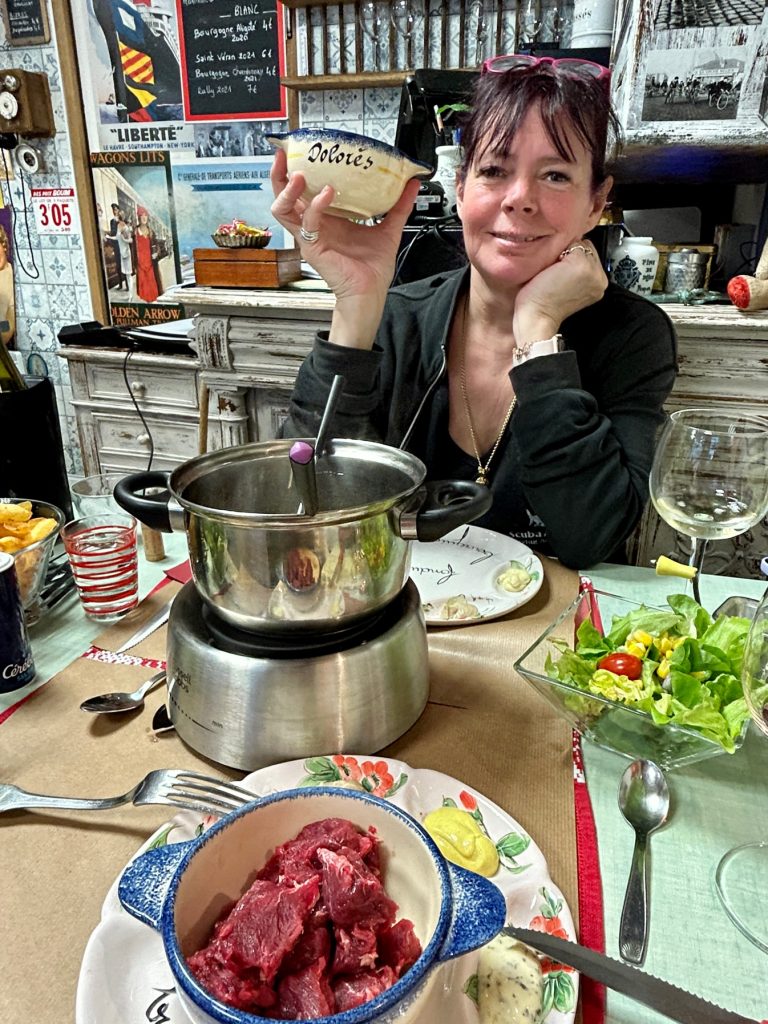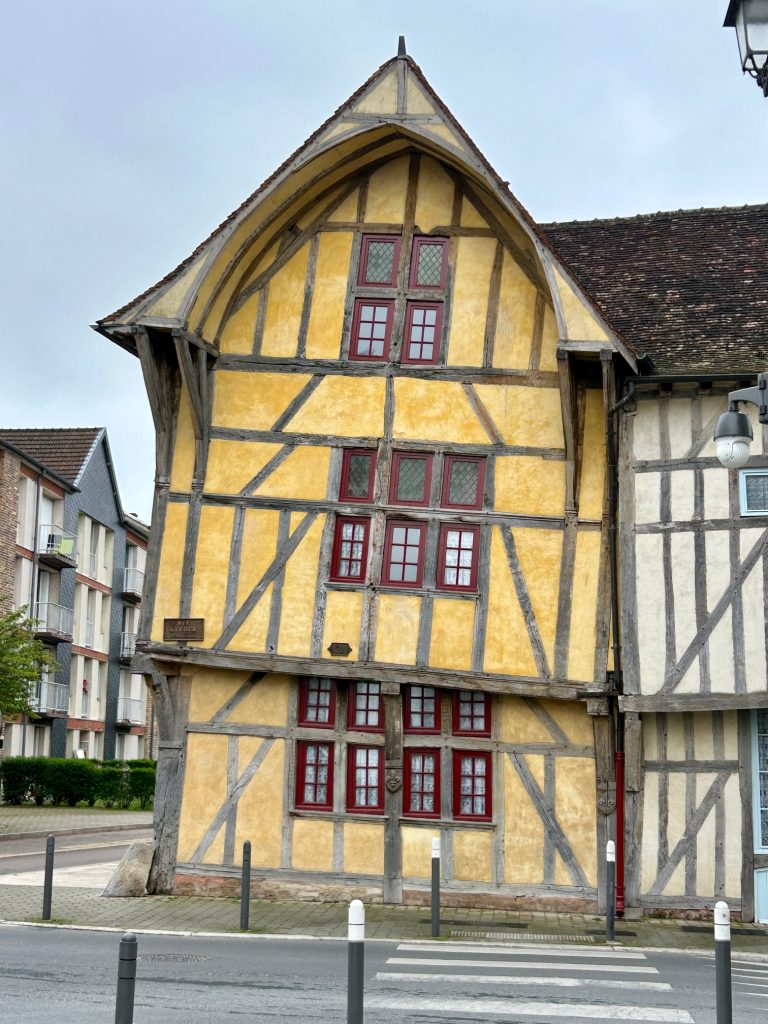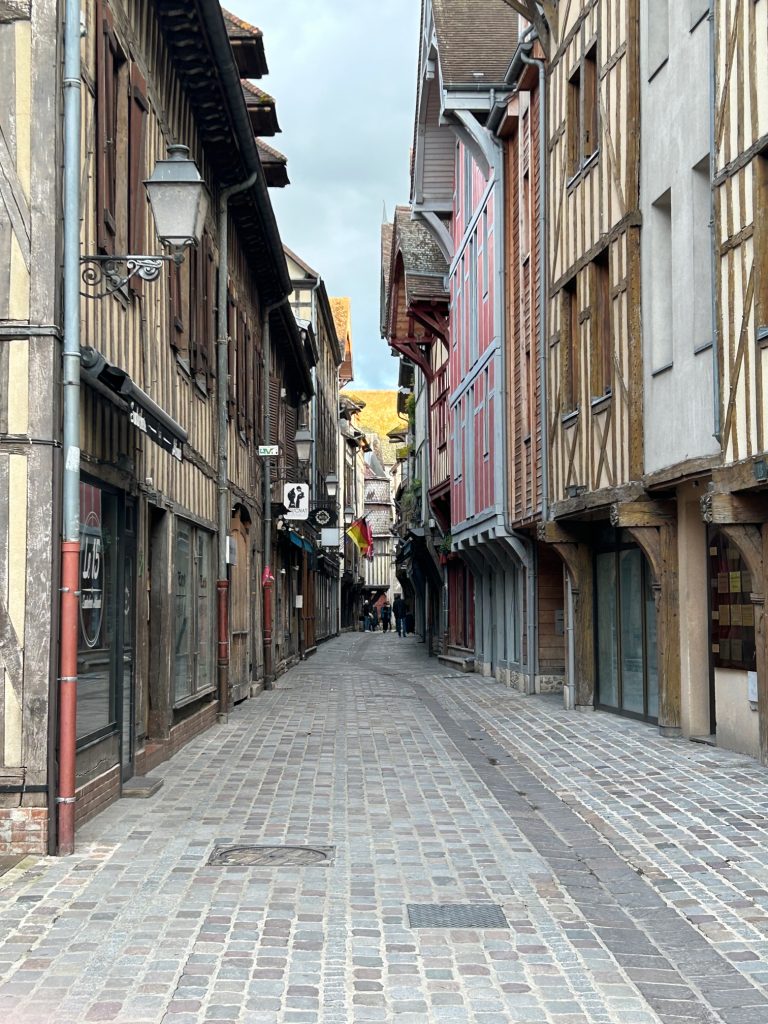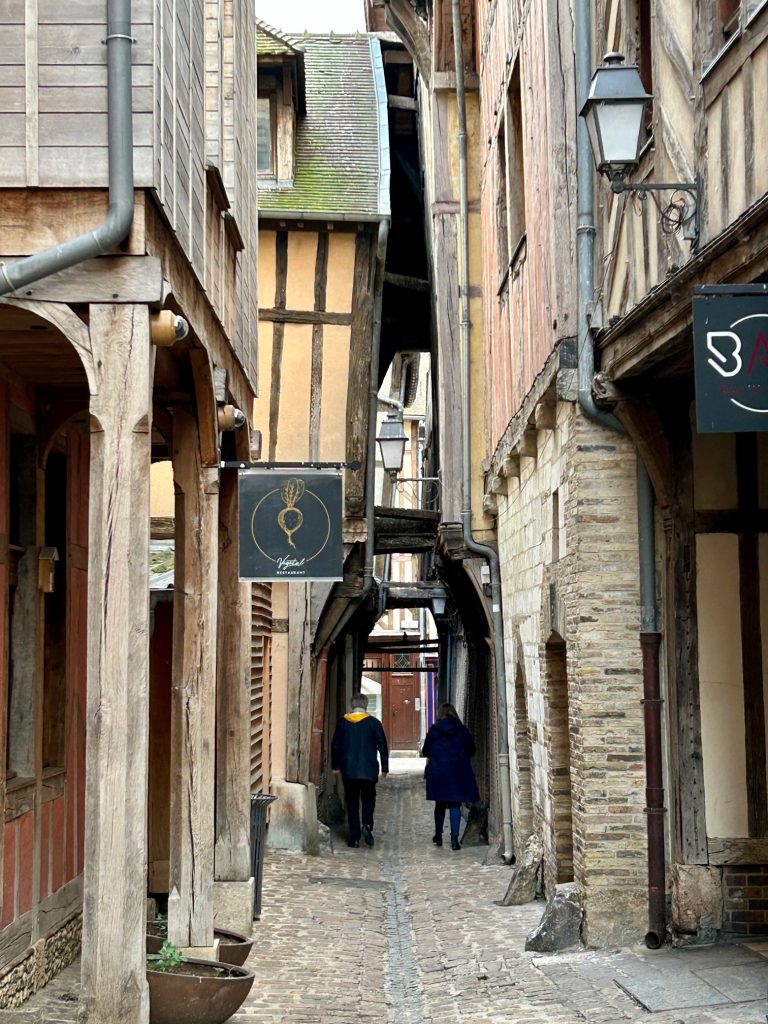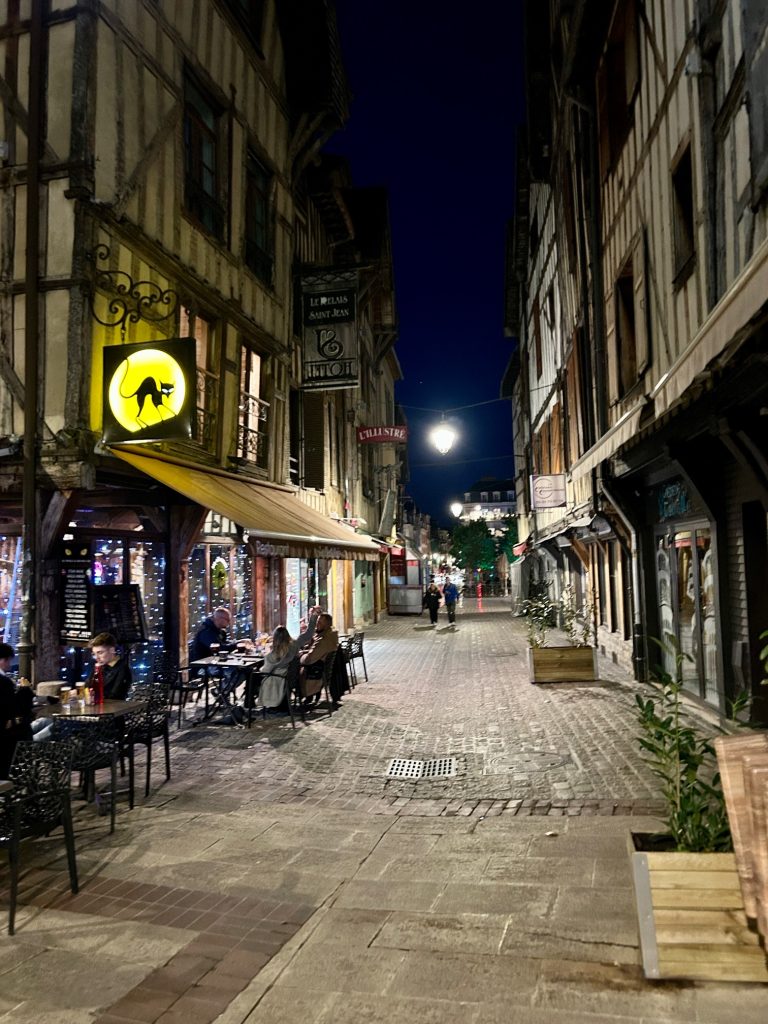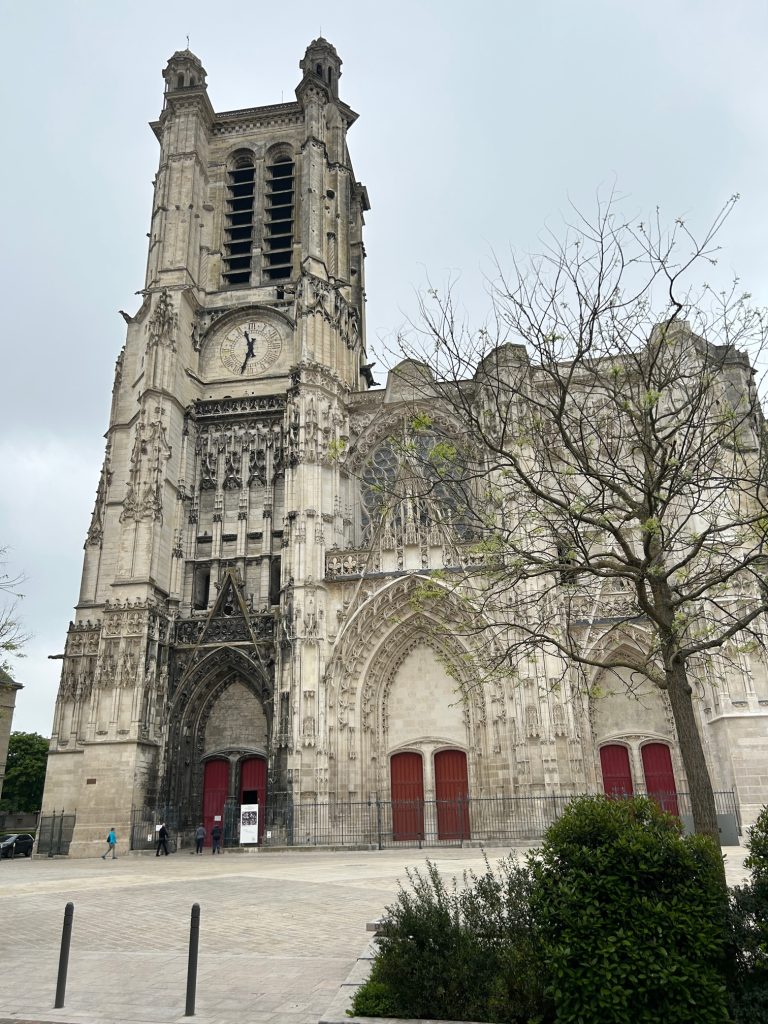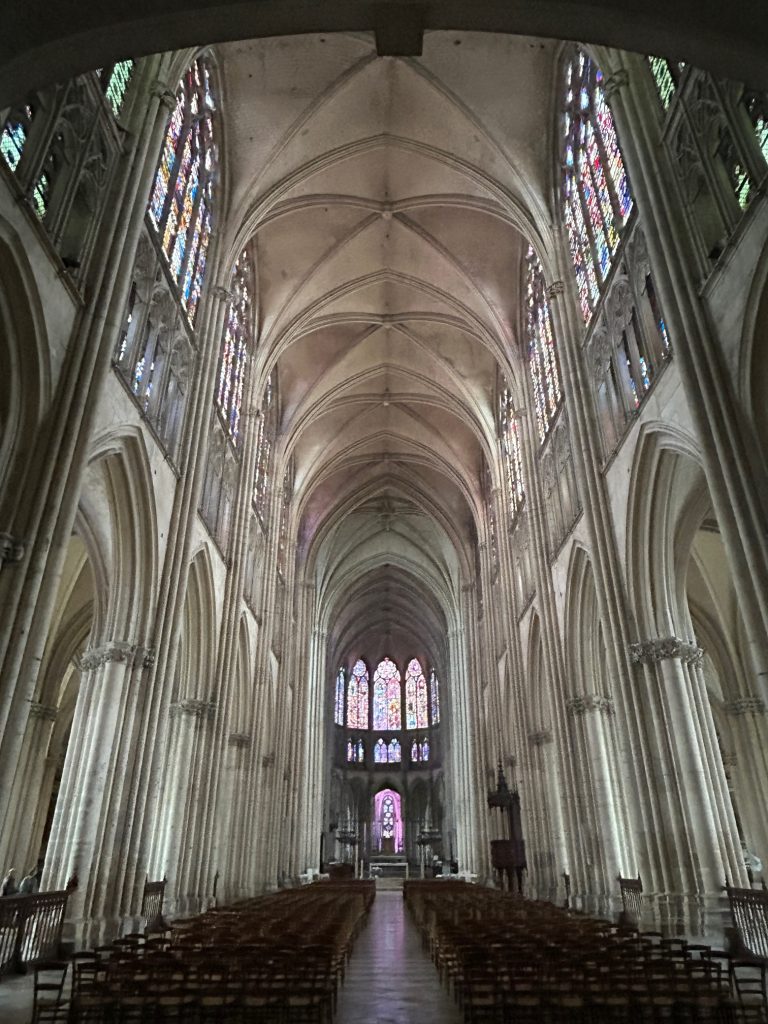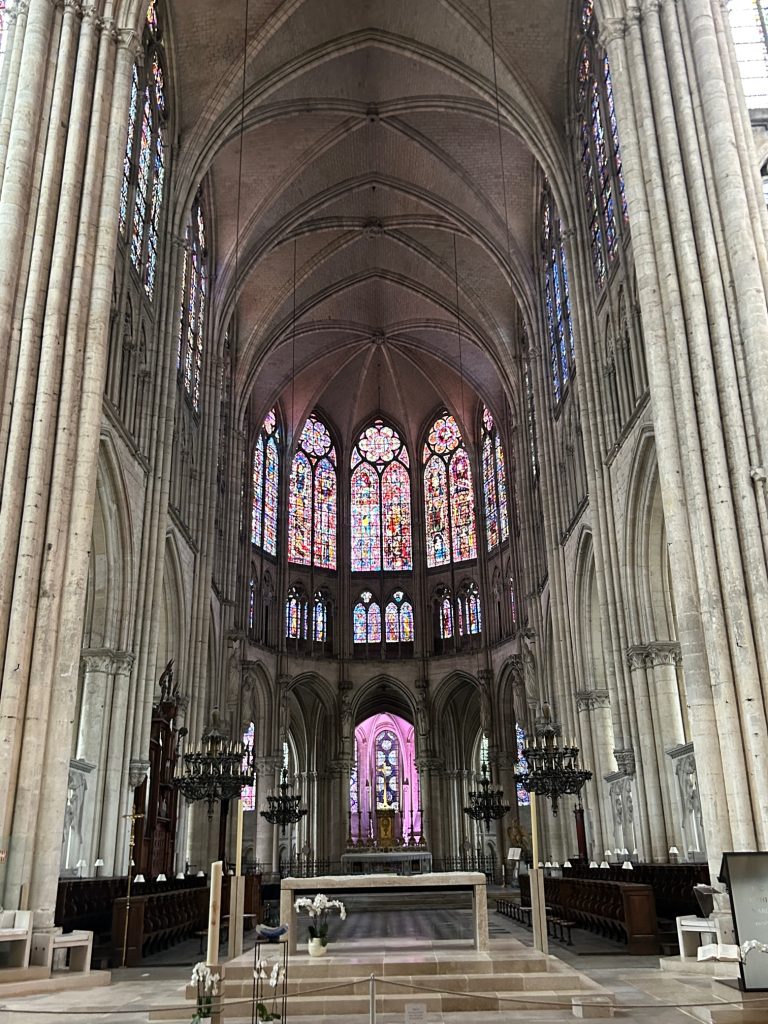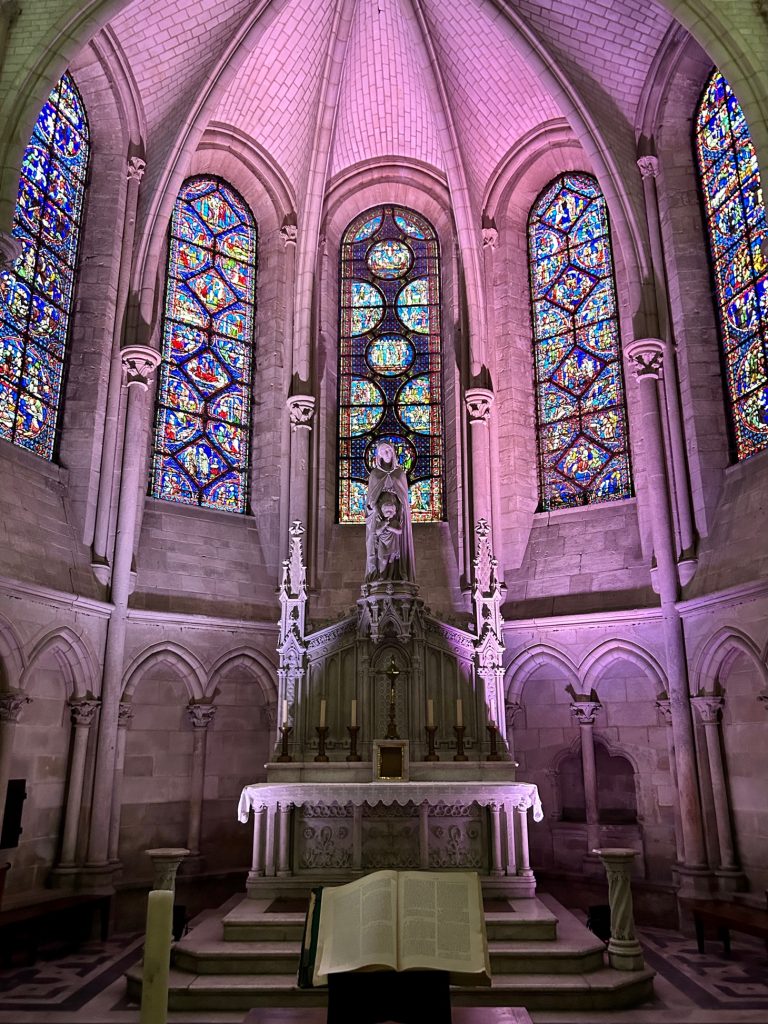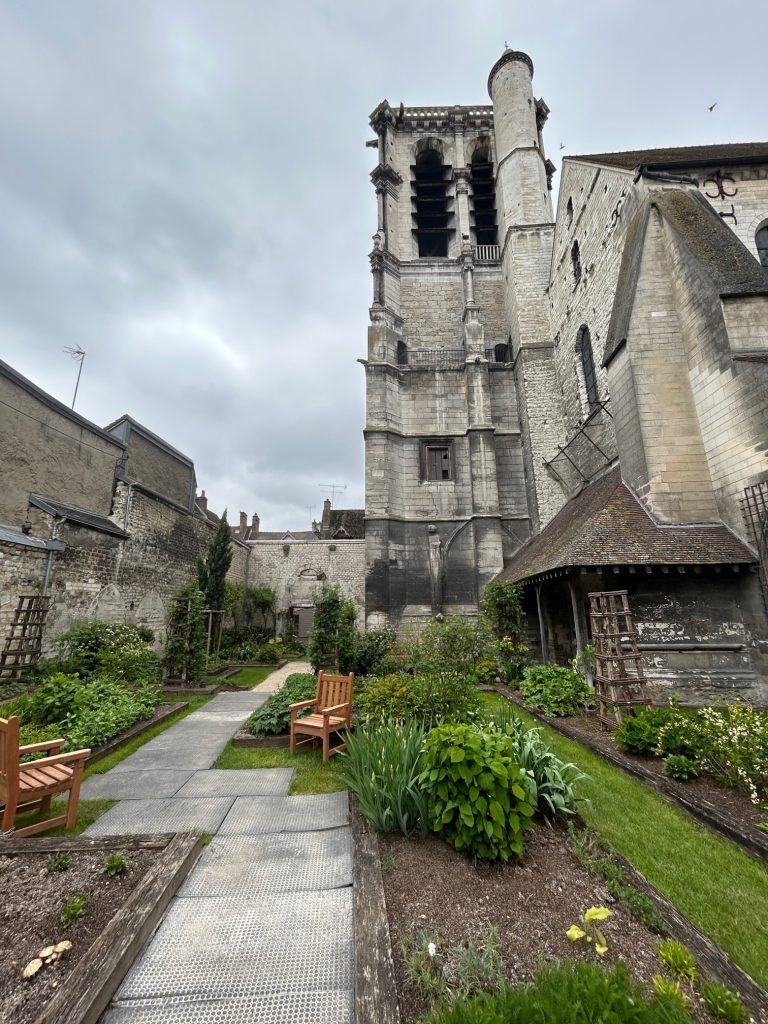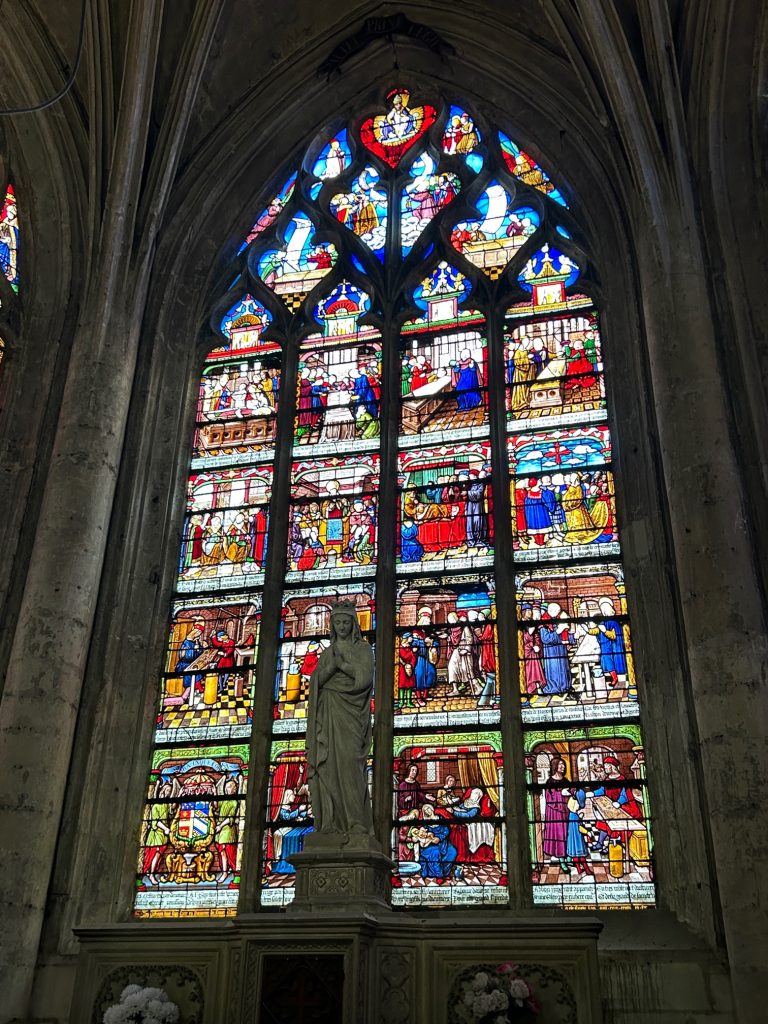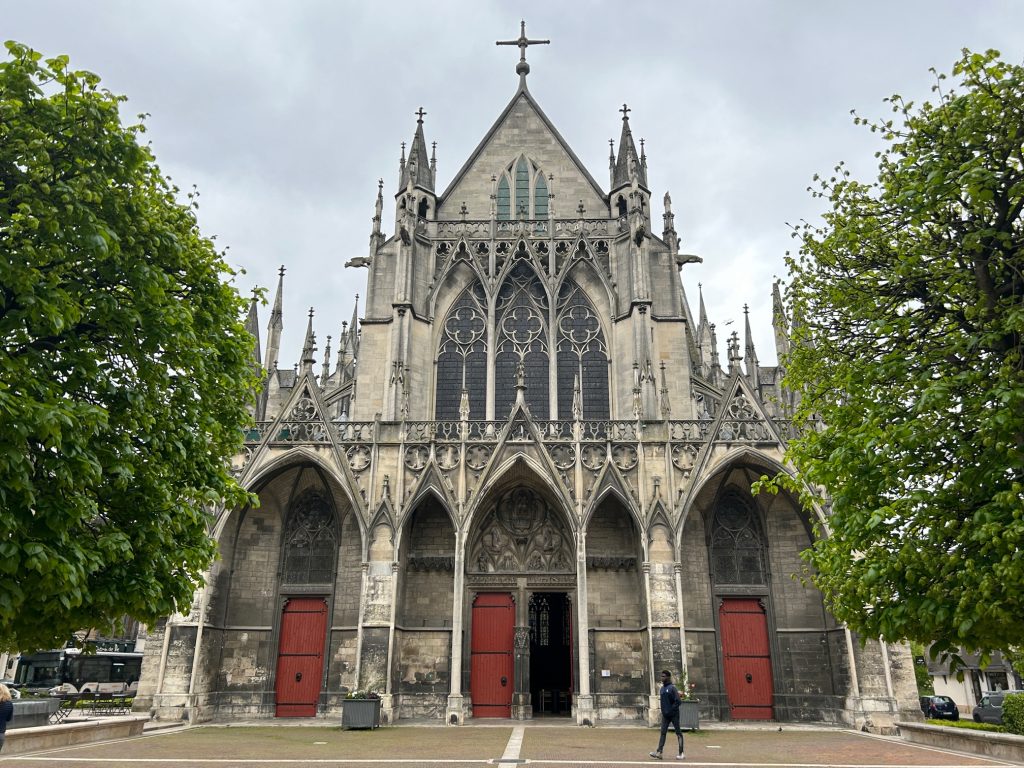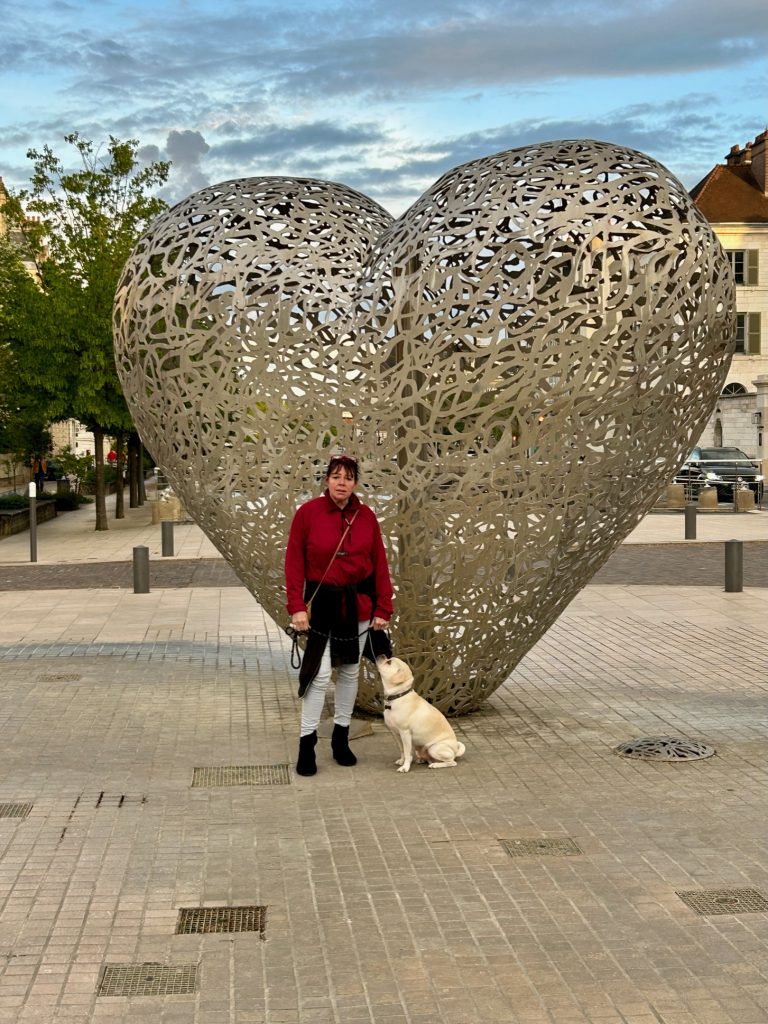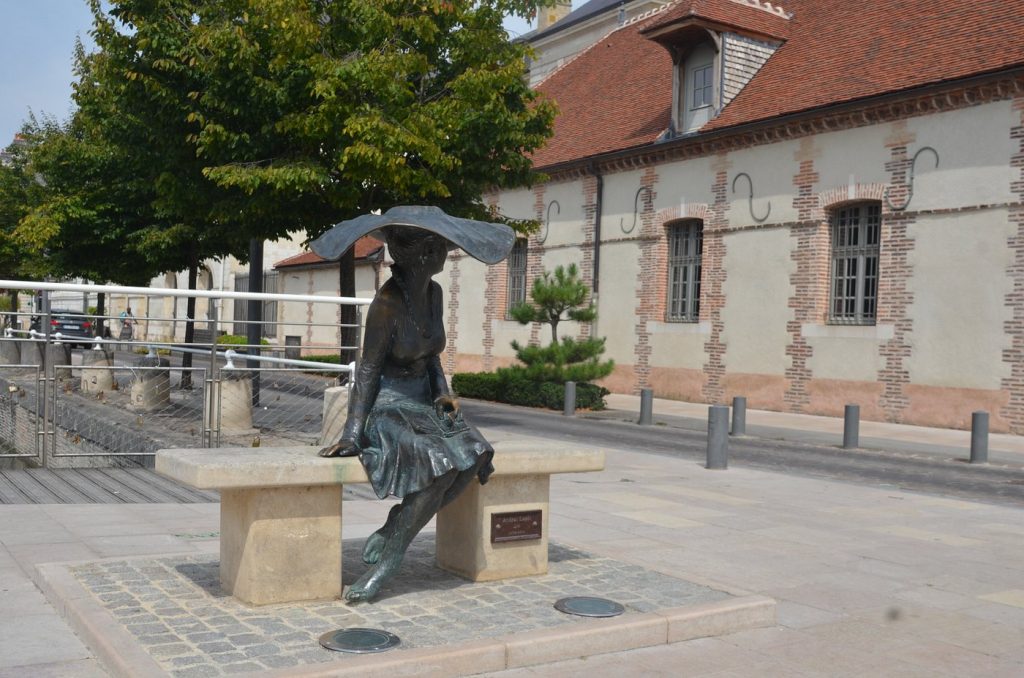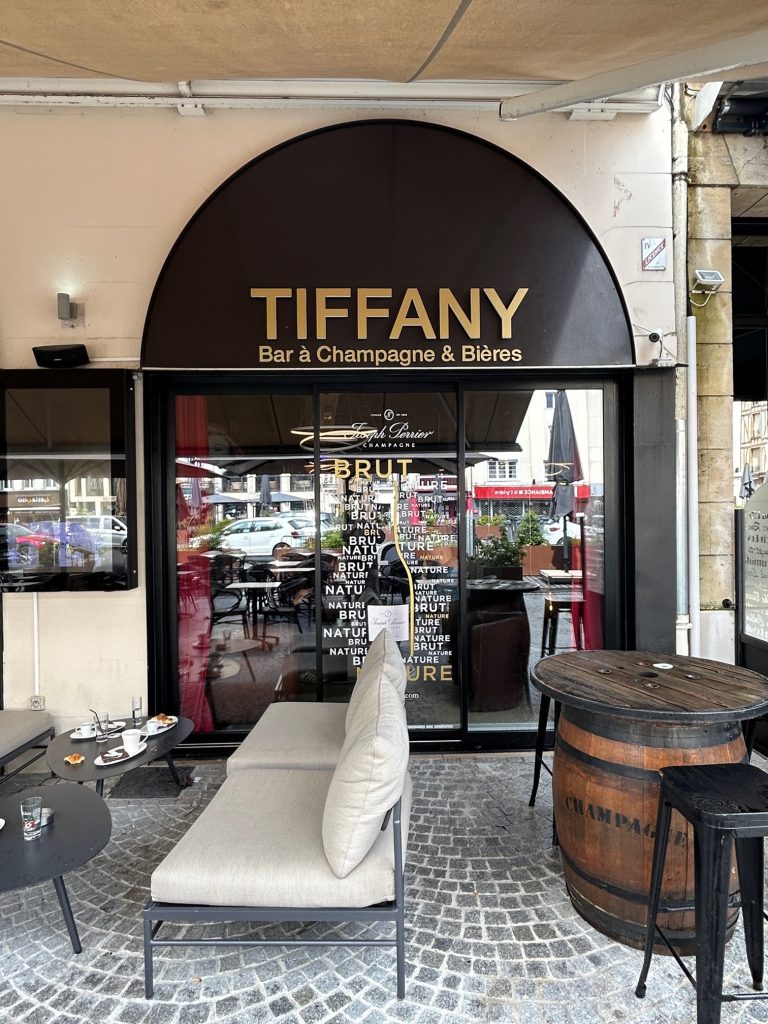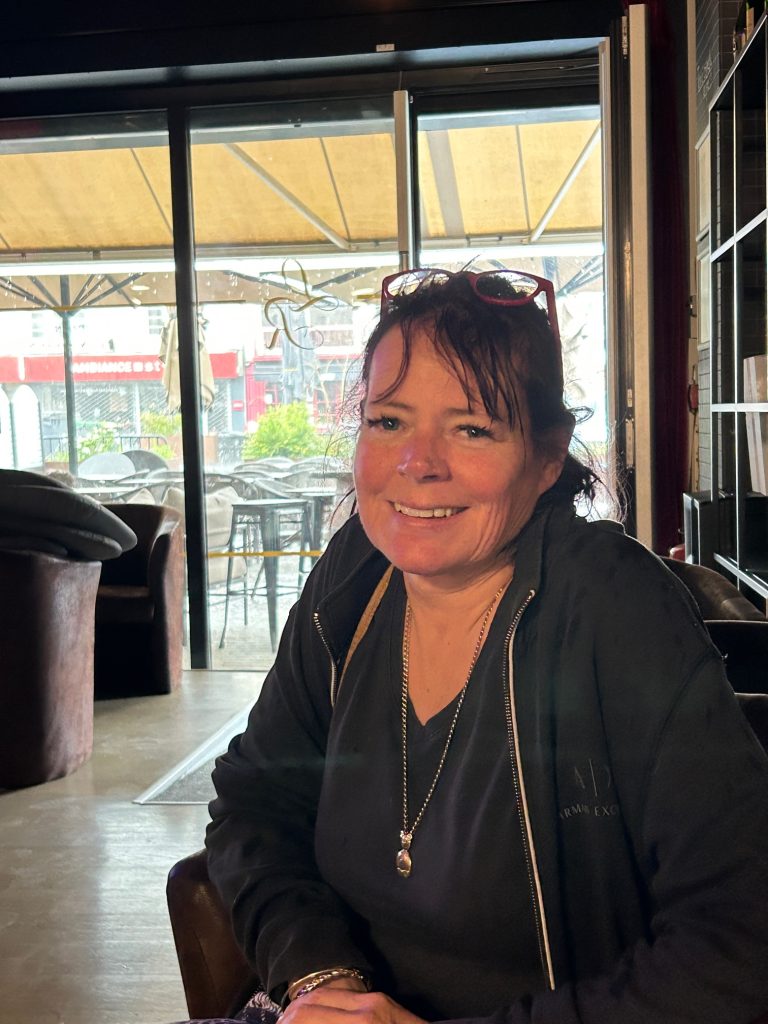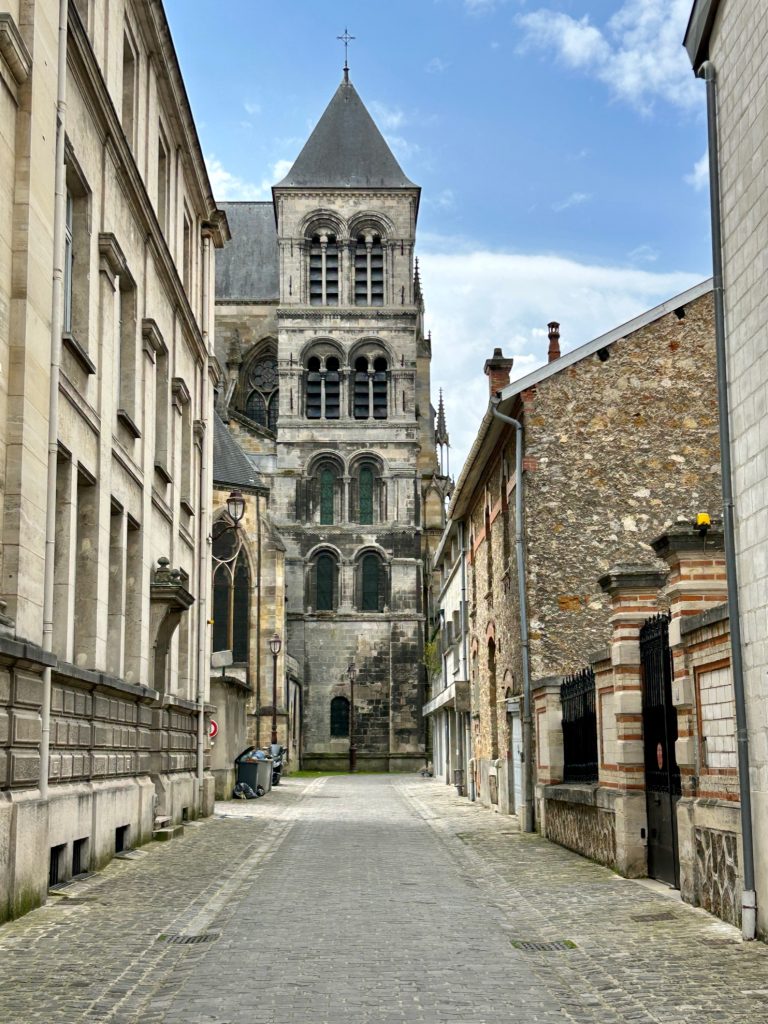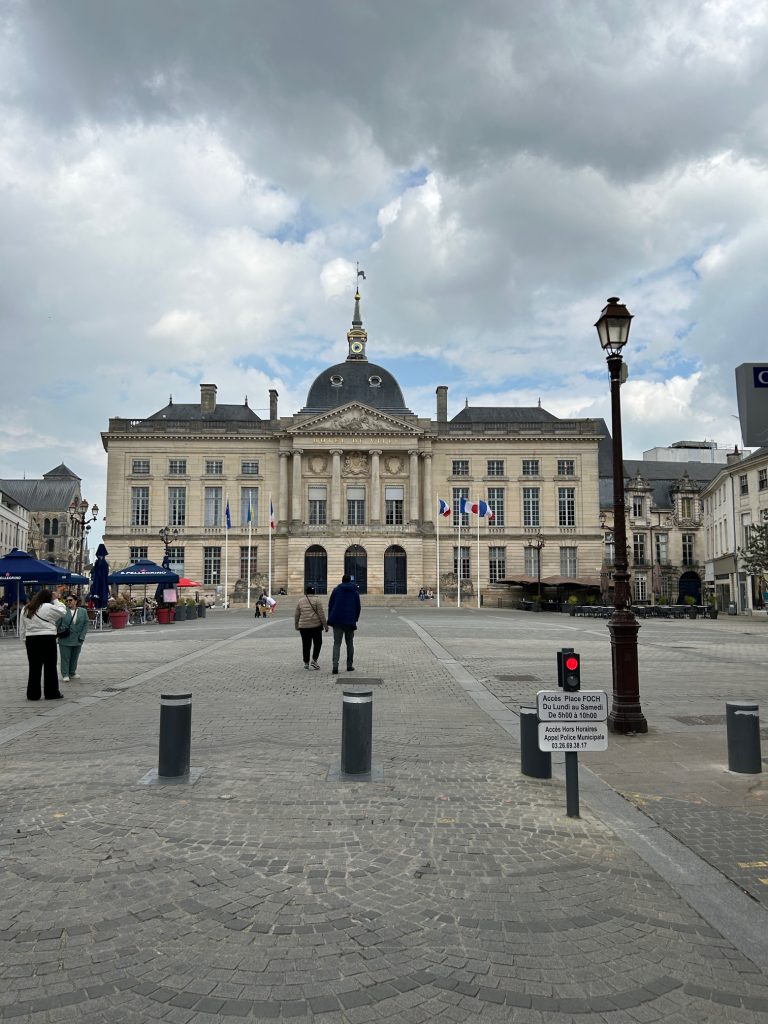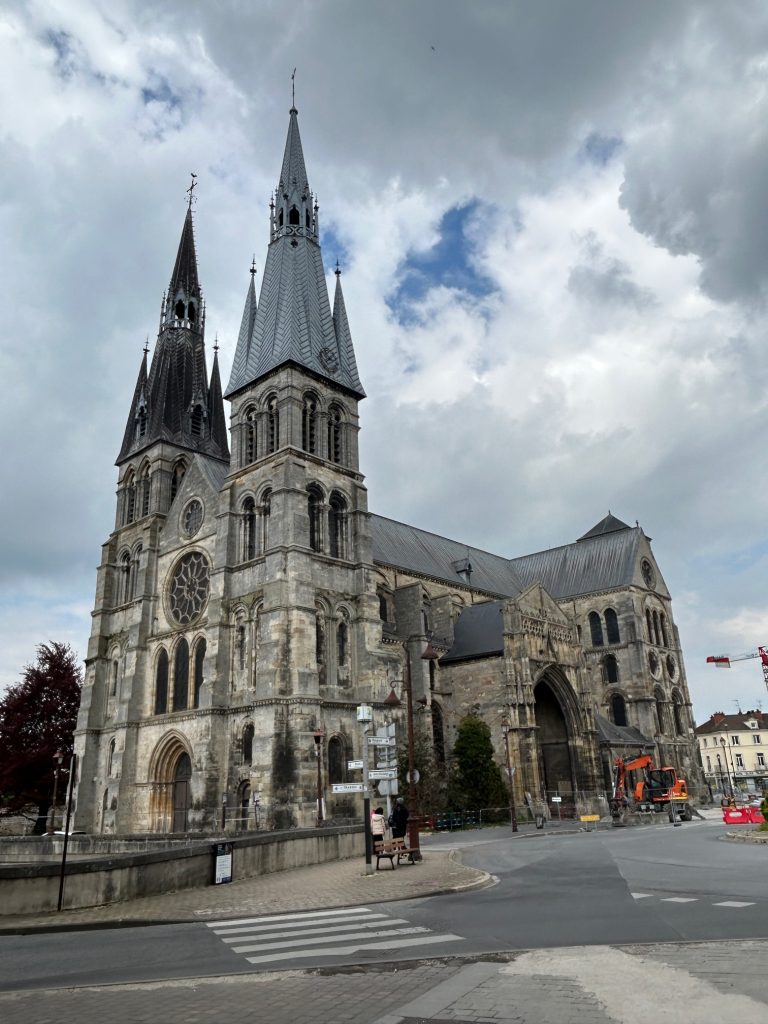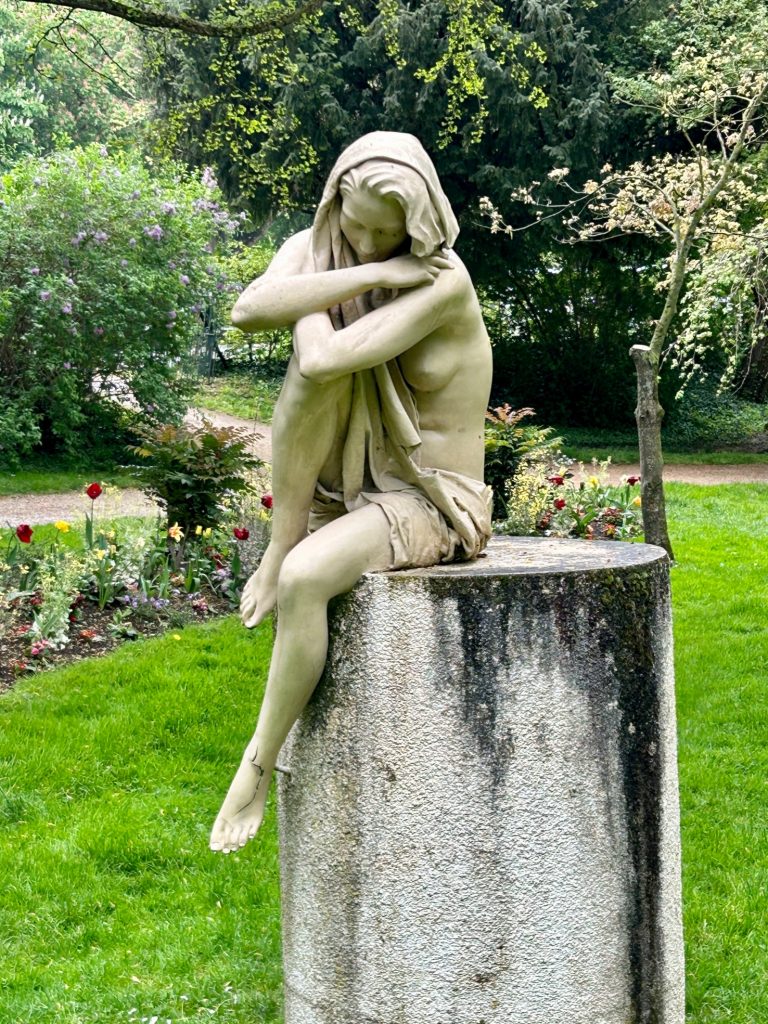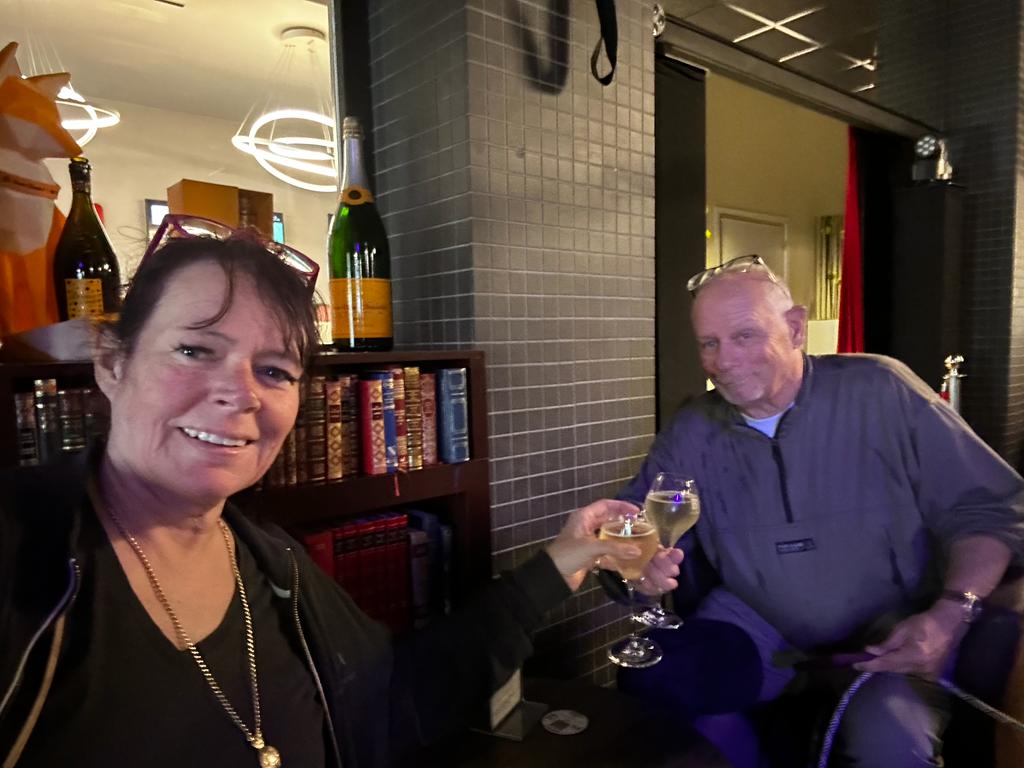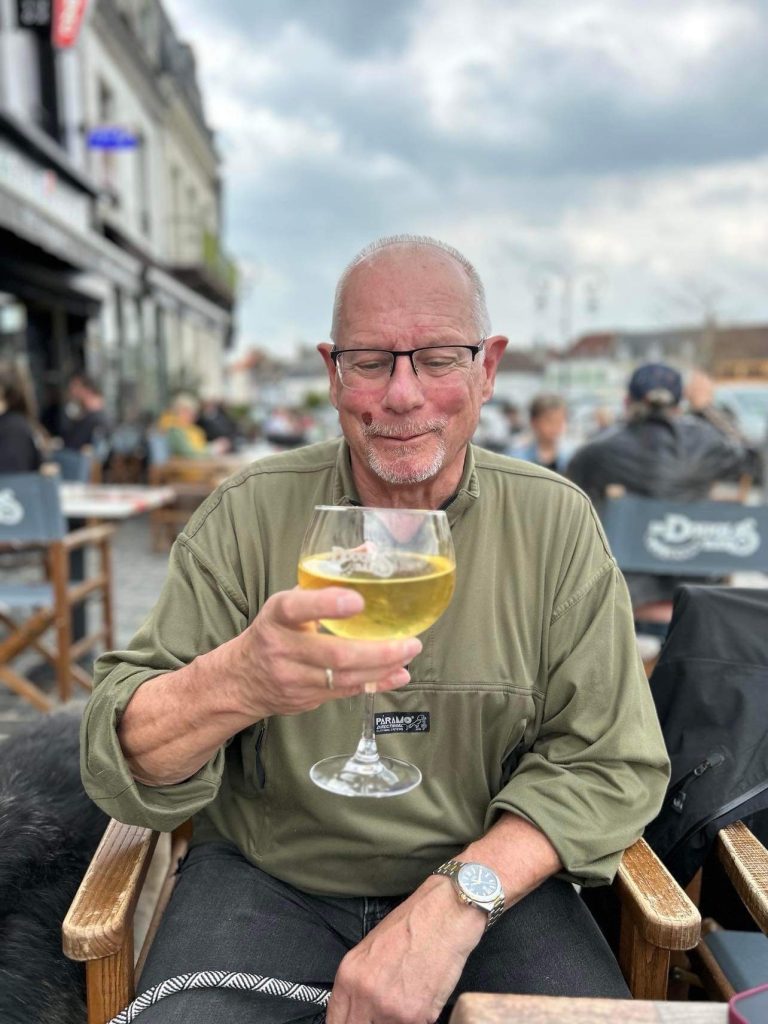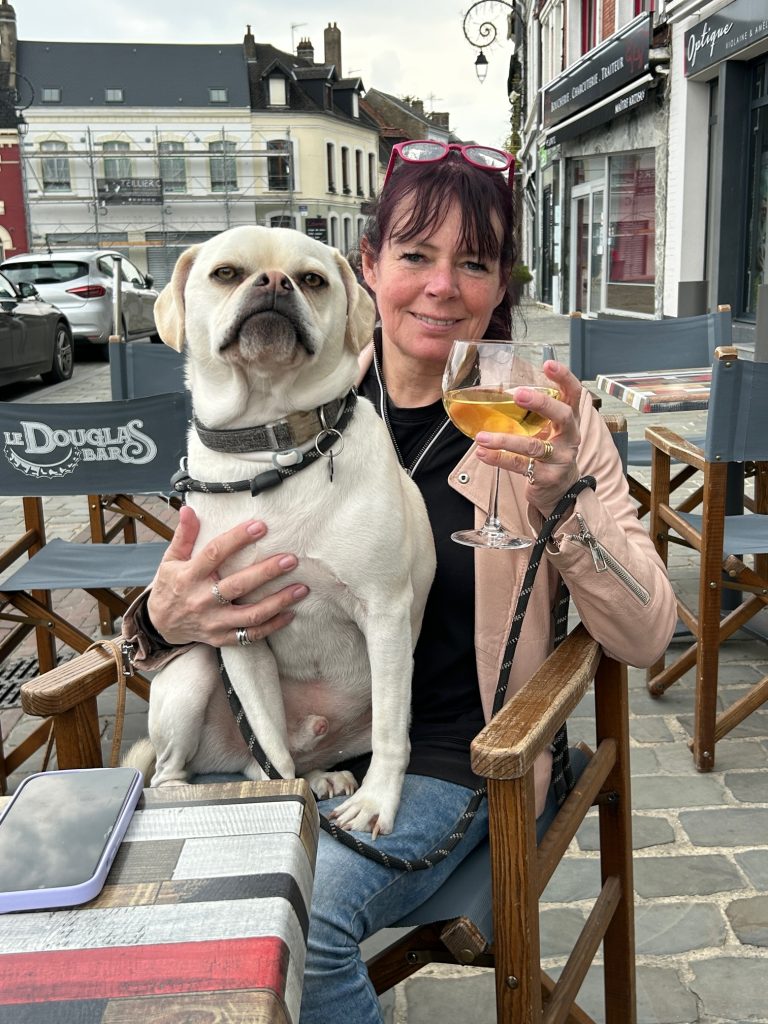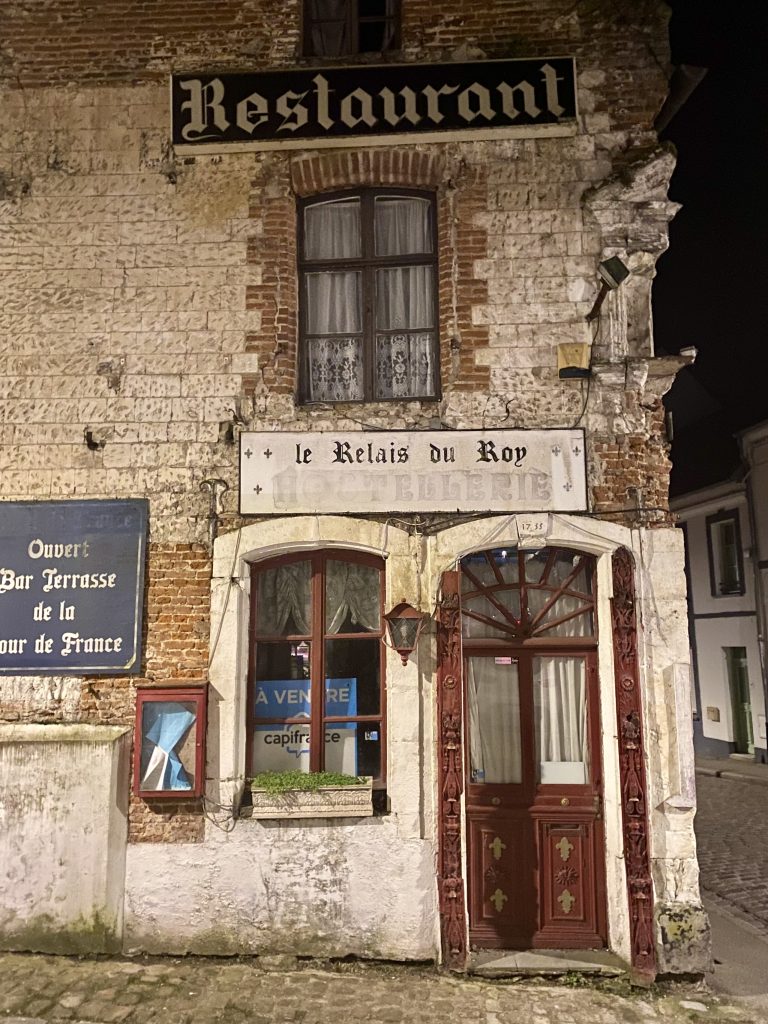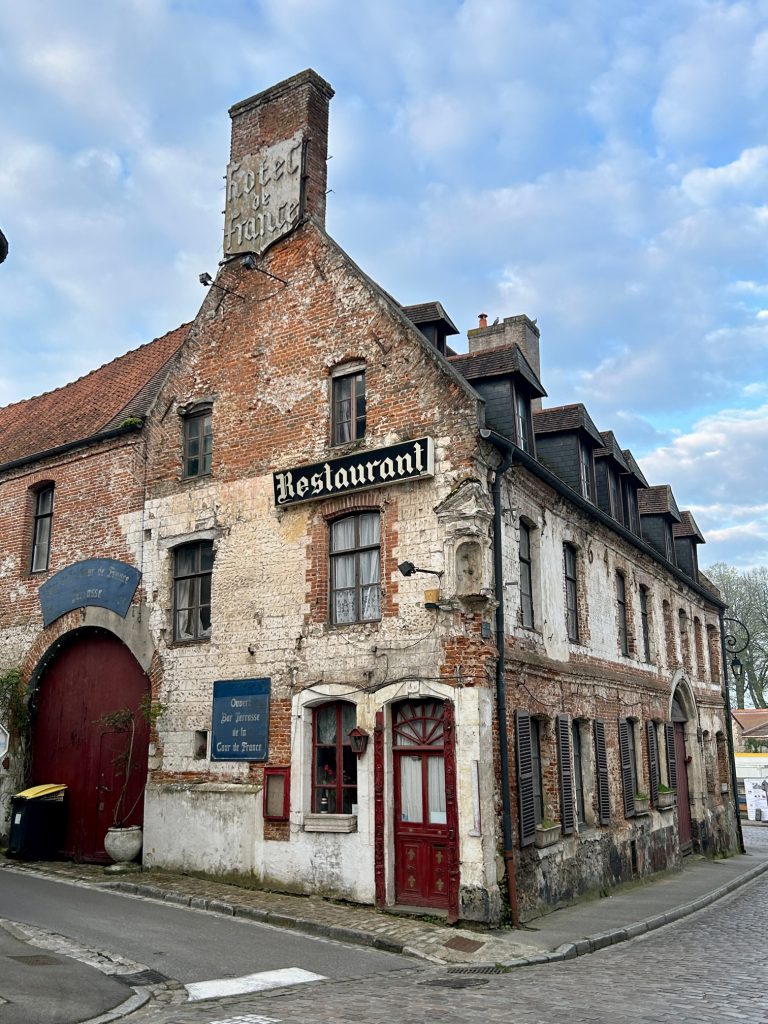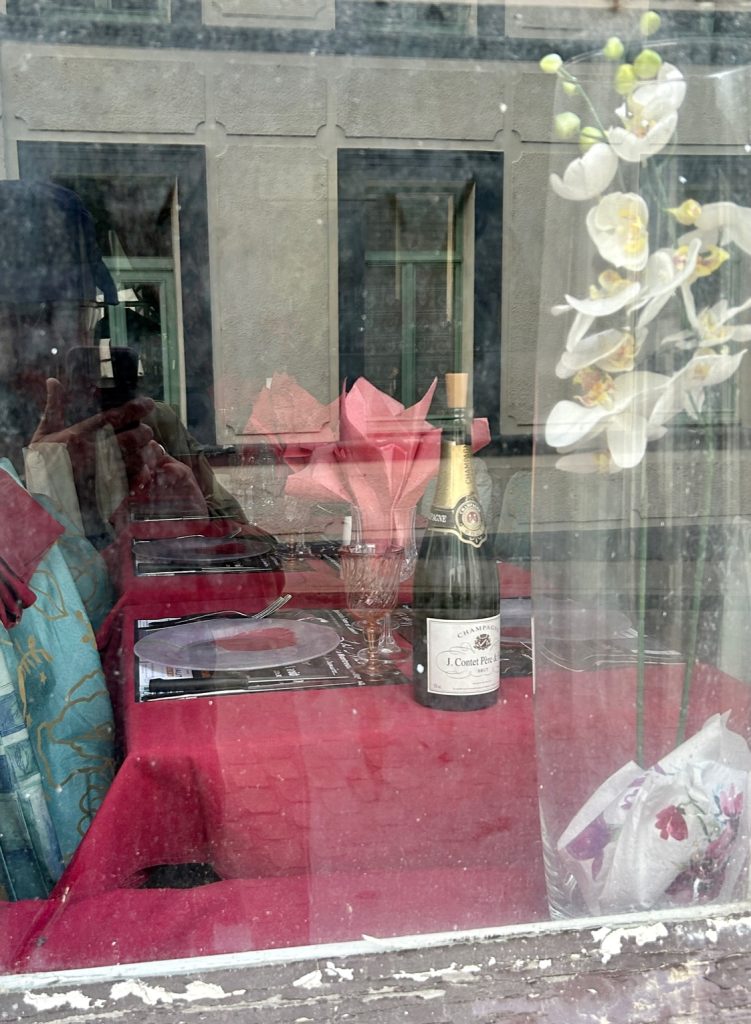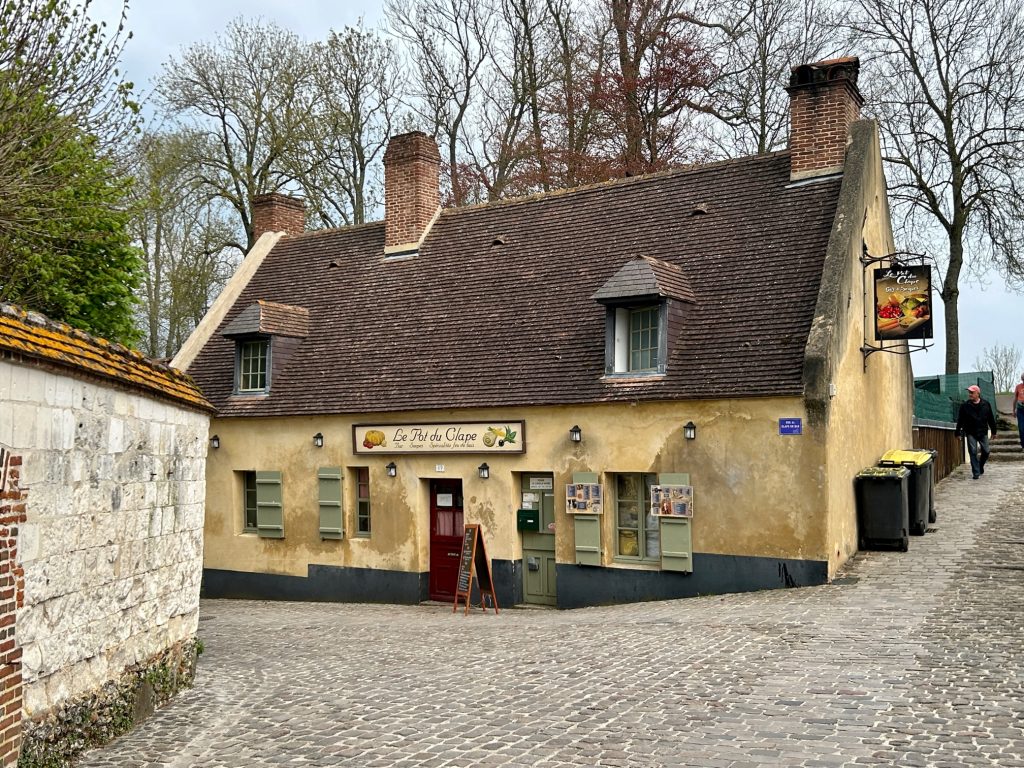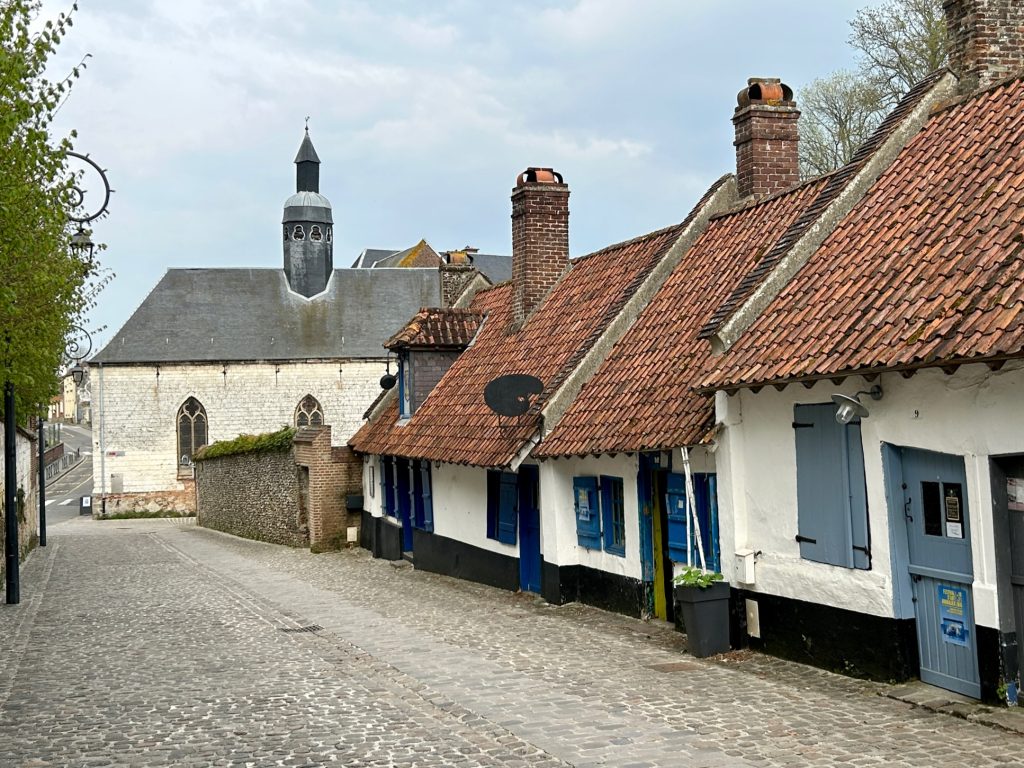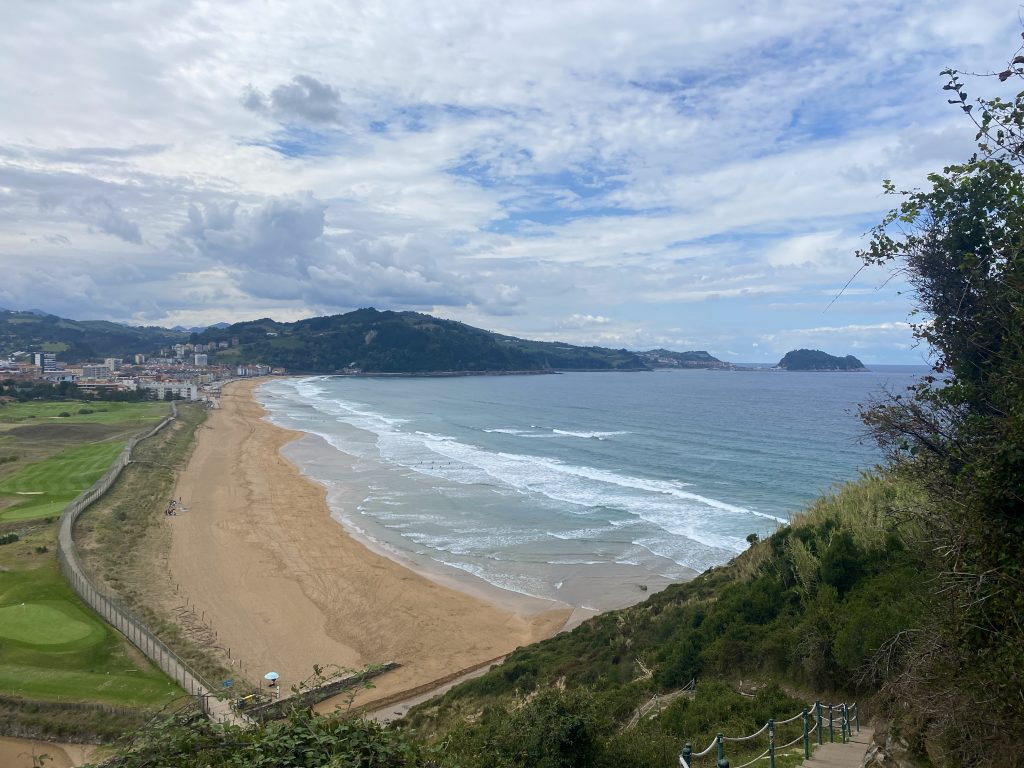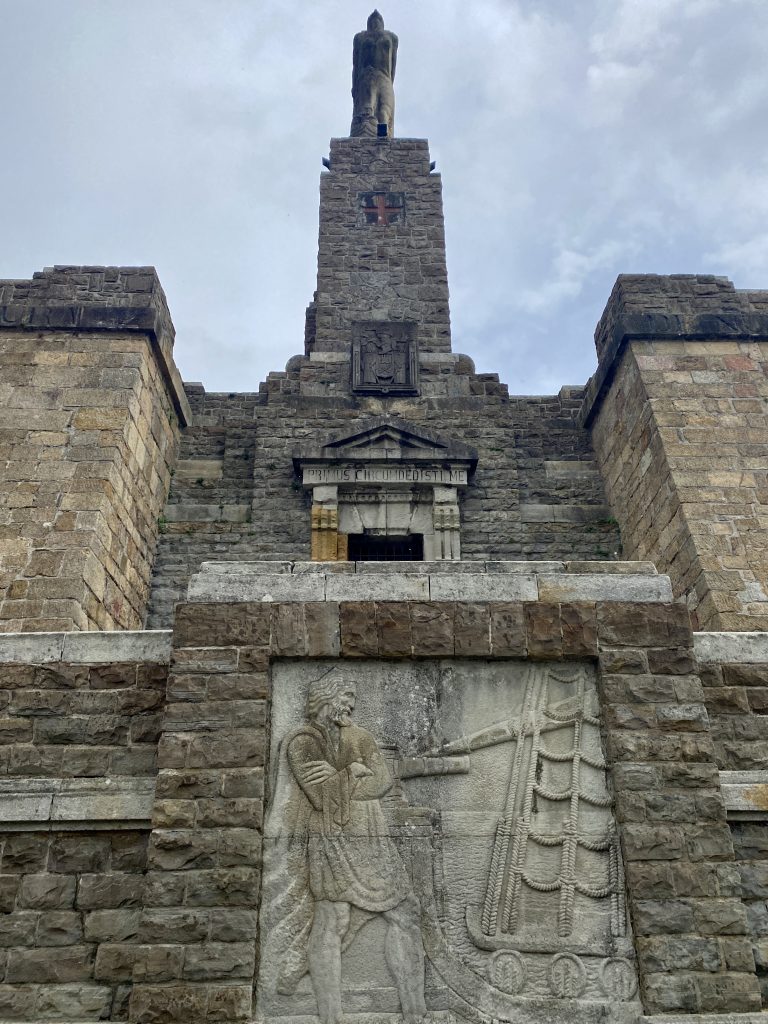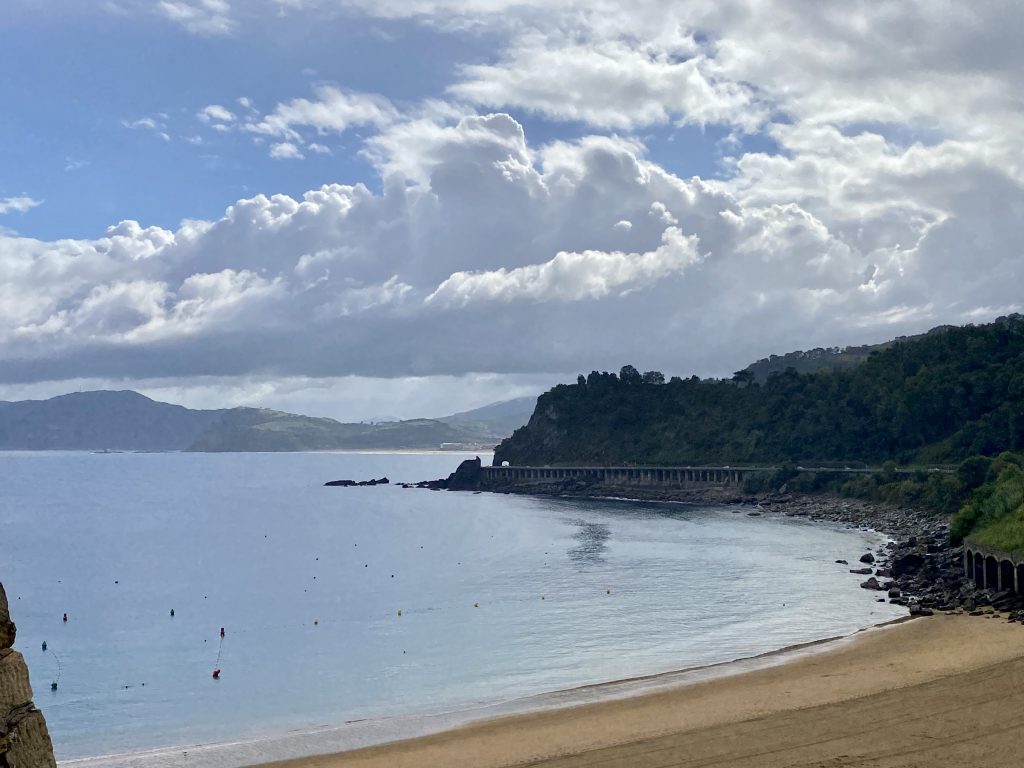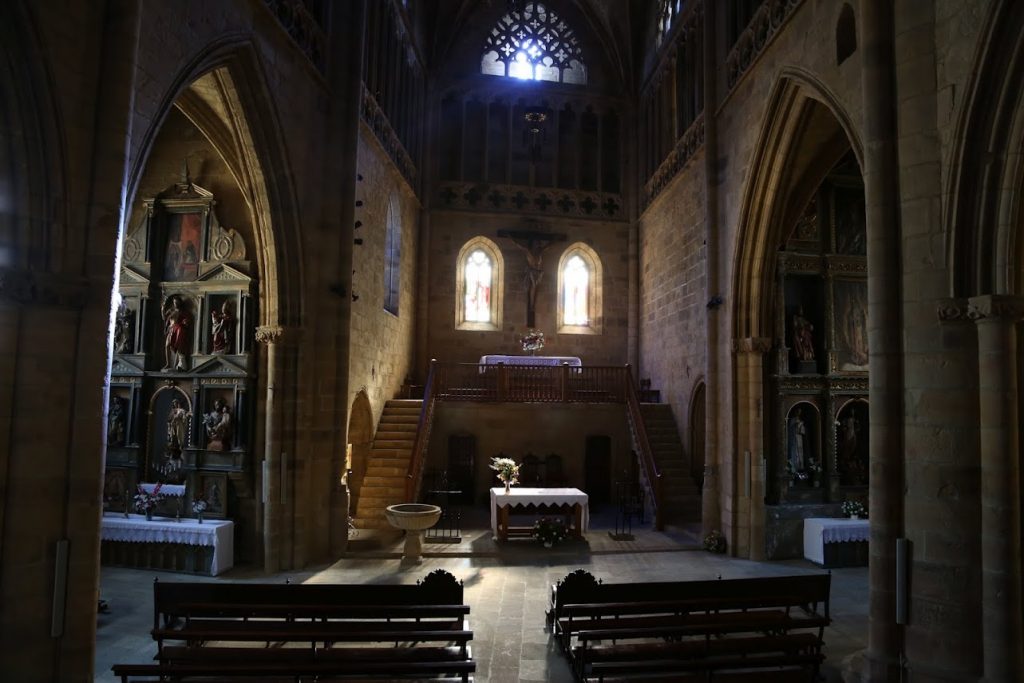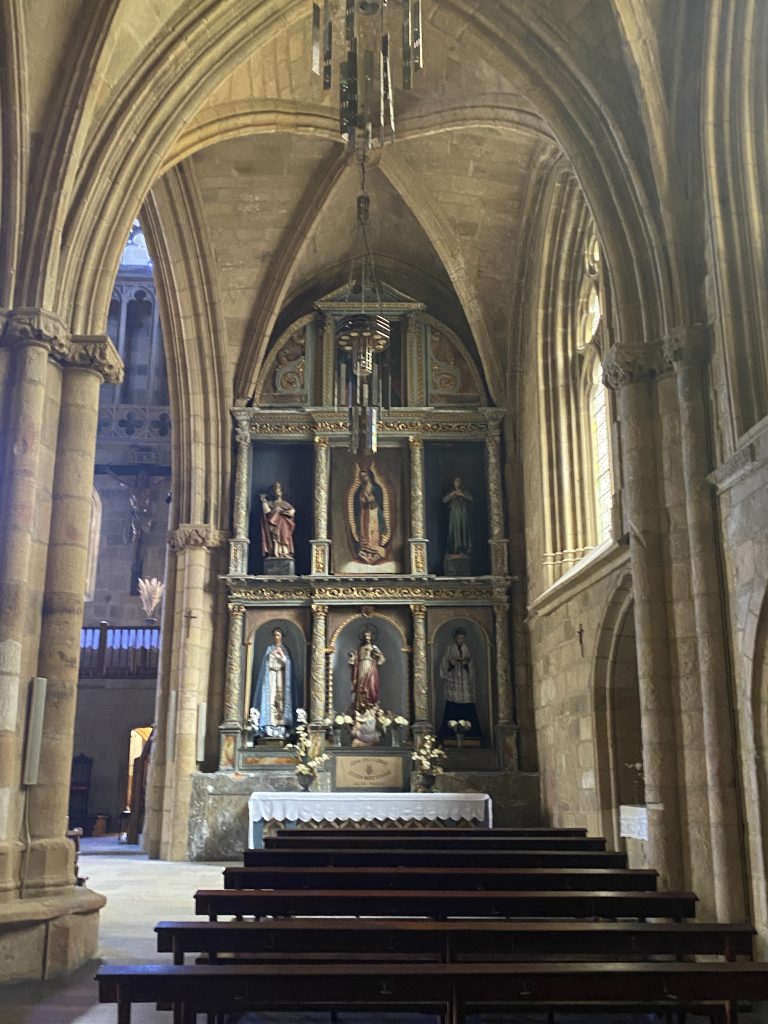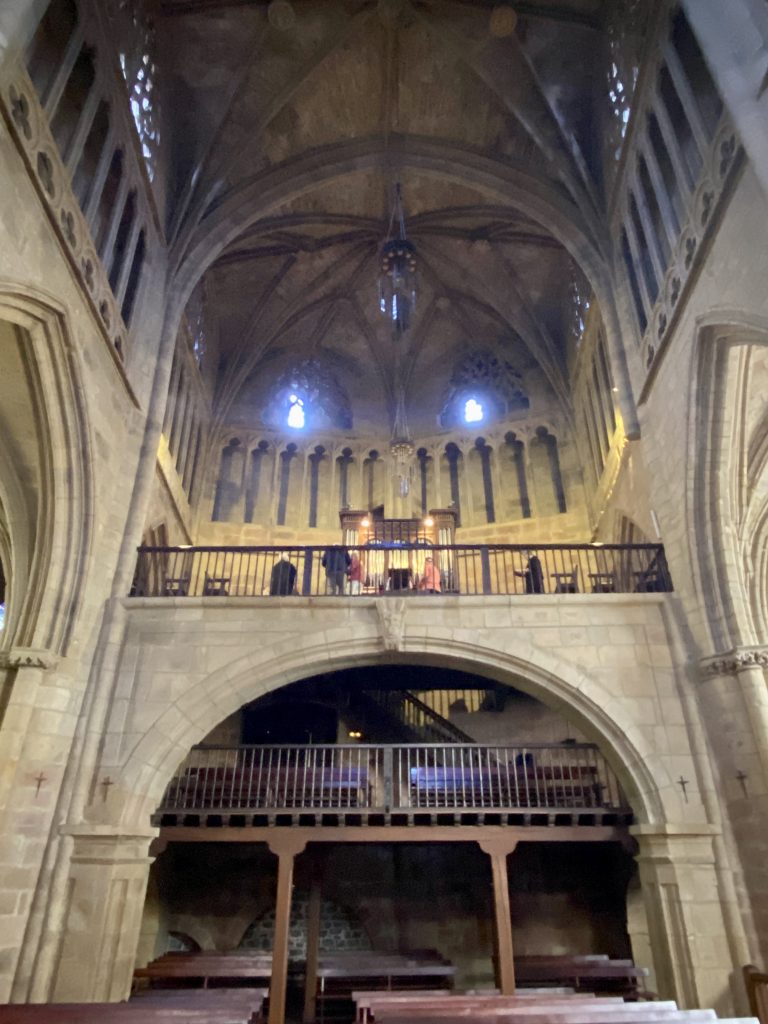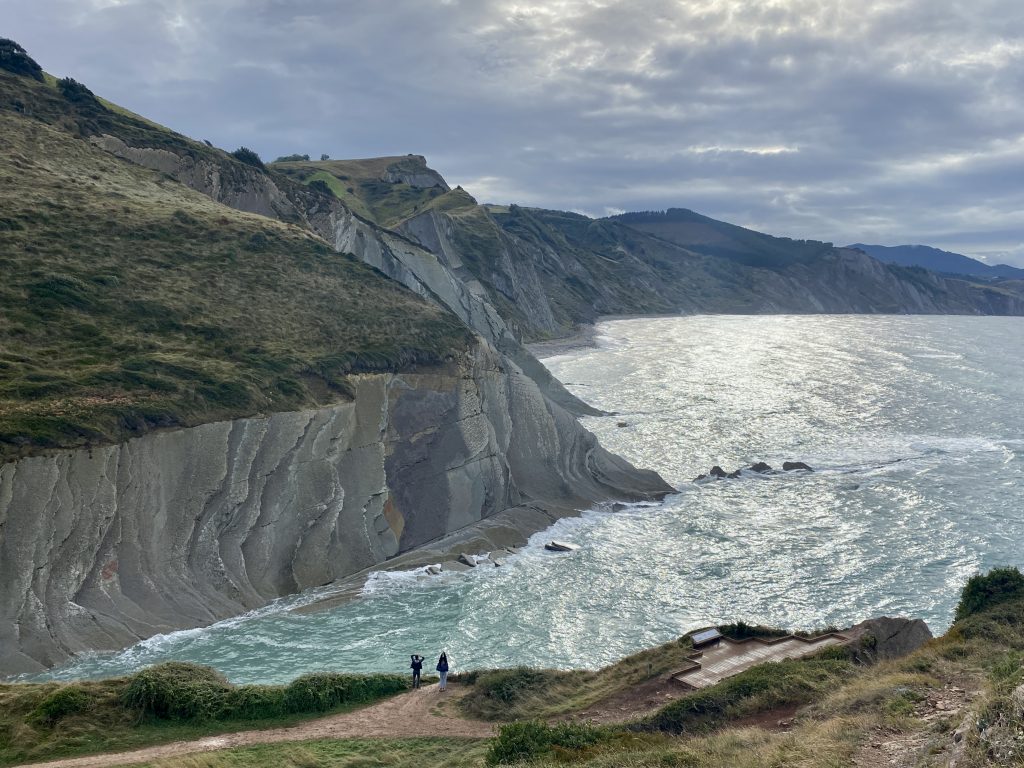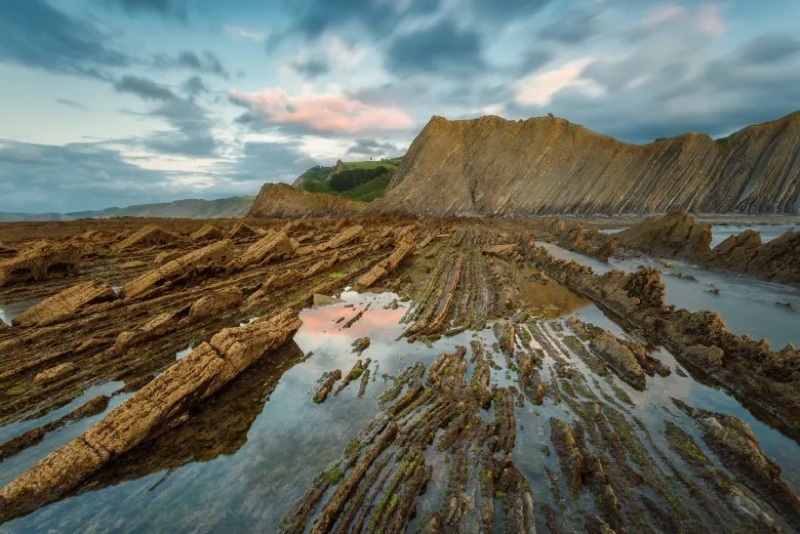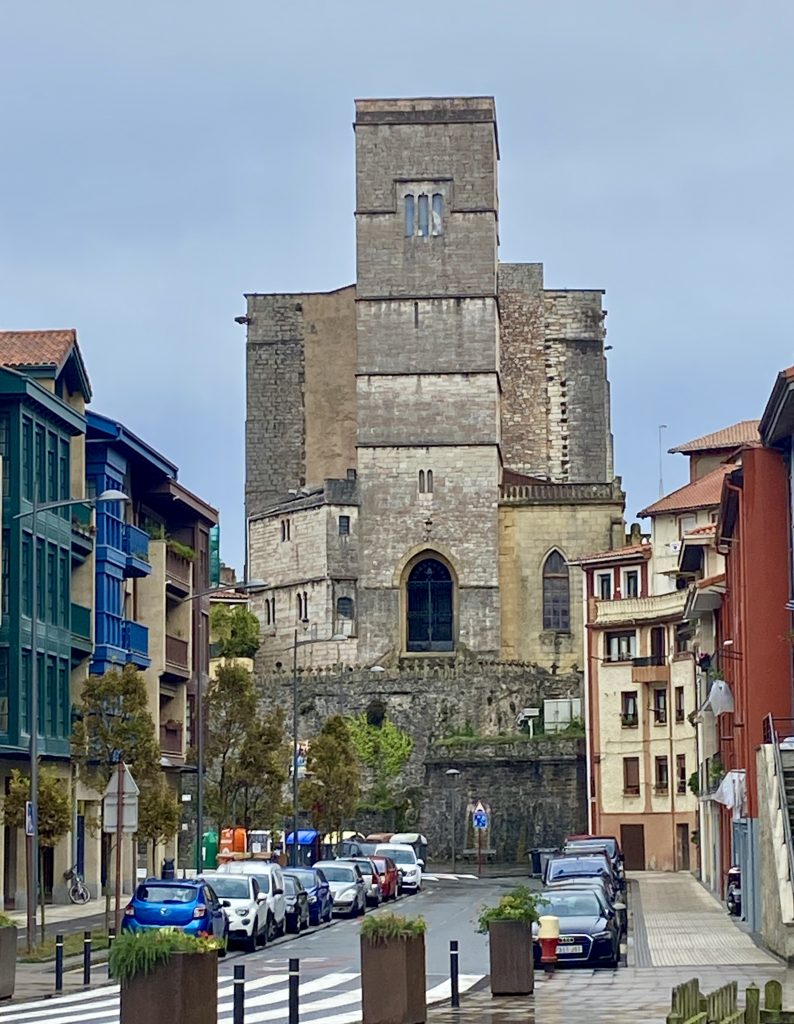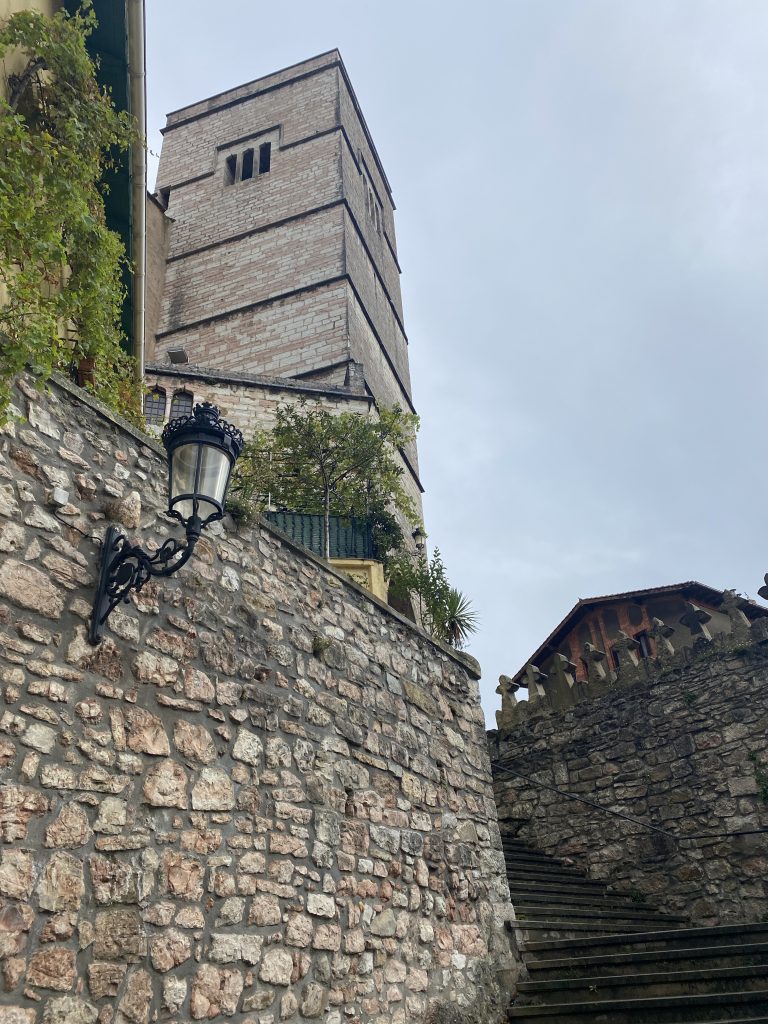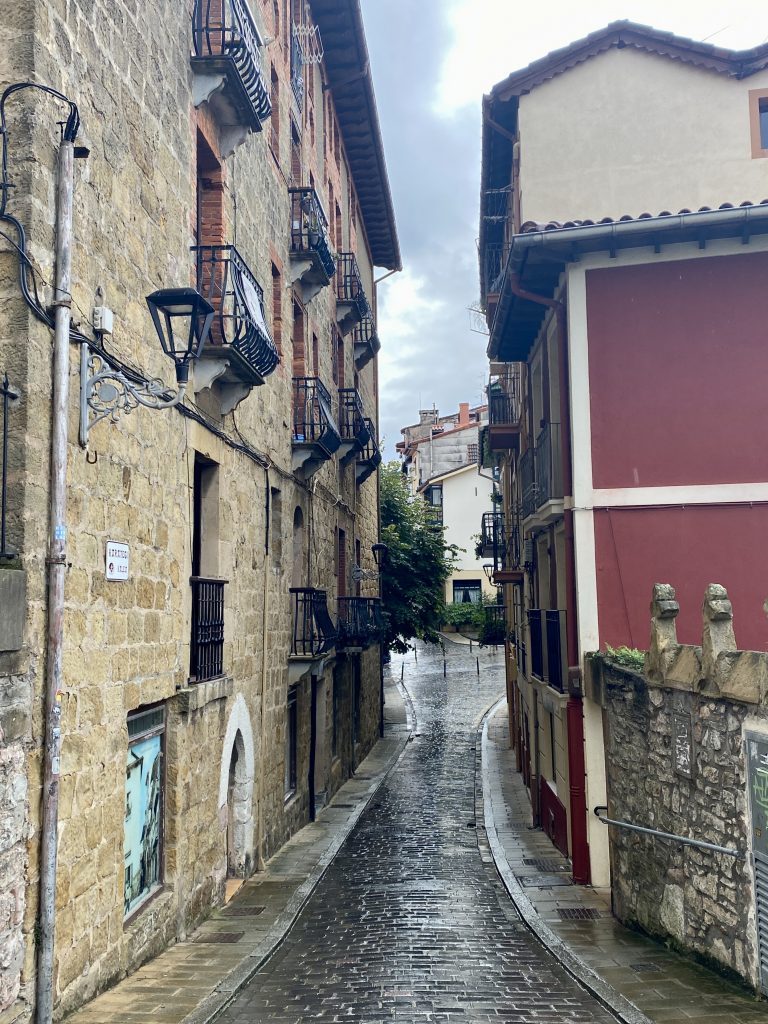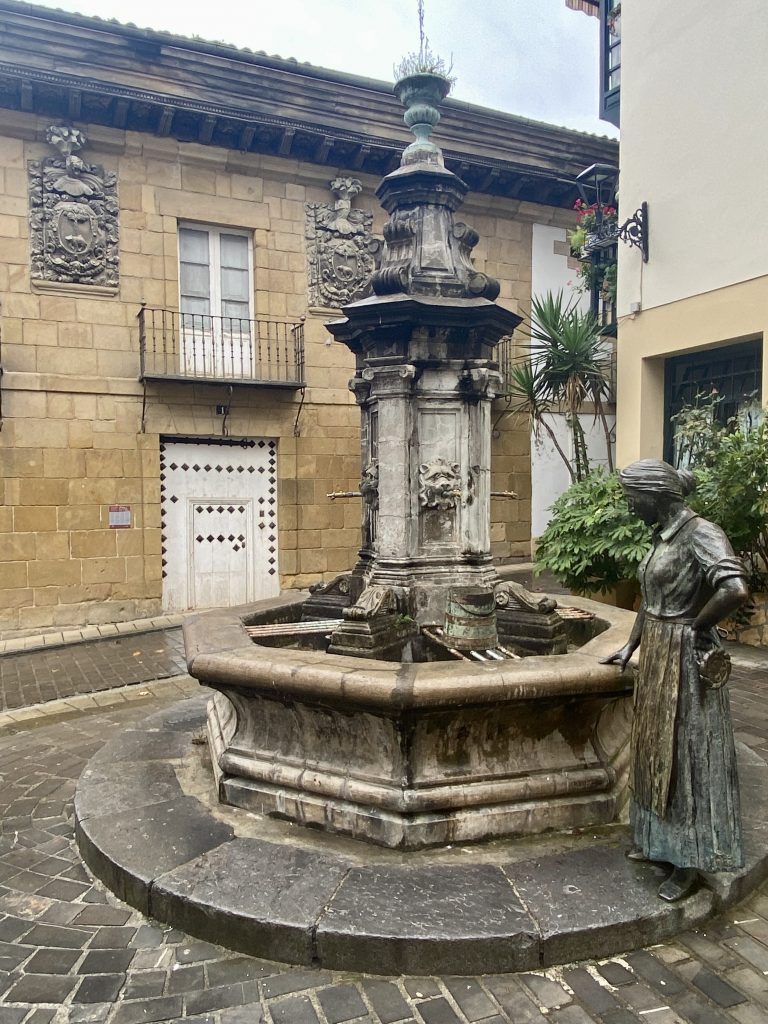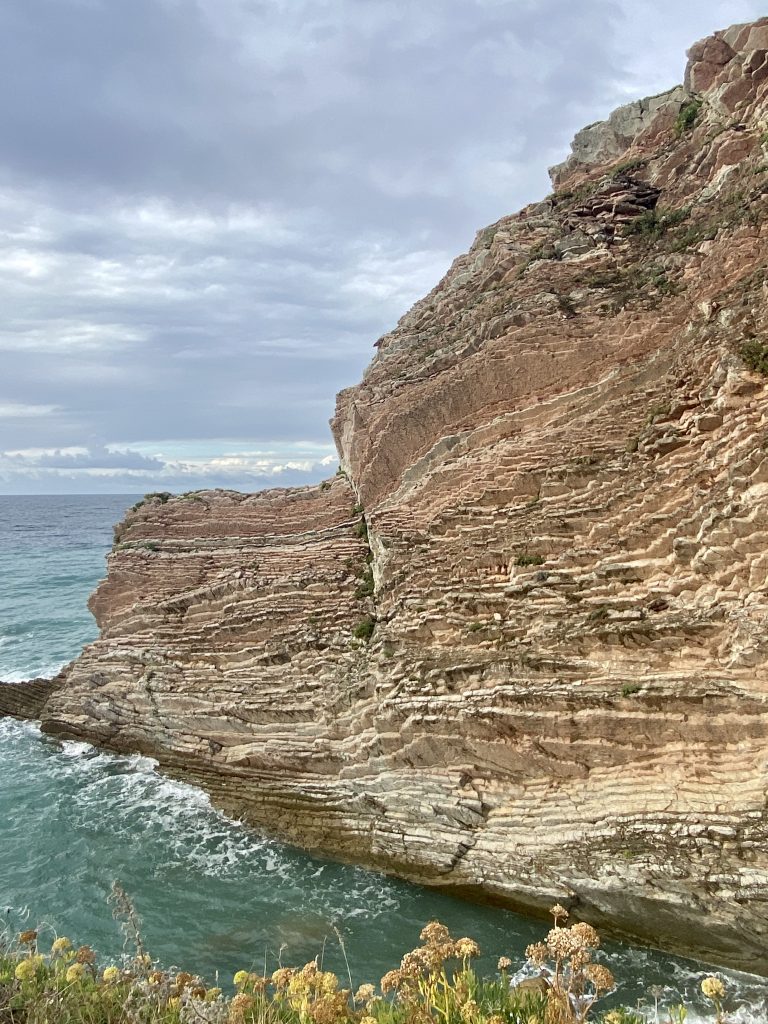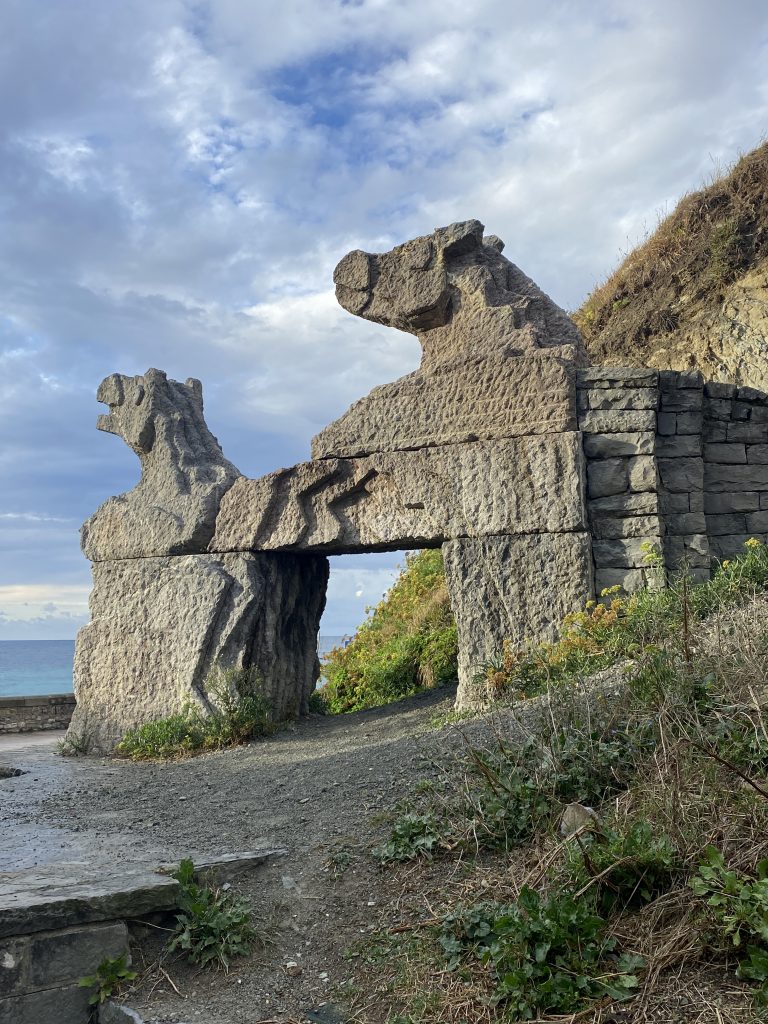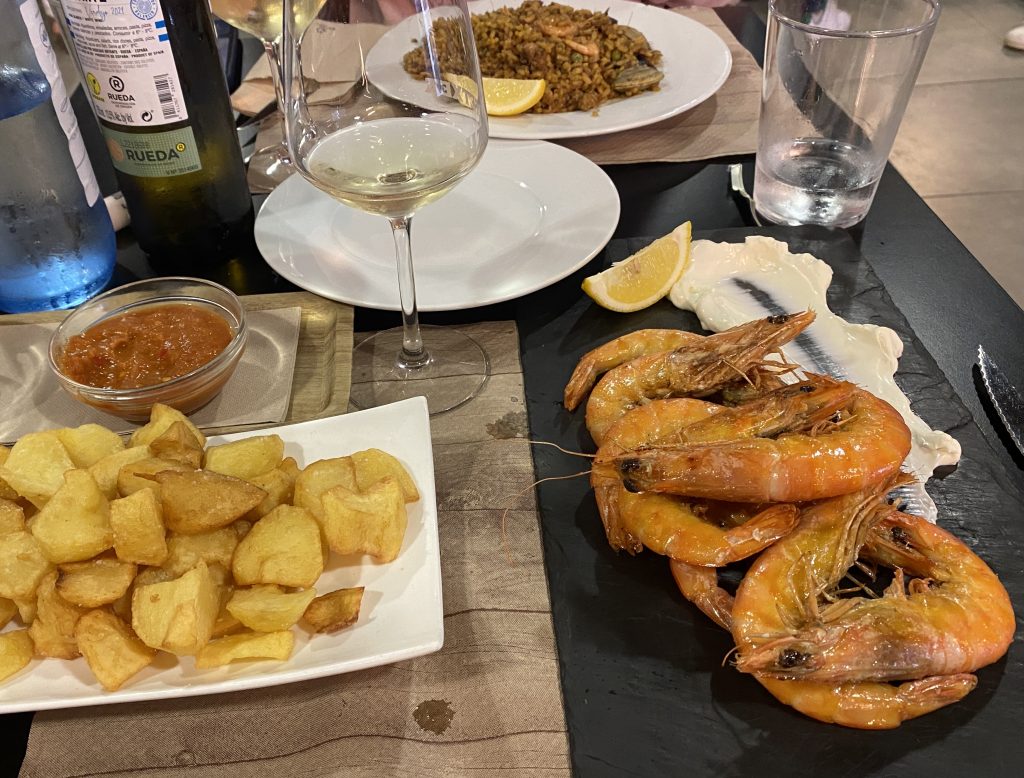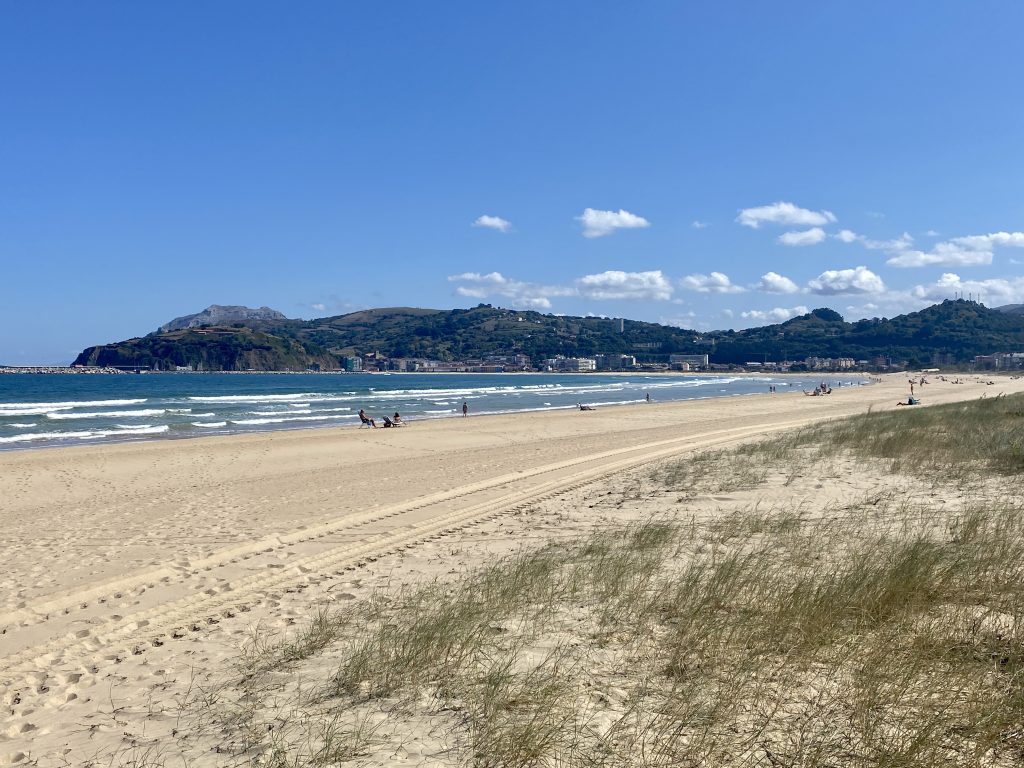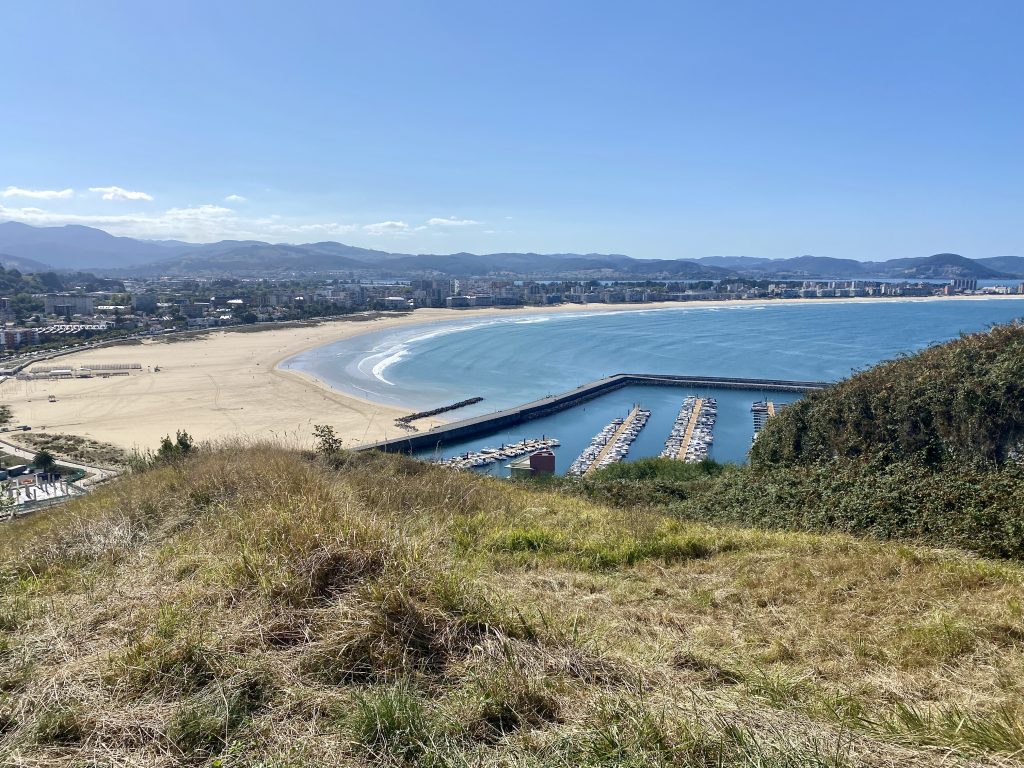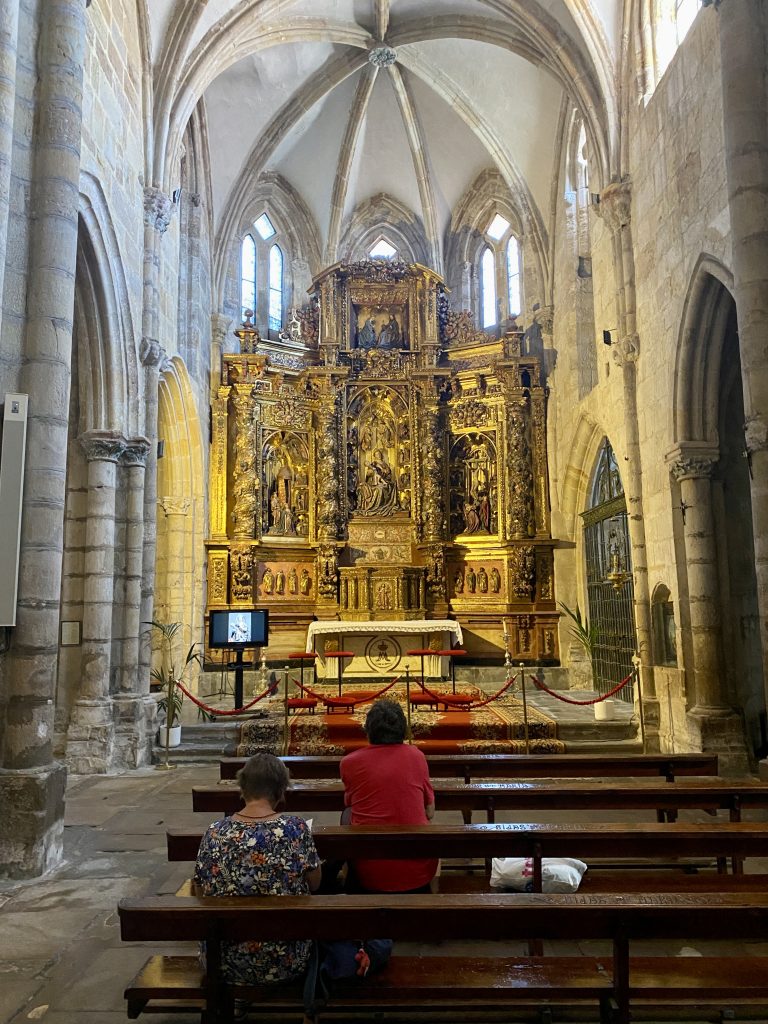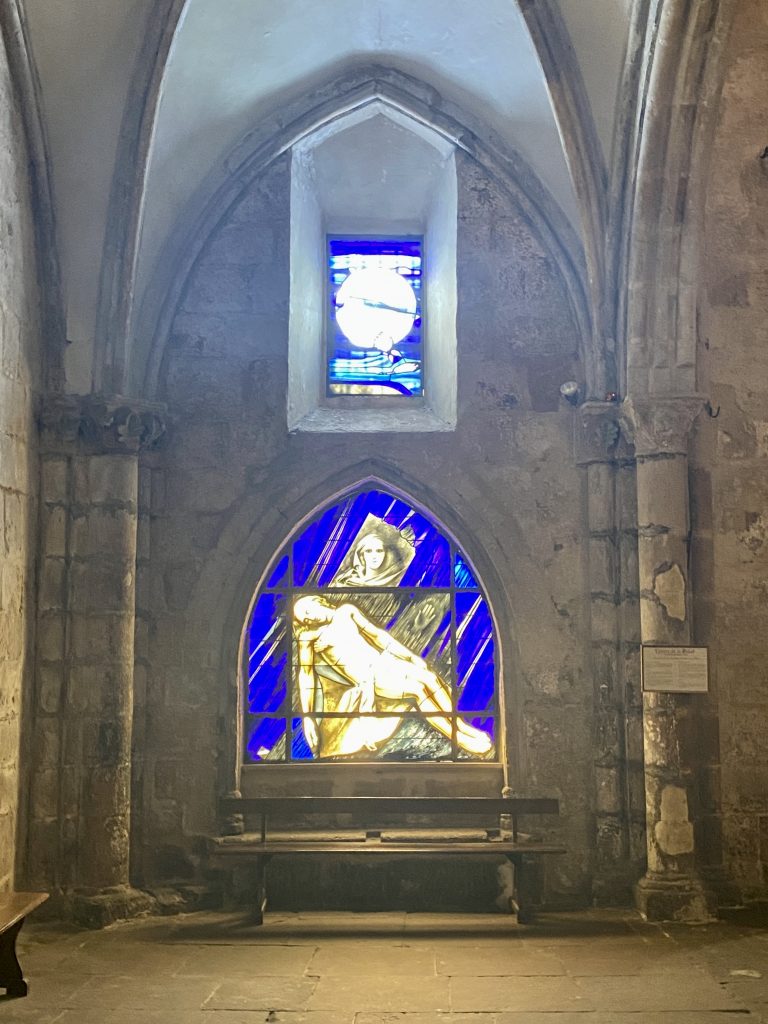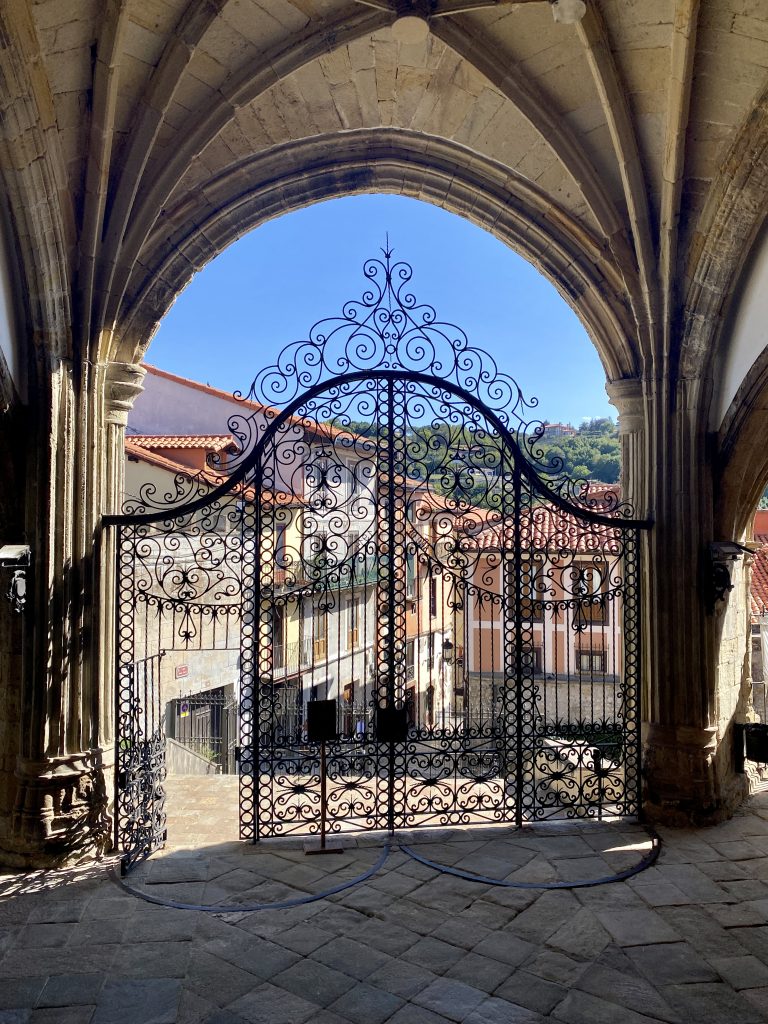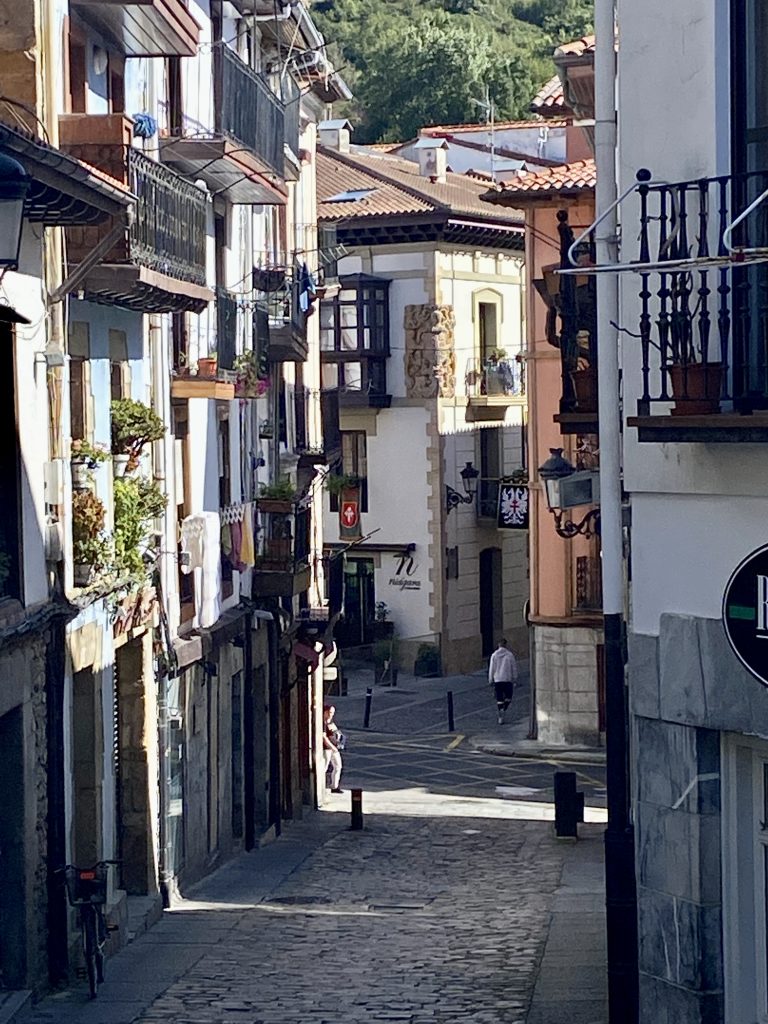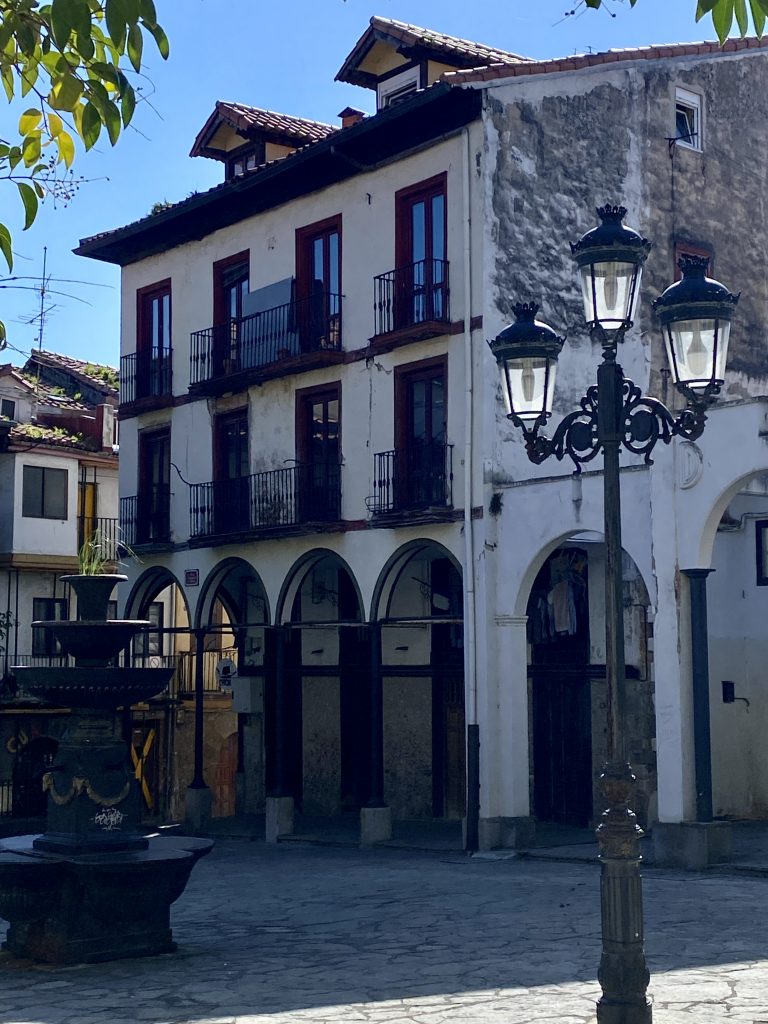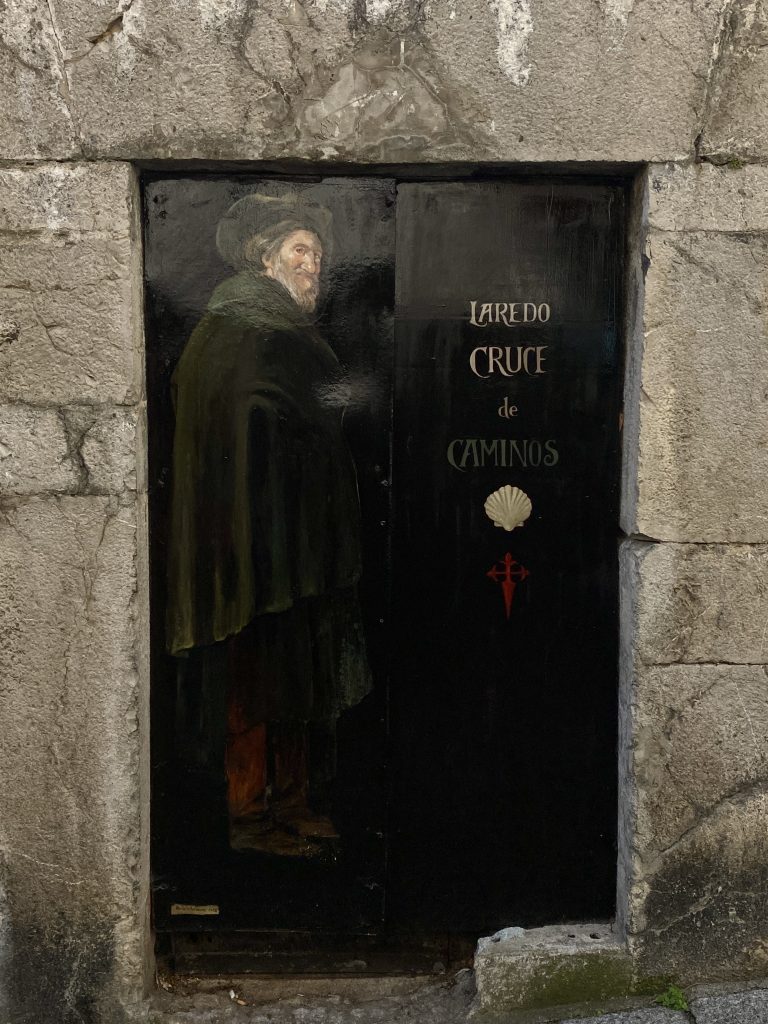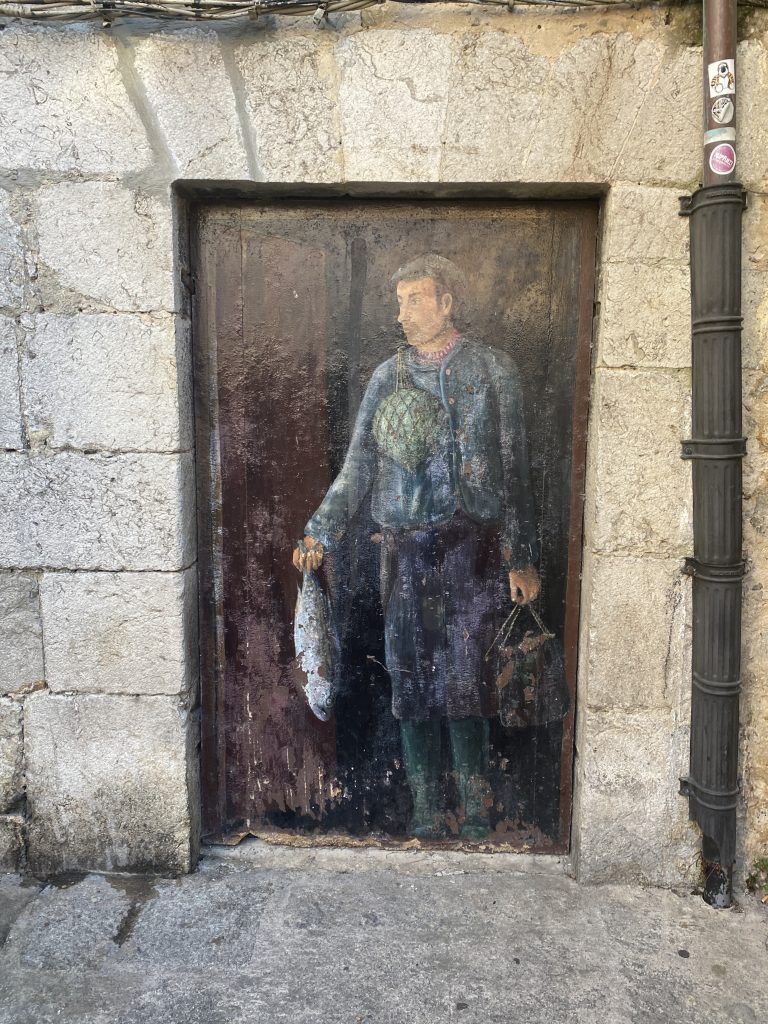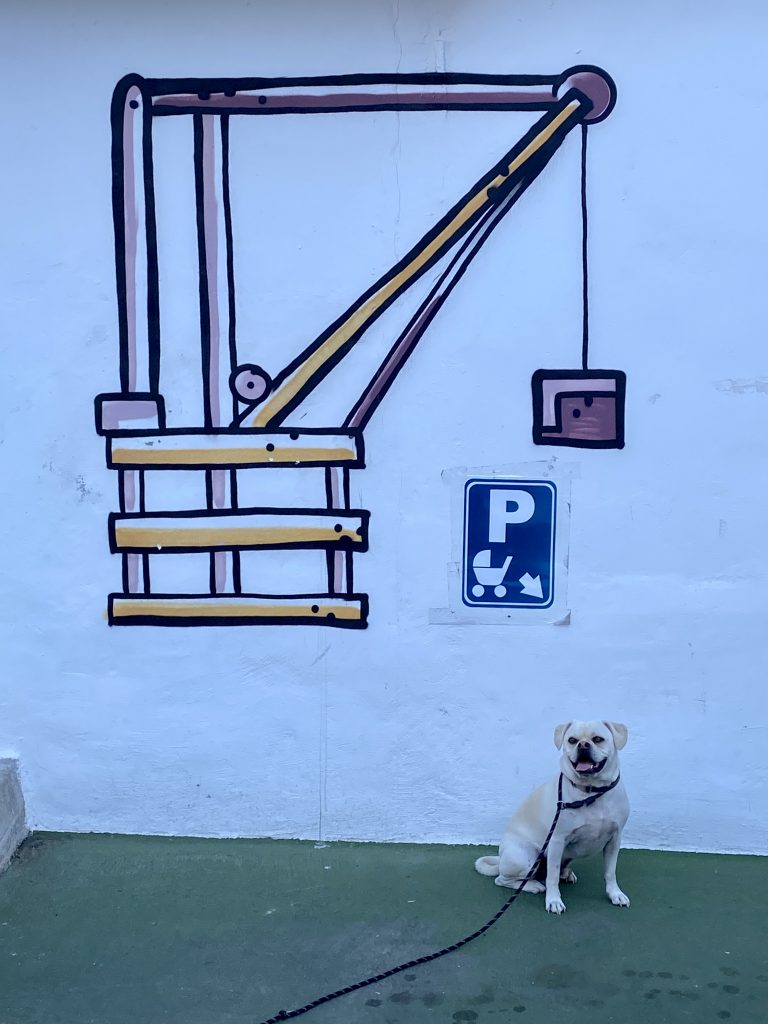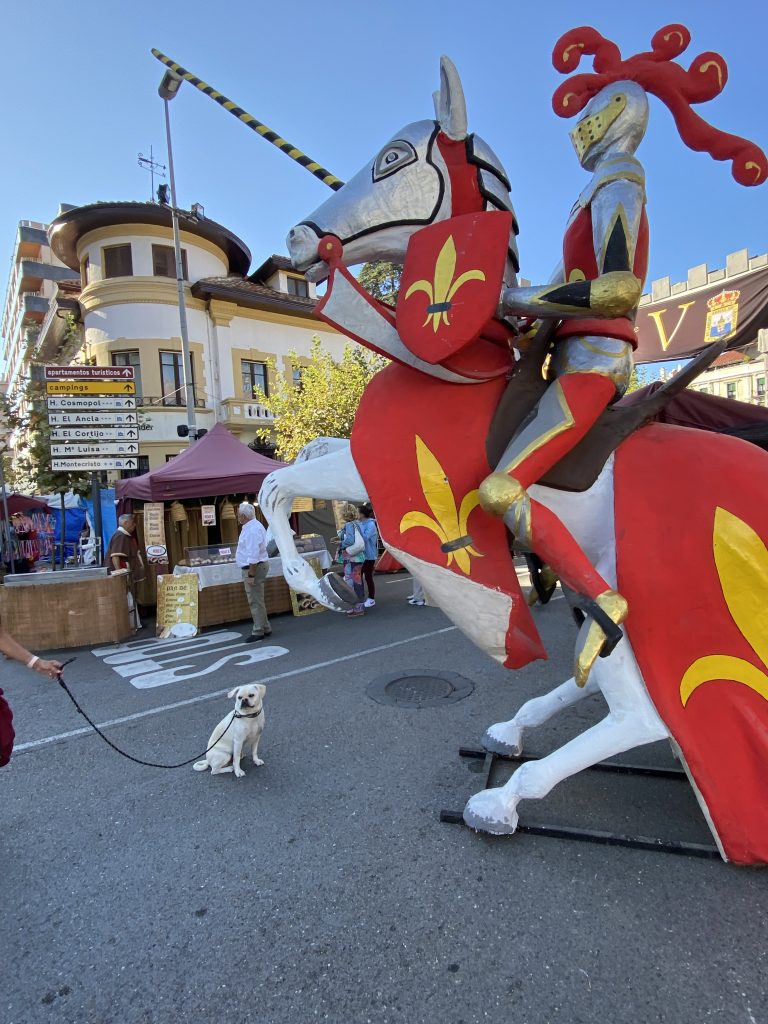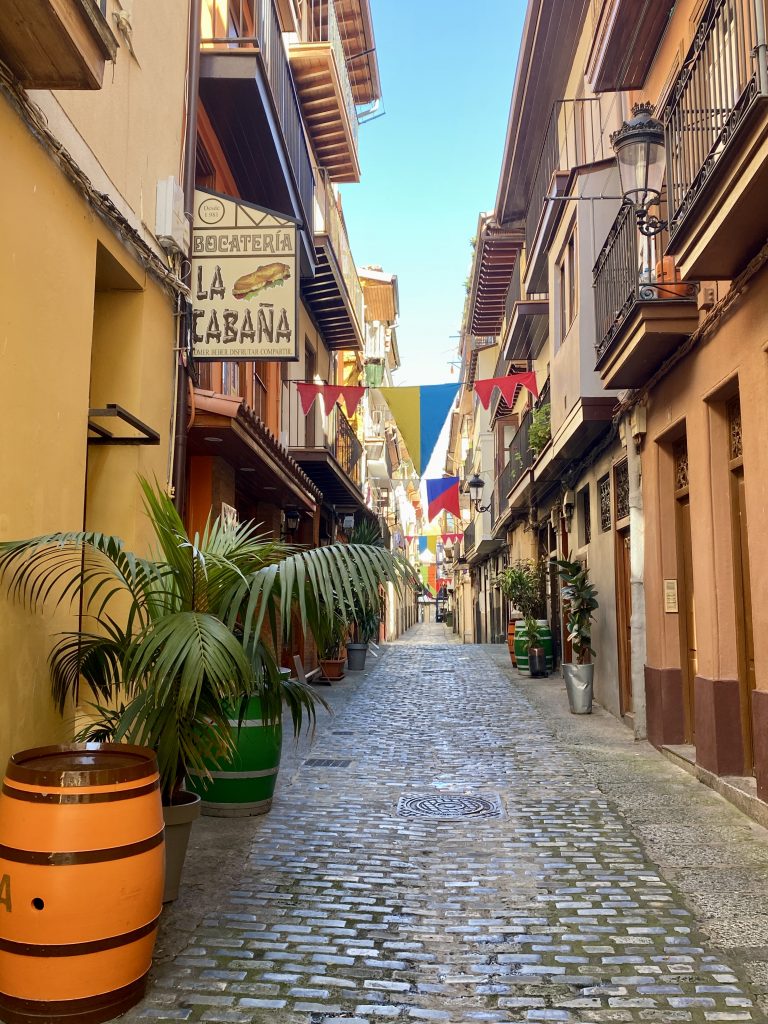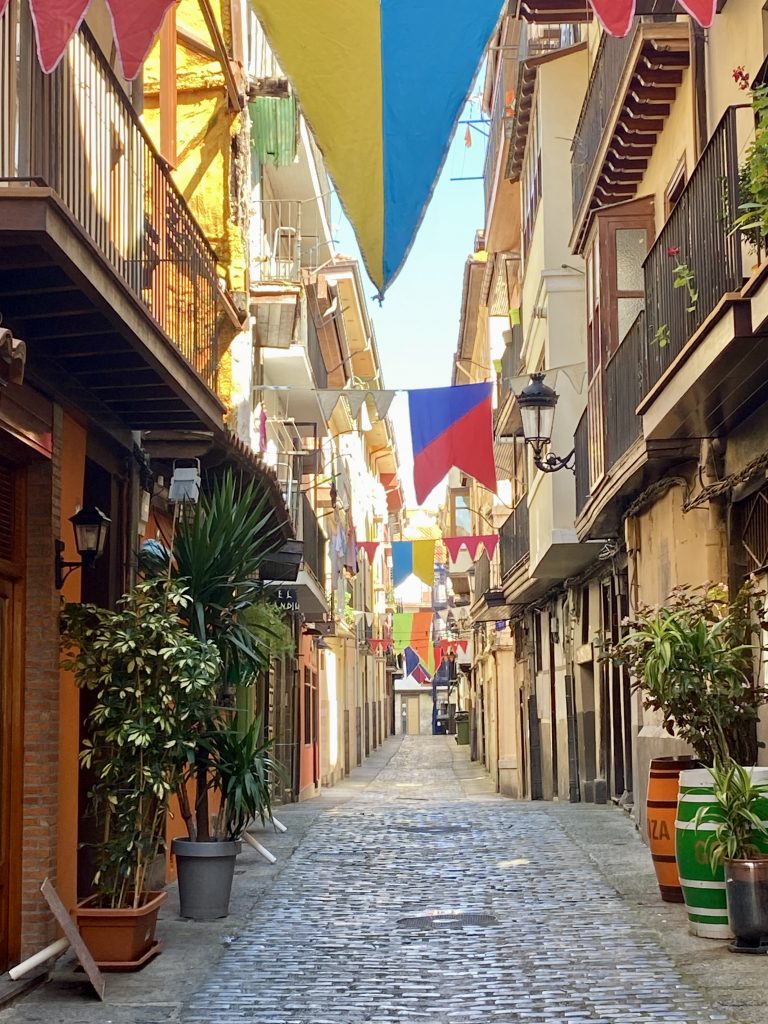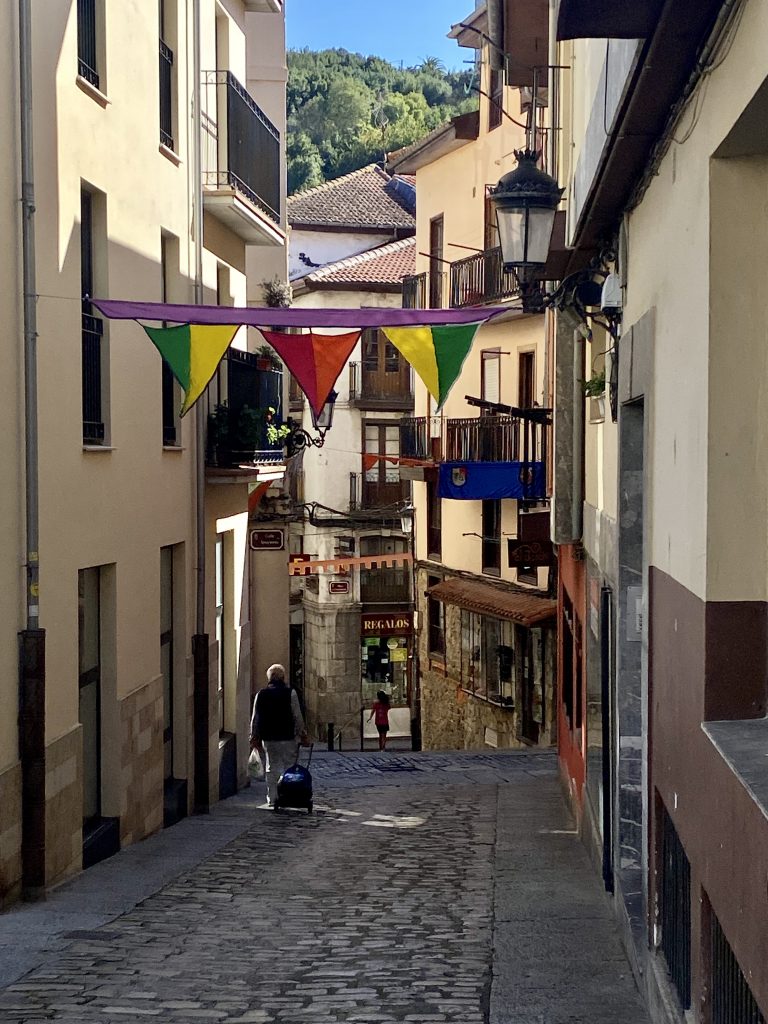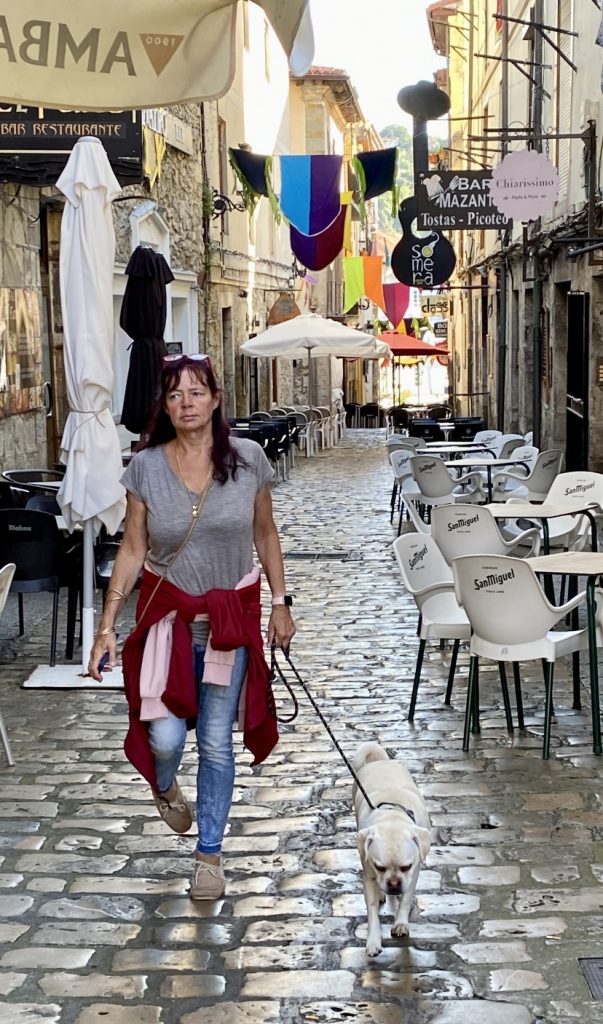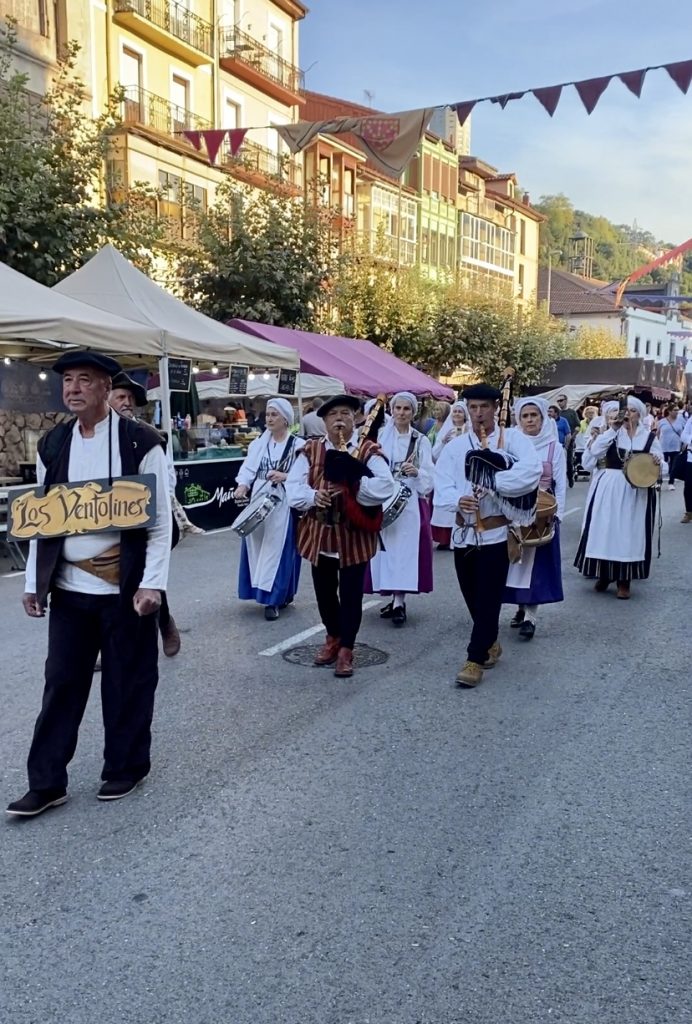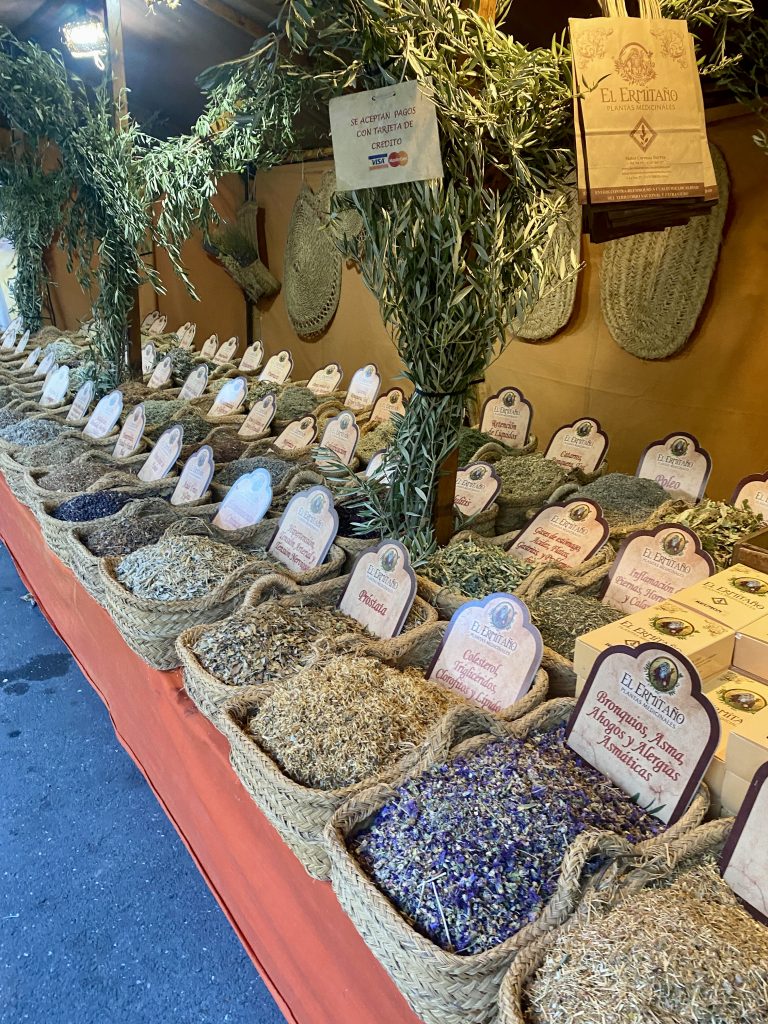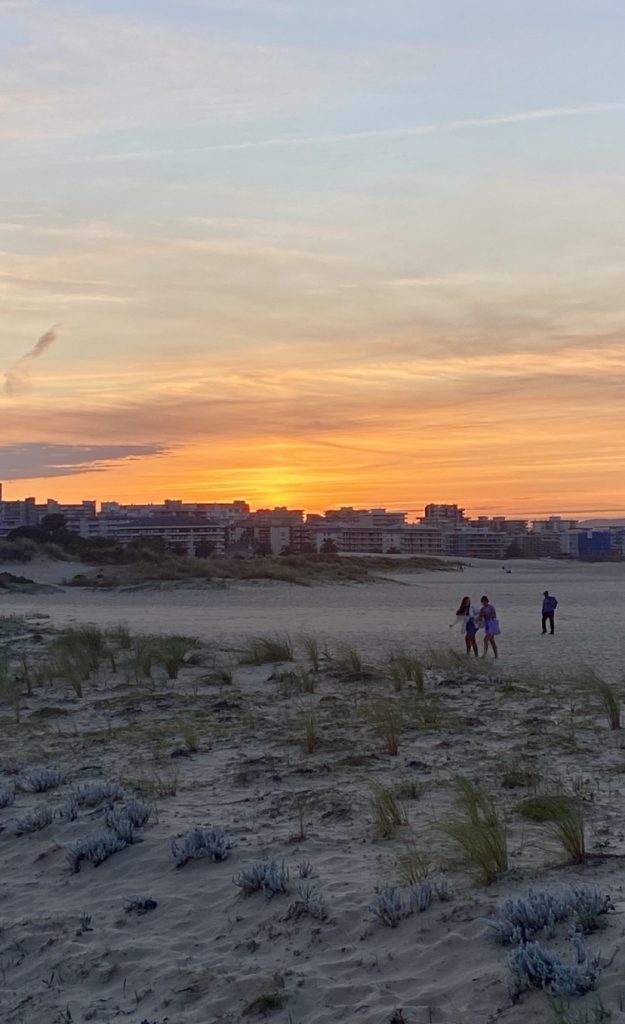It’s not often we return to a place we have previously visited. There has to be a good reason and, more often than not, the place has to have been special for us. I visited Avignon for a couple of days early in 2018 (during Tour 1) and hadn’t felt any particular desire to return but Vanya was keen to see the city for the first time. Moreover, some friends (Matt’s parents) had berthed their sailboat at nearby Port Napoleon on the Rhone Estuary (and we thought to drop in on them) and, also, we were keen to visit one of France’s most beautiful villages just south of Avignon in the Alpilles – Saint Remy de Provence. So, all things considered it seemed an appropriate place to use as a base for a couple of days.
We parked the Van on the Ile de la Barthelasse at Camping du Pont d’Avignon and on a bright sunny afternoon I took the free ferry service from near the entrance to the campsite across the River Rhone to the Papal Palaces for a little explore. You know, I really enjoyed this second visit to Avignon. Previously, I visited during a dank cold February and the town was very quiet with few bars and restaurants open and I missed out on one of this city’s most attractive features – its cafe culture. On that occasion I had taken time to visit the city’s principal tourist sites (walking for miles inside and around the beautifully preserved city walls; focusing on the Papal Palaces and the Rocher des Doms Gardens, the Cathedrale Notre Dame, Les Halles Market, the Rue des Teinturiers and of course the Pont Saint-Benezet) and I wrote about those in the 2018 Avignon blog but I didn’t take time to properly enjoy the city. I wasn’t going to make that mistake again and one of the best moments in Avignon this trip was simply sitting outside a cafe on the Place de l’Horloge over a couple of beers listening to a wonderful violinist entertain the square with an eclectic choice of music which included a pleasing instrumental version of Leonard Cohen’s 1984 ‘Hallelujah’. Brilliant!
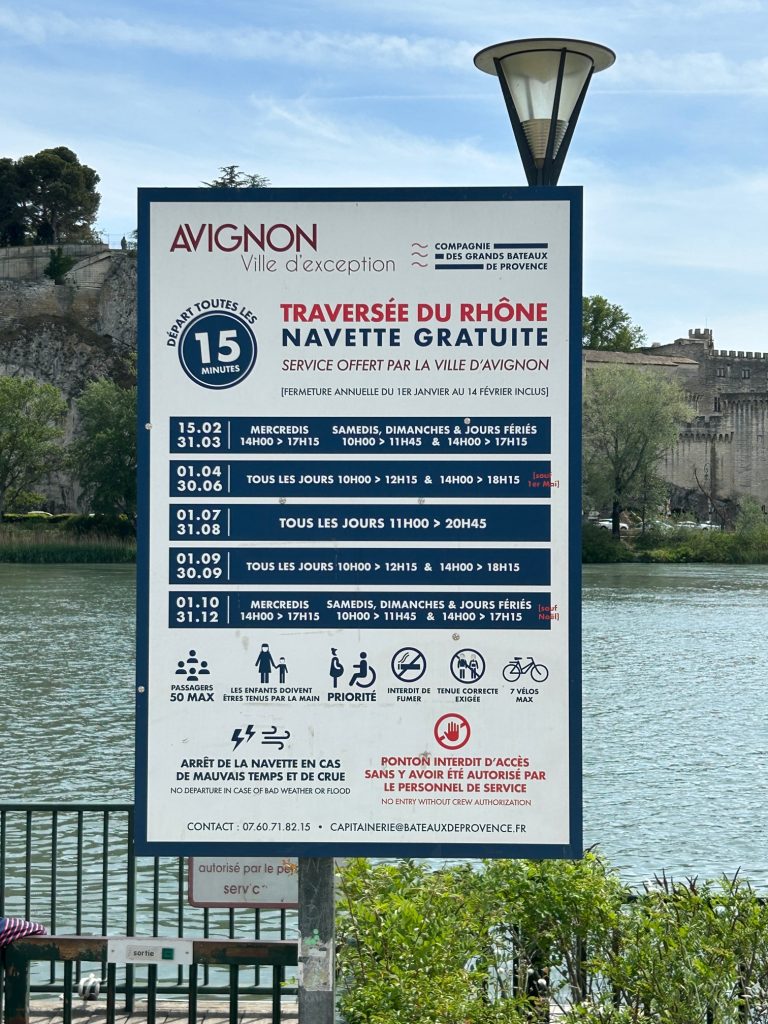
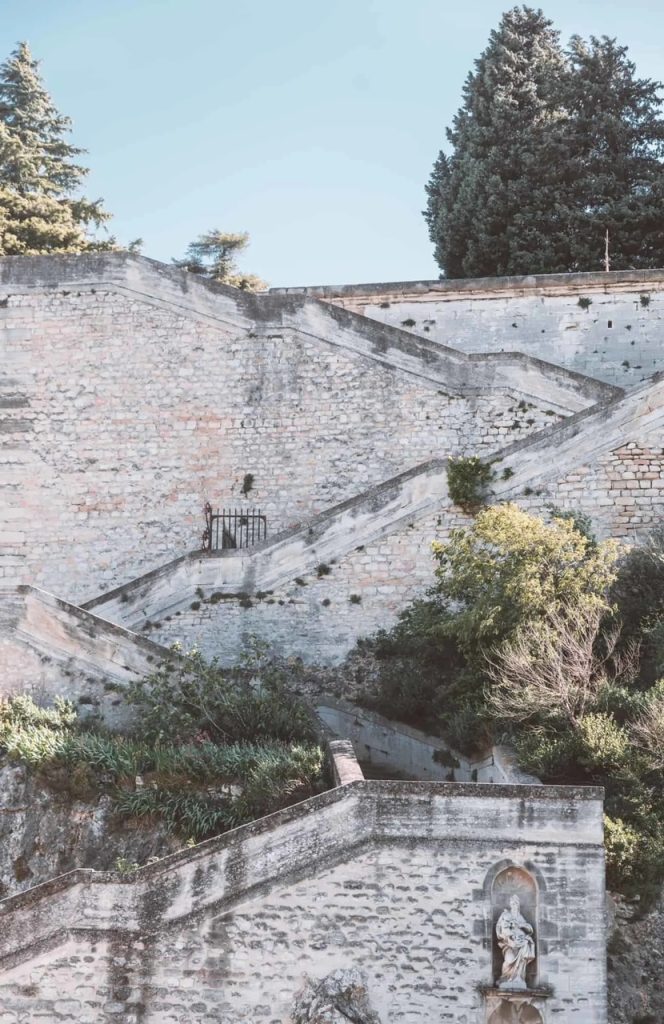
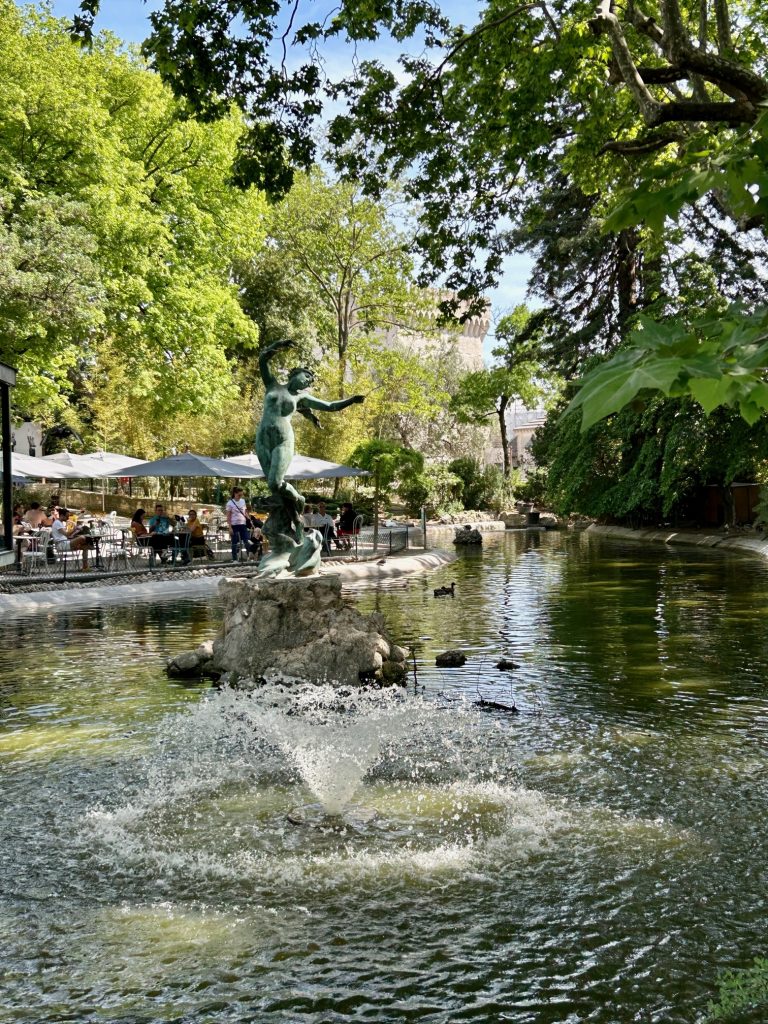
Left: Catching the ferry across the Rhone. Centre: Les Escaliers from Le Boulevard de la Ligne. Right: Inside the Rocher des Doms Gardens
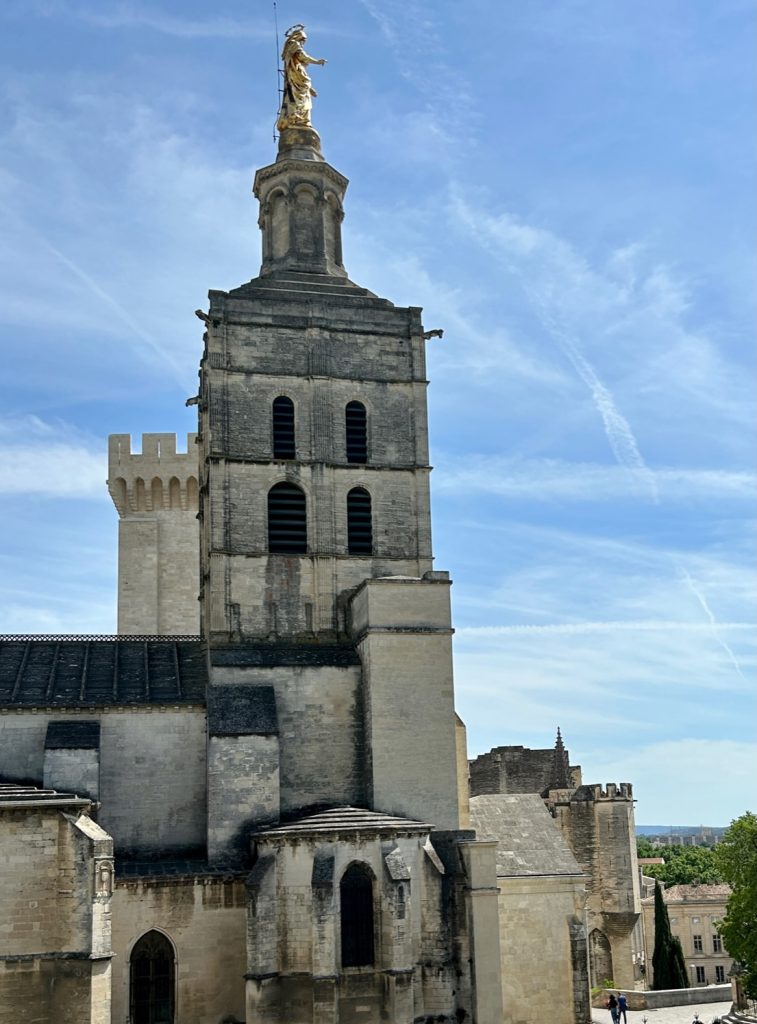

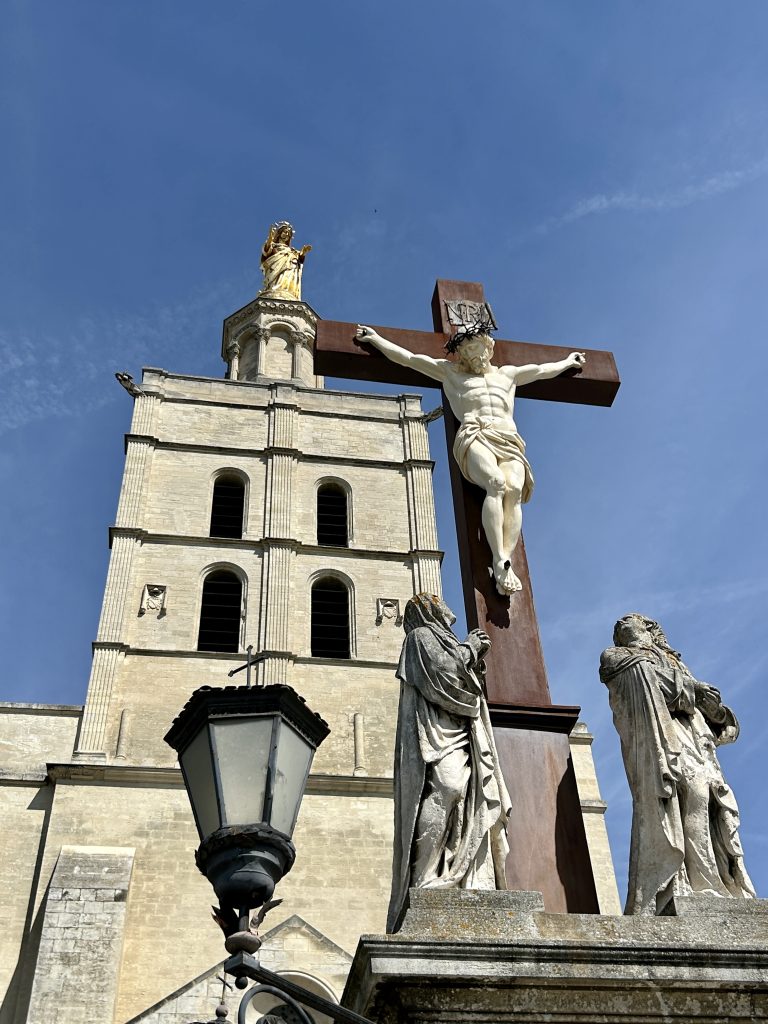
Some almost obligatory photos taken within the Papal Palace area.
In the early evening I collected Vanya and together with the dogs took the ferry over the Rhone for dinner in the city. The fact is, French restaurants are very accommodating so far as dogs are concerned. I don’t think we have ever been refused entry into a restaurant in France because of them. The choice of restaurants around the Place de l’Horloge isn’t particularly good (touristy places all offering much the same menu) and the food itself proved even more disappointing but we were introduced to a very pleasant local white wine – a Chardonnay from Domaine de Valdition which goes by the name of Alpilles (named after the area down near Saint Remy de Provence where it is produced). We made a note to try more of the Alpilles wines over the next days.
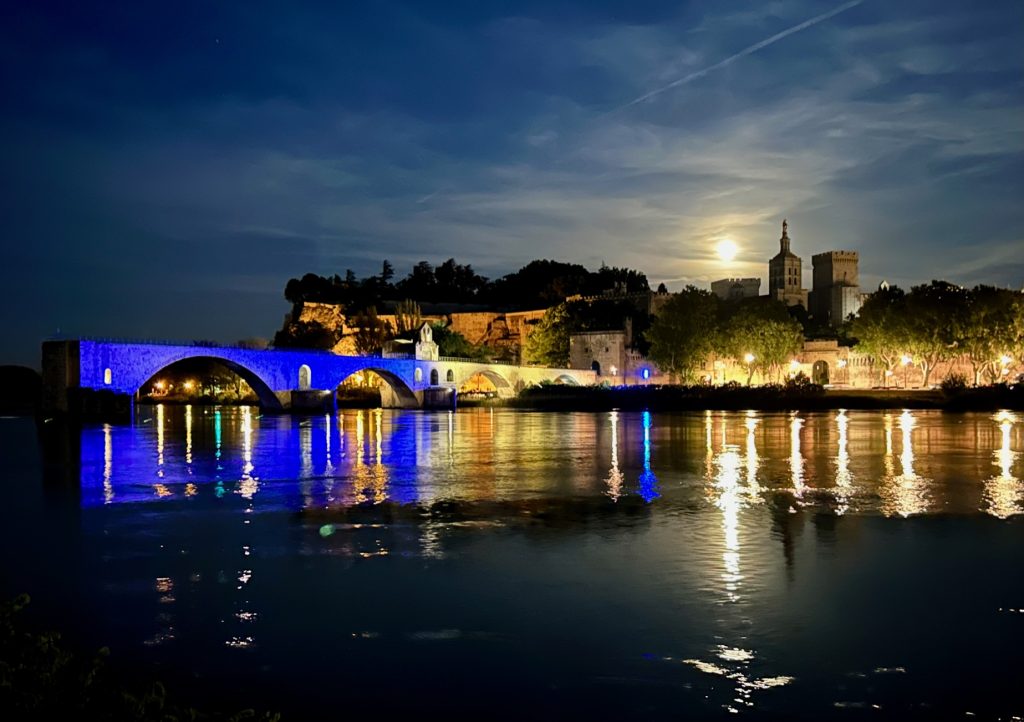
I took this photo as Vanya and I walked back to the Van after dinner. It’s a shame the Pont Saint-Benezet was lit up so brightly with that ghastly fluorescent blue light. It would have made a great photo.
The next day was about getting up early and experiencing a small street market in the old town. The ferry wasn’t operating this early in the day and so I walked into the city via the Pont Edouard Daladier and sat outside a small cafe nursing a coffee and croissant for almost an hour while the Avignon equivalent of the Albert Square Market in Eastenders went on about me. You don’t have to be fluent in French to understand much of the banter being used. It is probably the same in farmer’s markets all over the world. After my light and lazy breakfast, I walked more of old Avignon’s streets and lanes while the city gradually came to life. It really was pleasant just soaking in the mood of Avignon and not worrying about chasing photo opportunities of monuments.
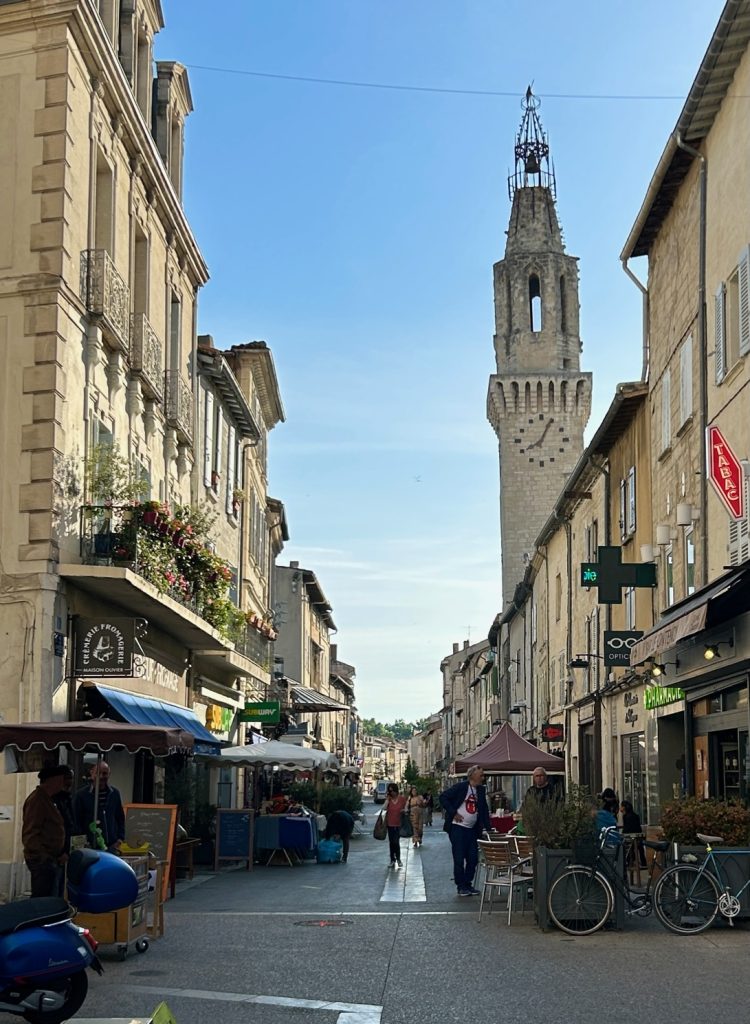
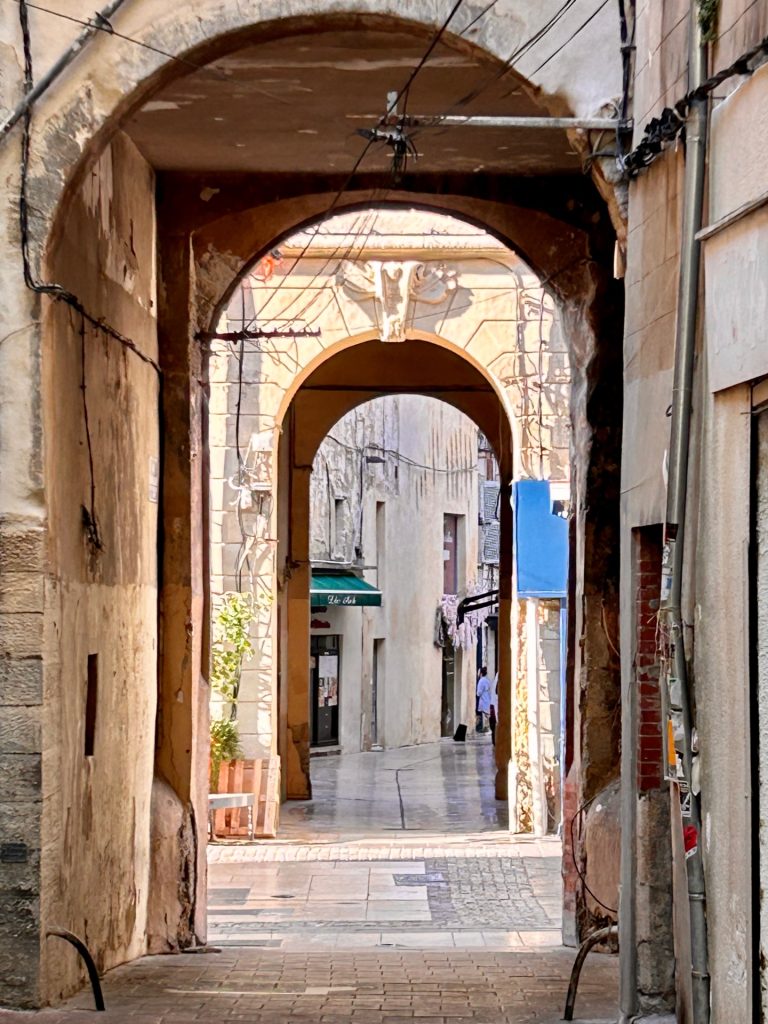
It wasn’t a big market although it stretched across two or three streets but I very much enjoyed the people watching and then exploring some of the quieter streets.
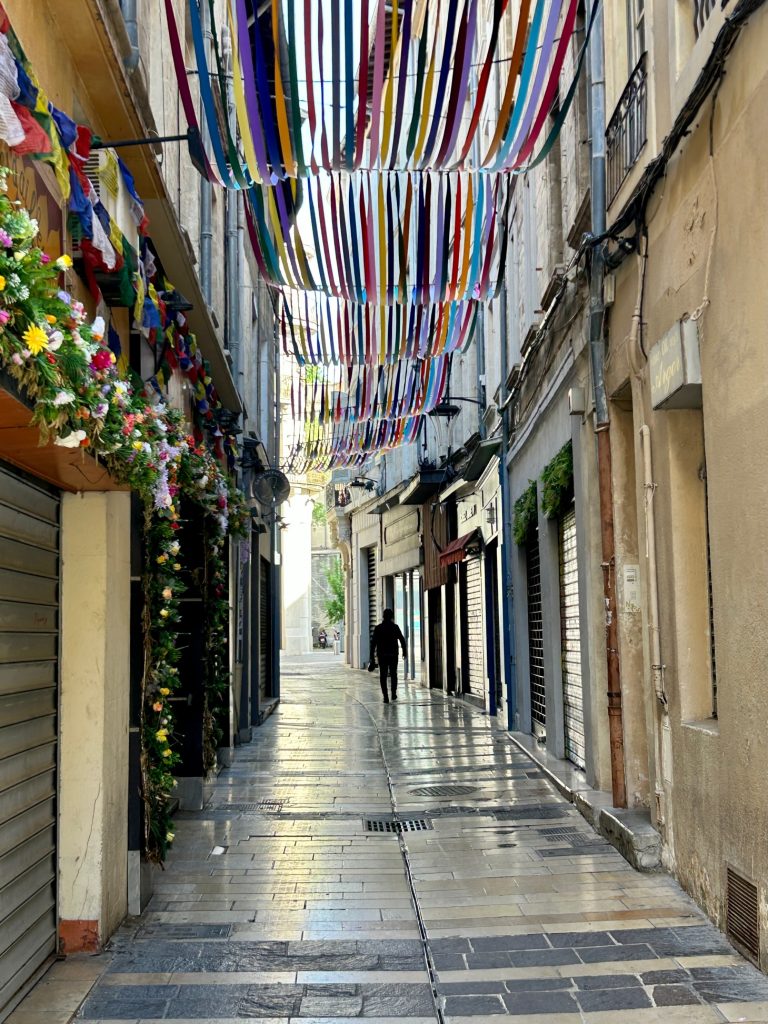
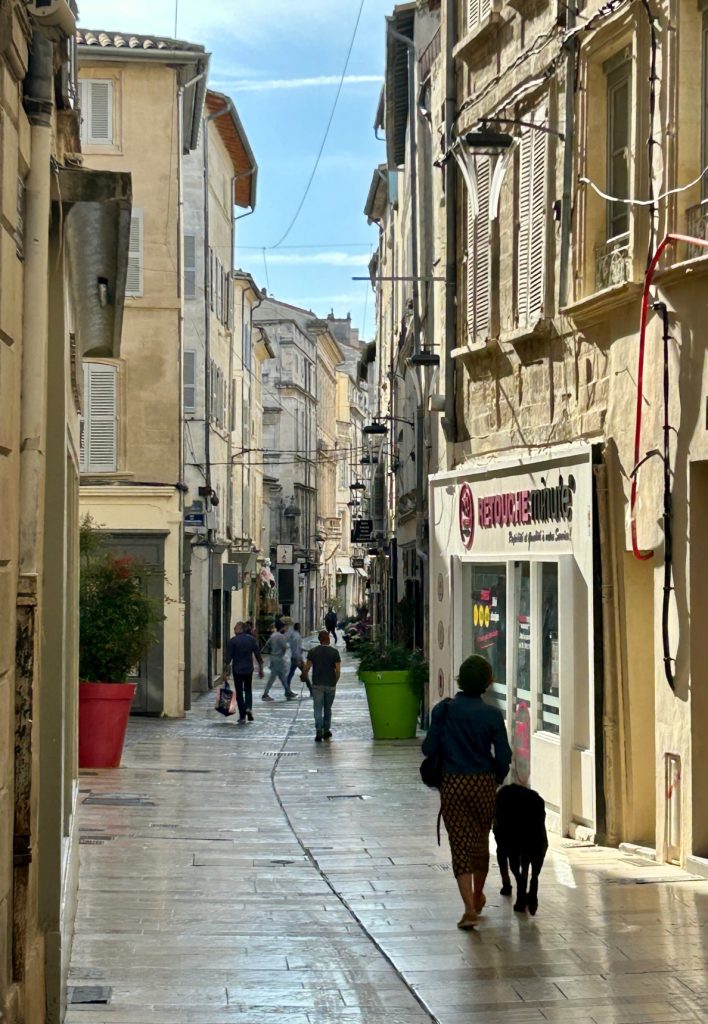
And Vanya? Well, Vanya considers Avignon a pretty place and she certainly enjoyed the Alpilles wine but she isn’t really into large towns (especially when they are so full of tourists) and she thought it rather commercial. Also, she didn’t cope that well with the walks up and down the Escalier. In fact she stayed at the campsite for much of our second day in Avignon – something about a coronation had attracted her attention.
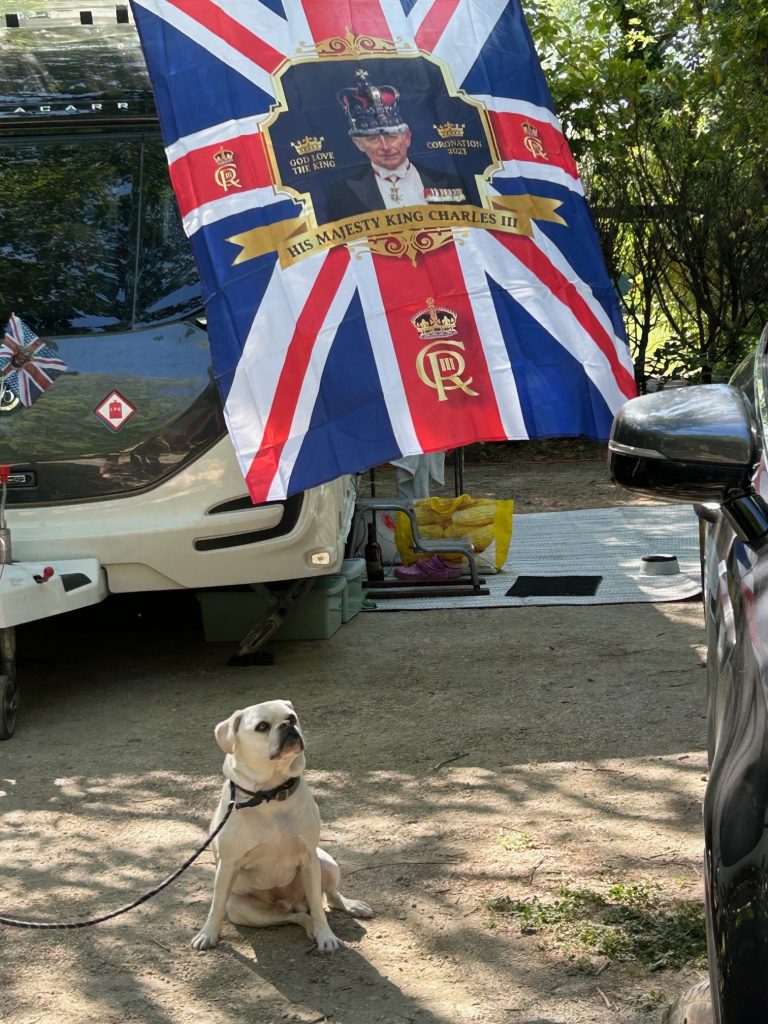
No. That is not our Van bedecked with the coronation bunting of Charles III a. There were a couple of other English people in the campsite and this belonged to them.
The next couple of days at Port Napoleon and Saint Remy de Provence should suit her better.

